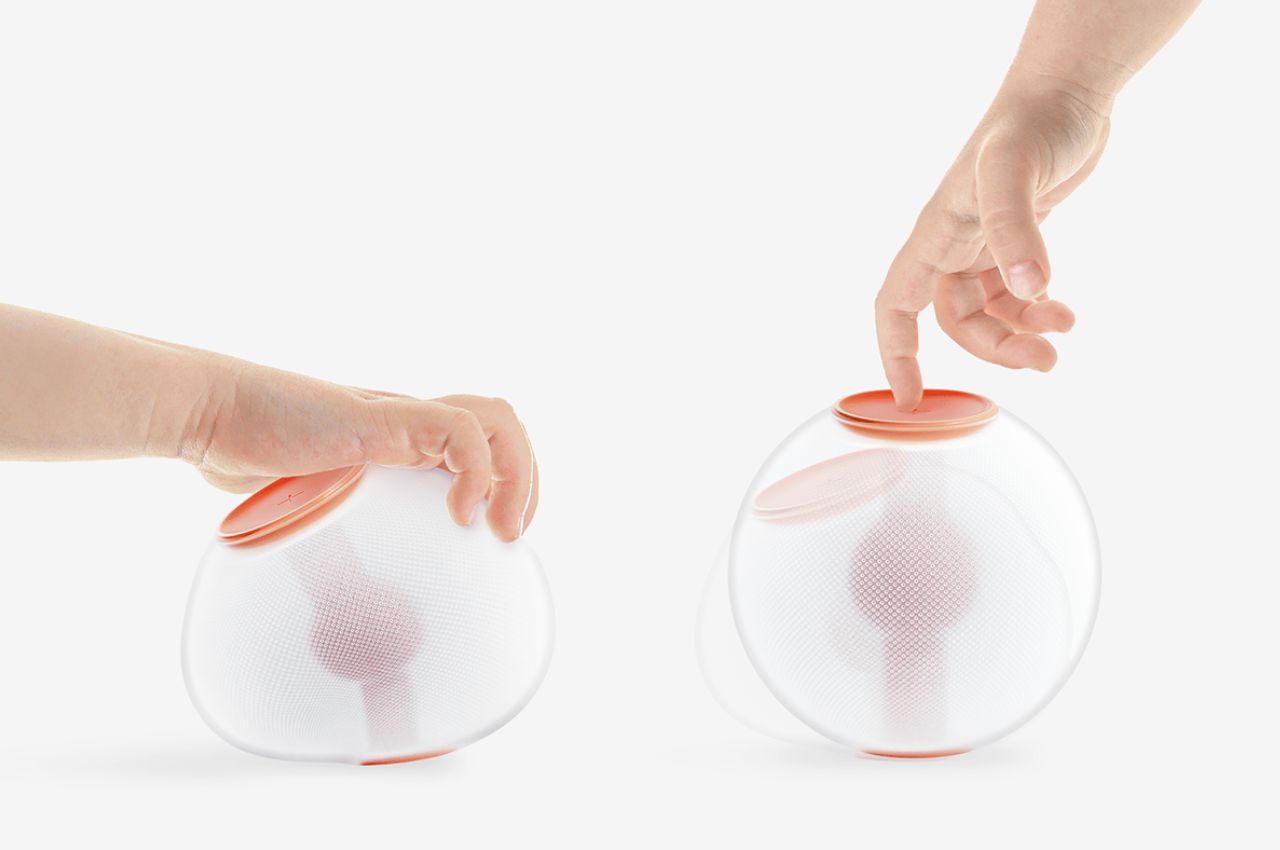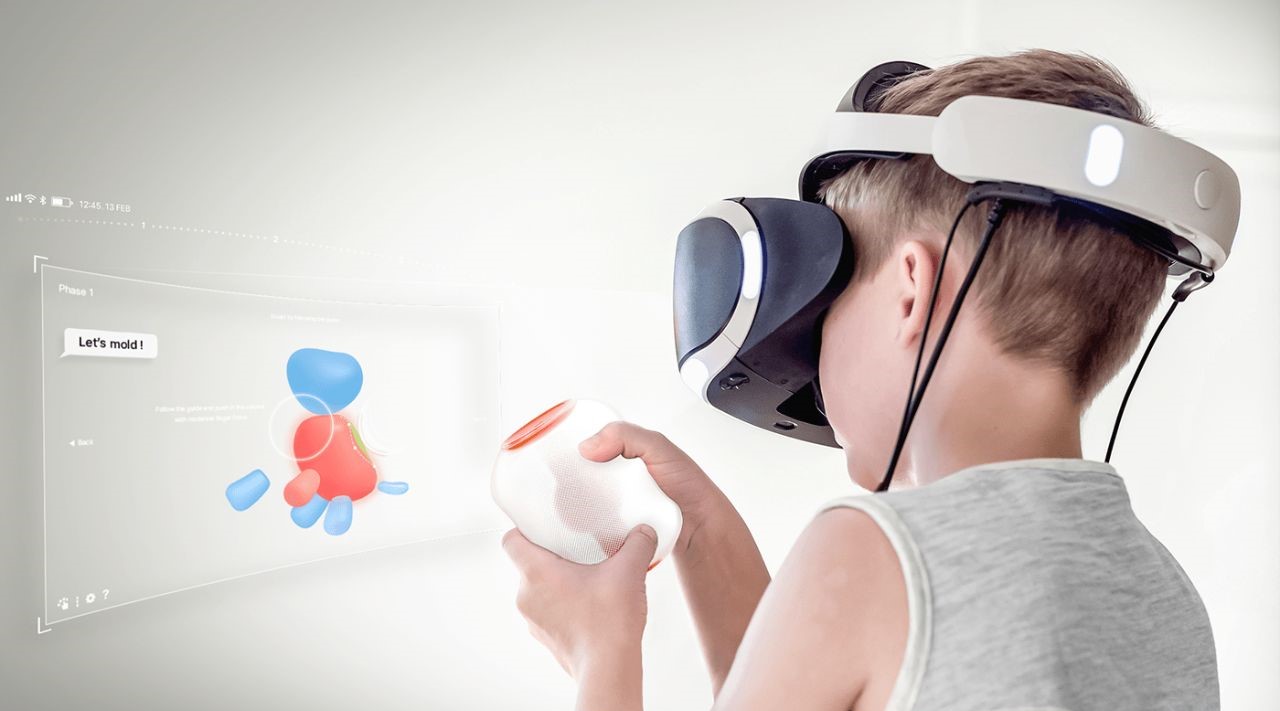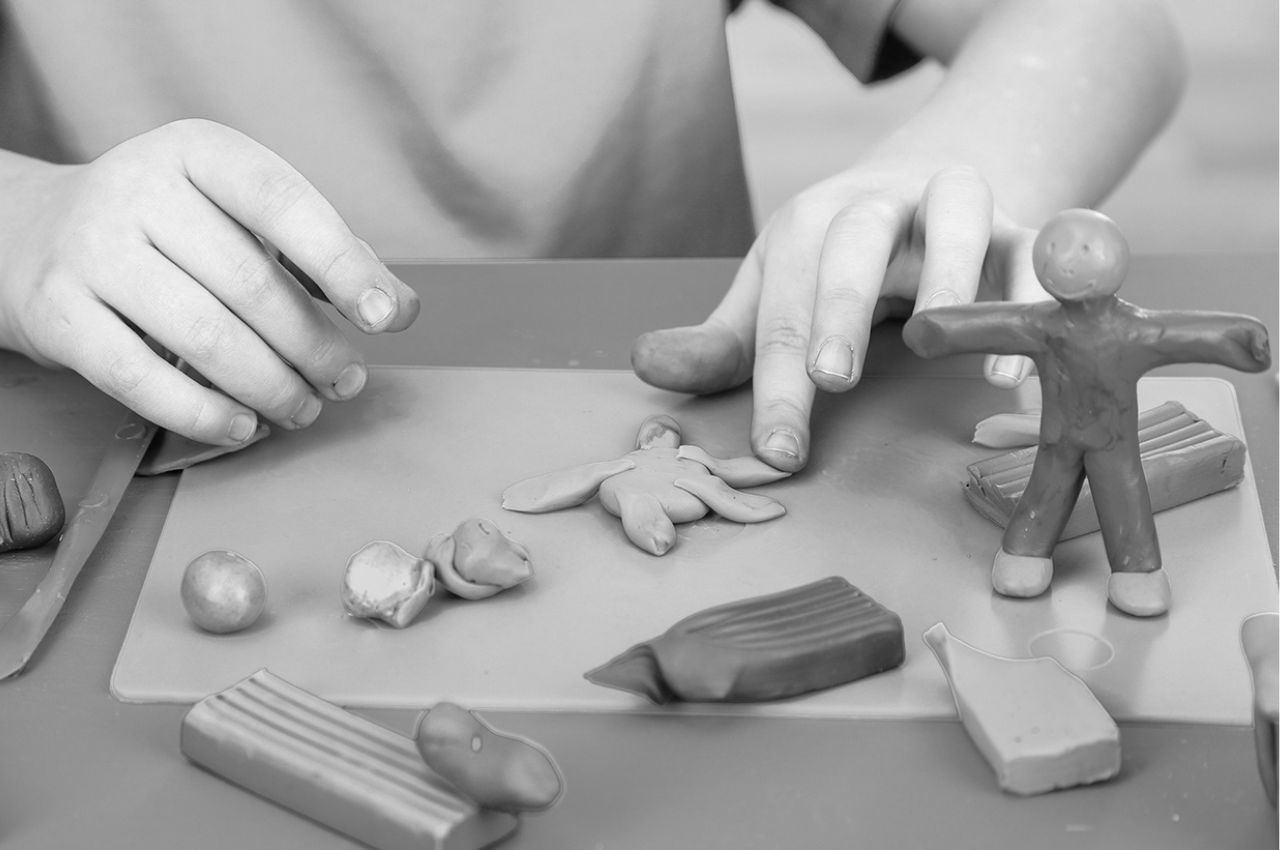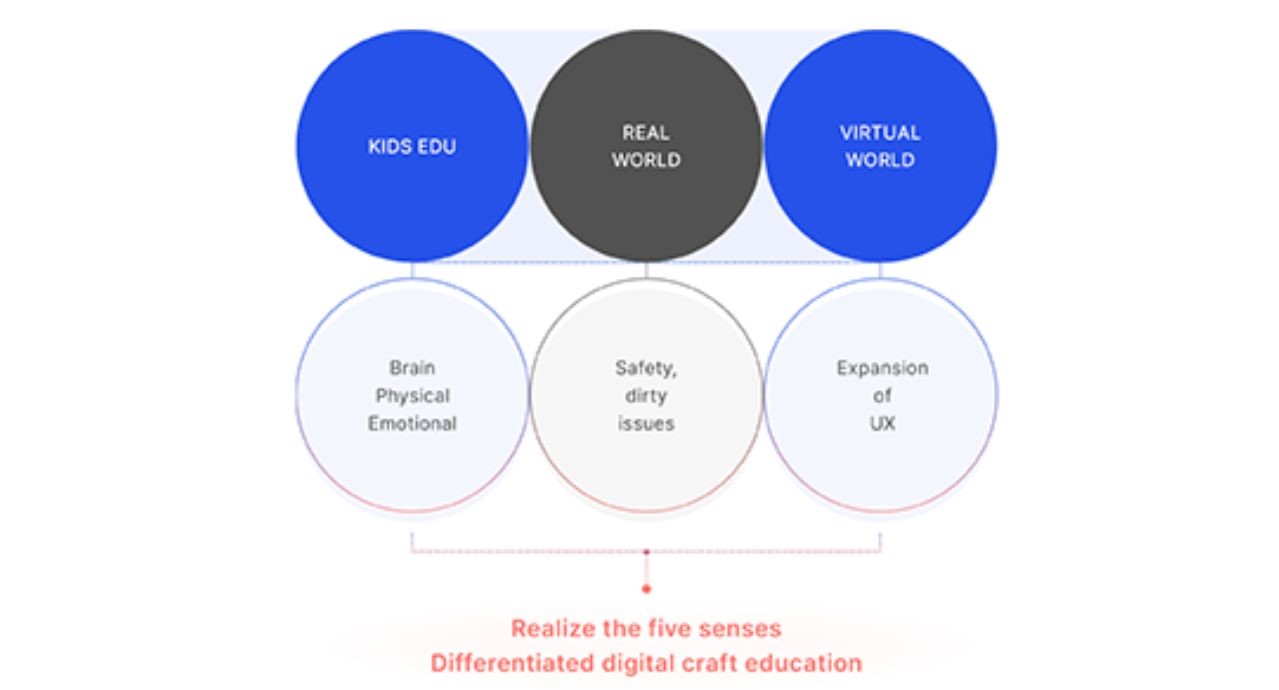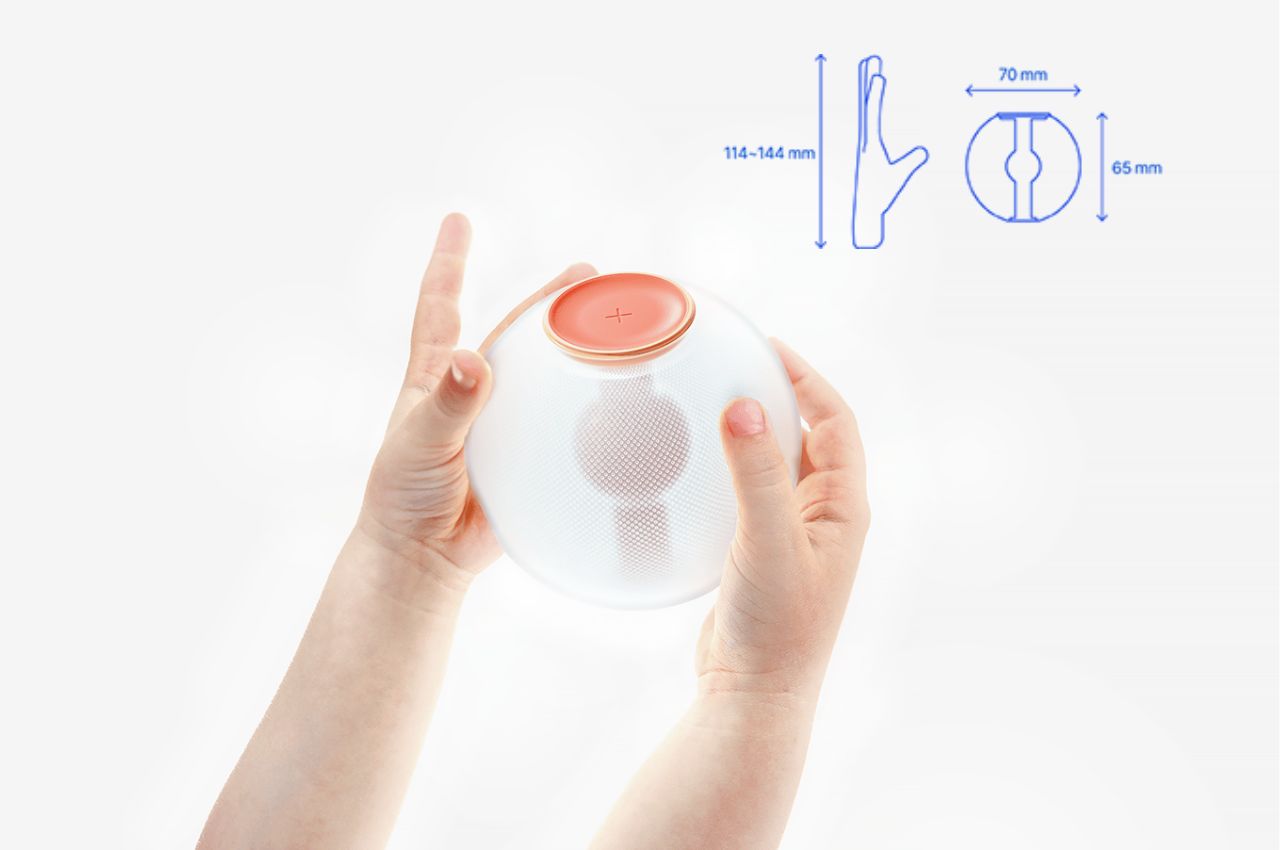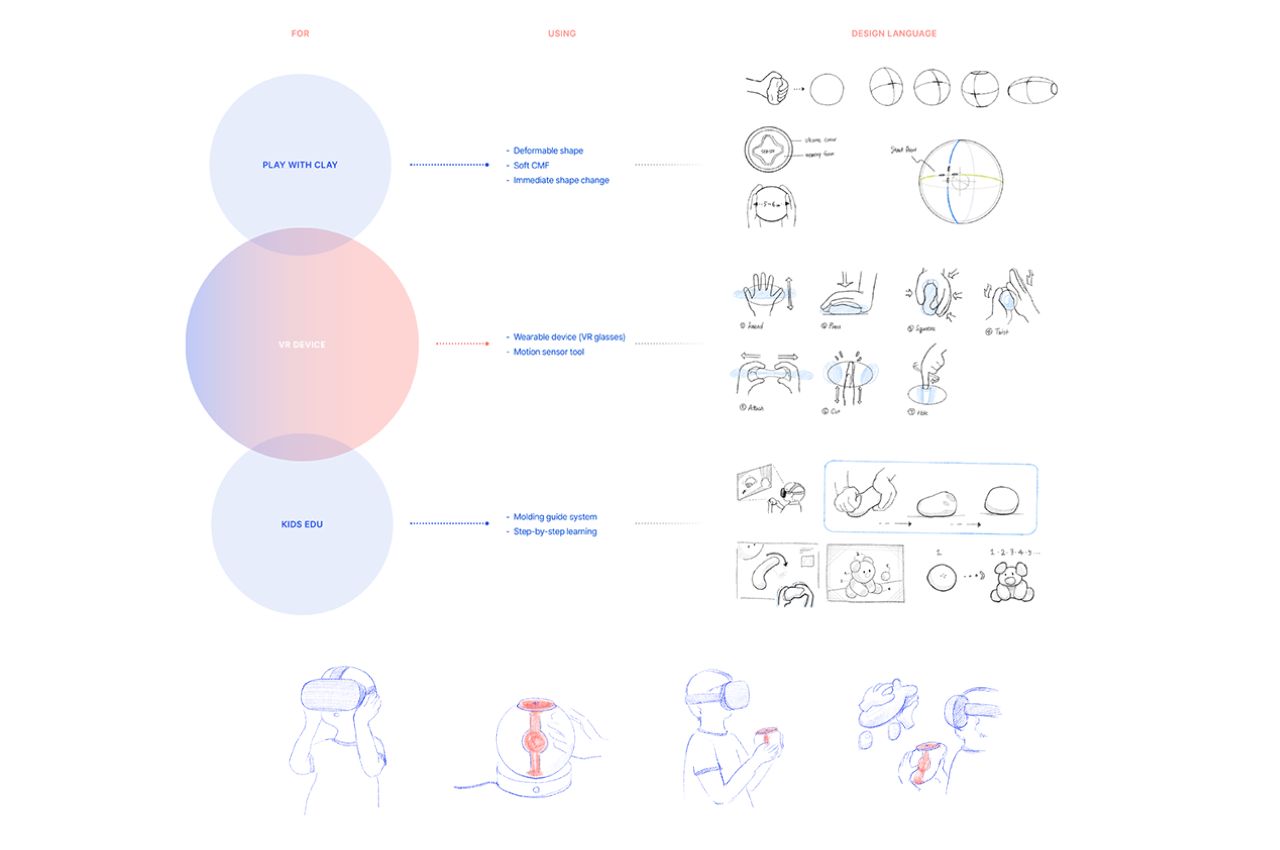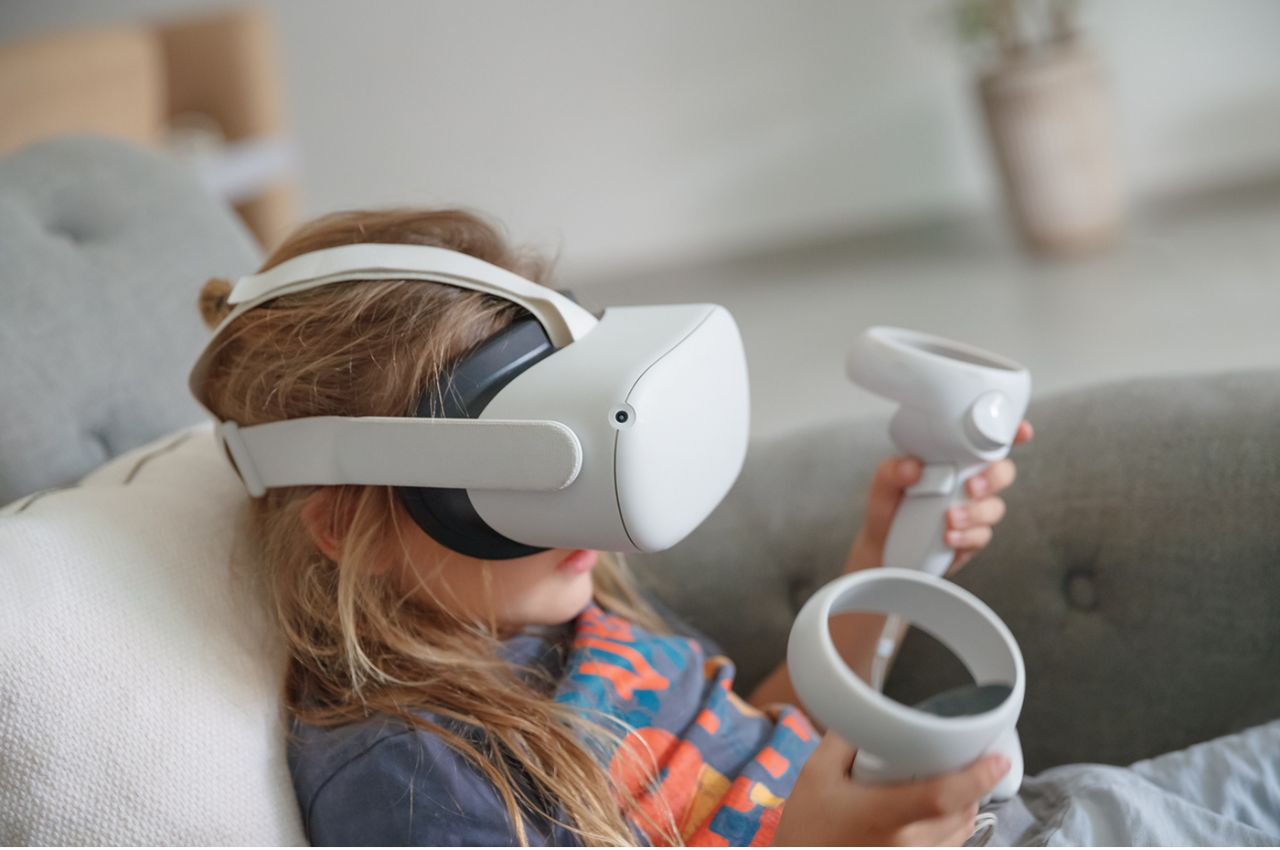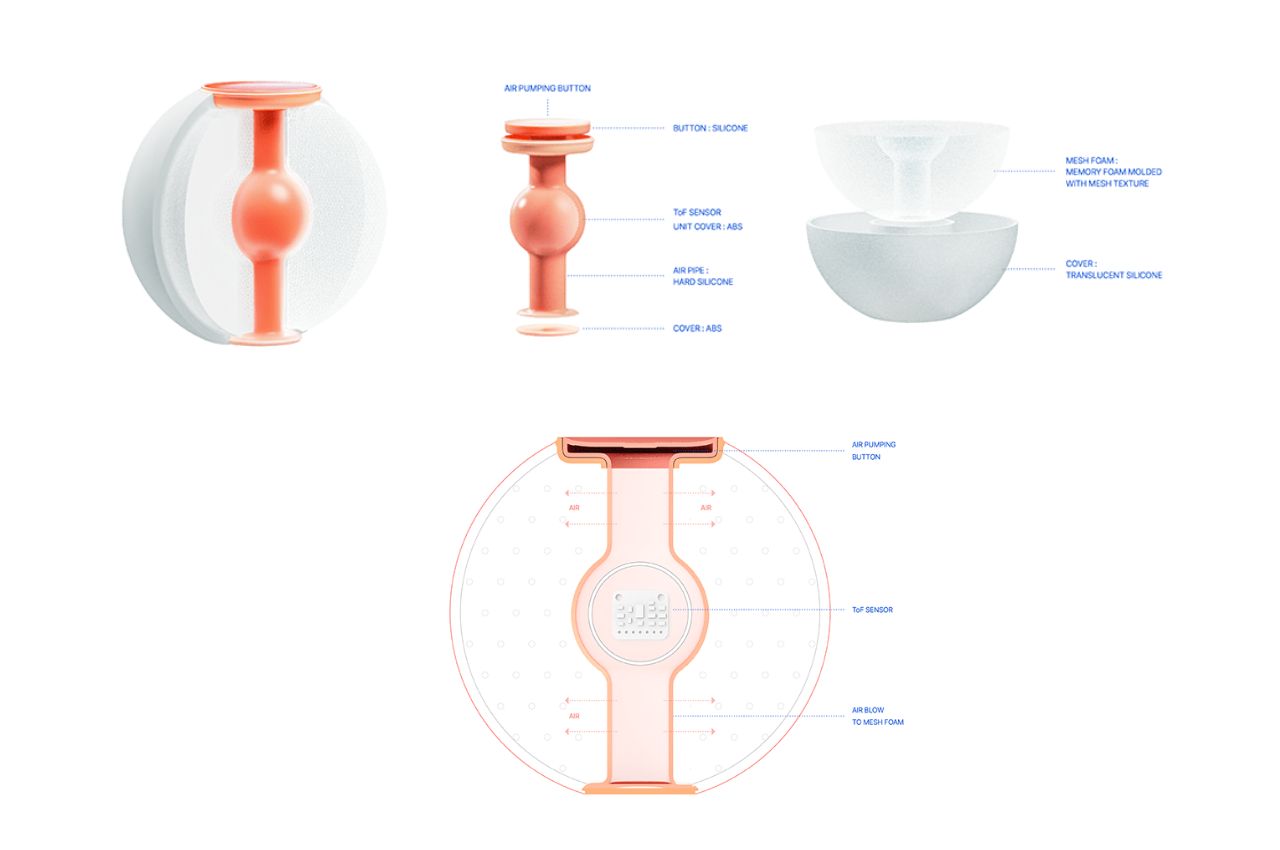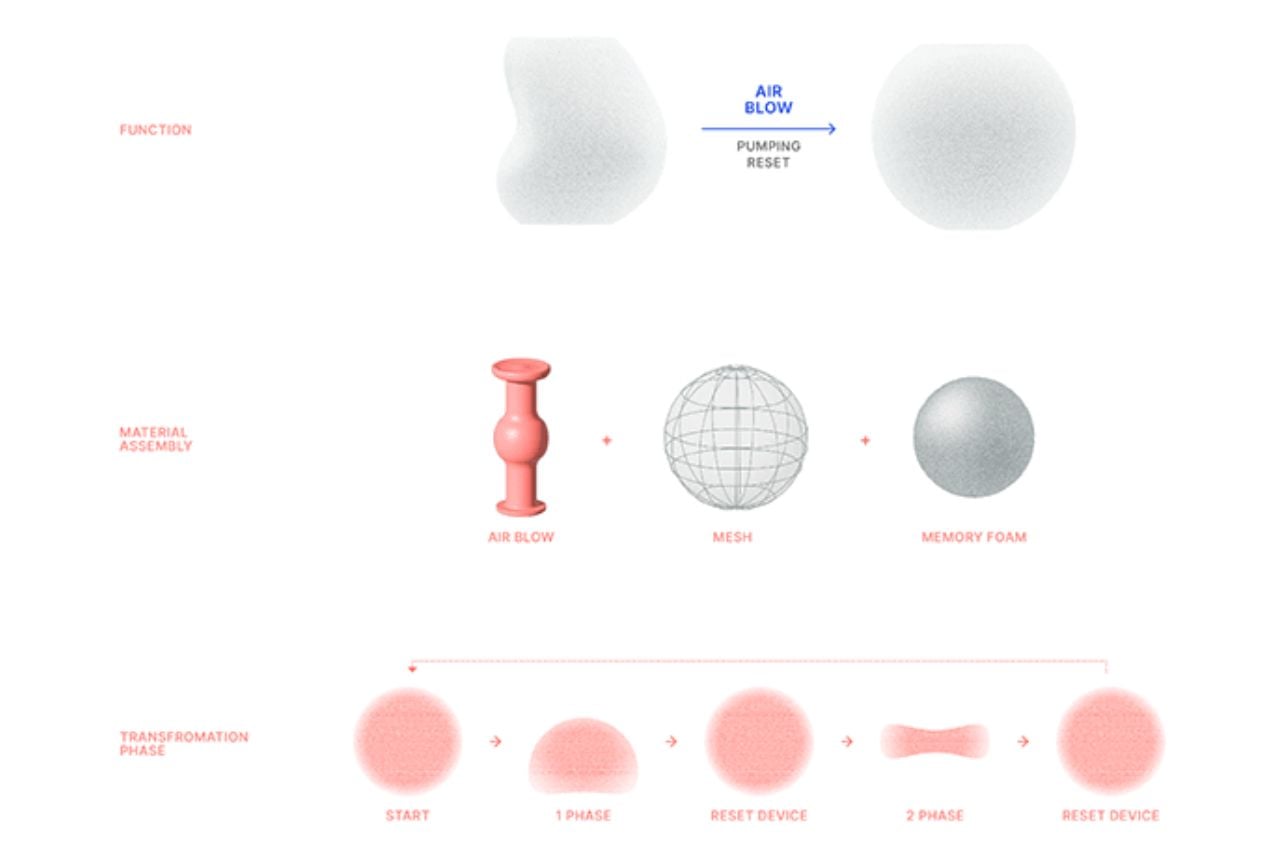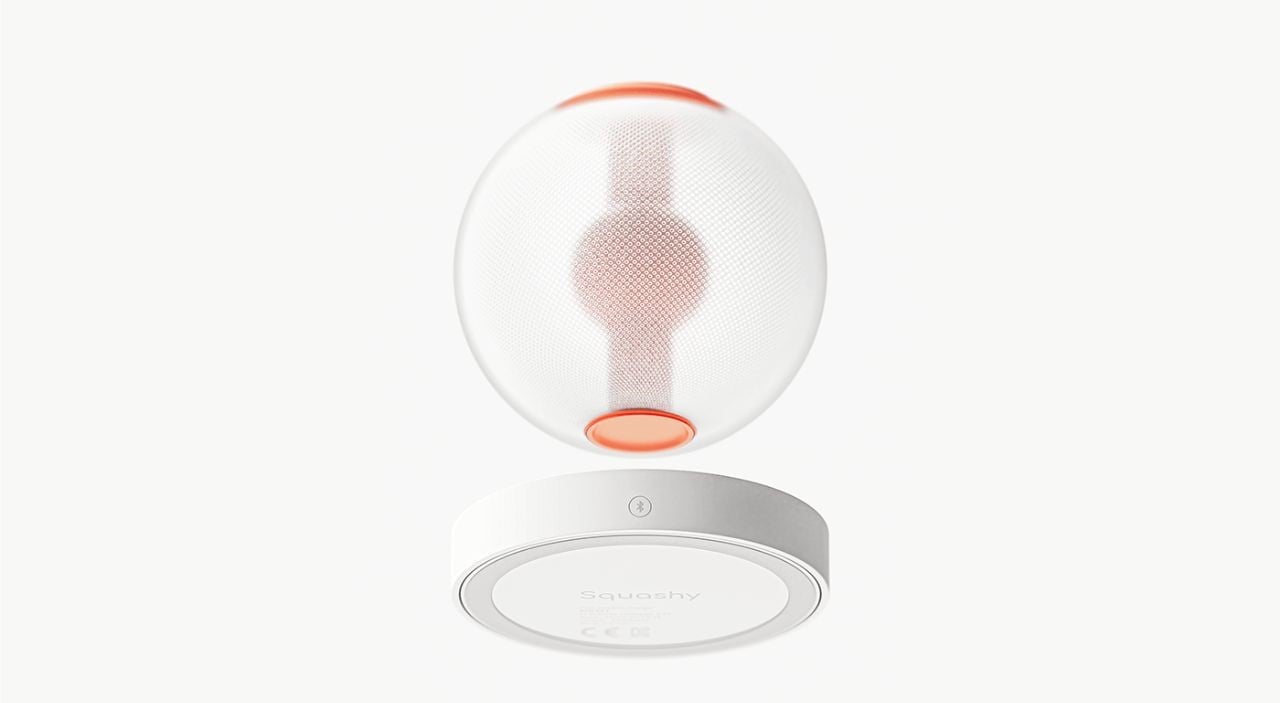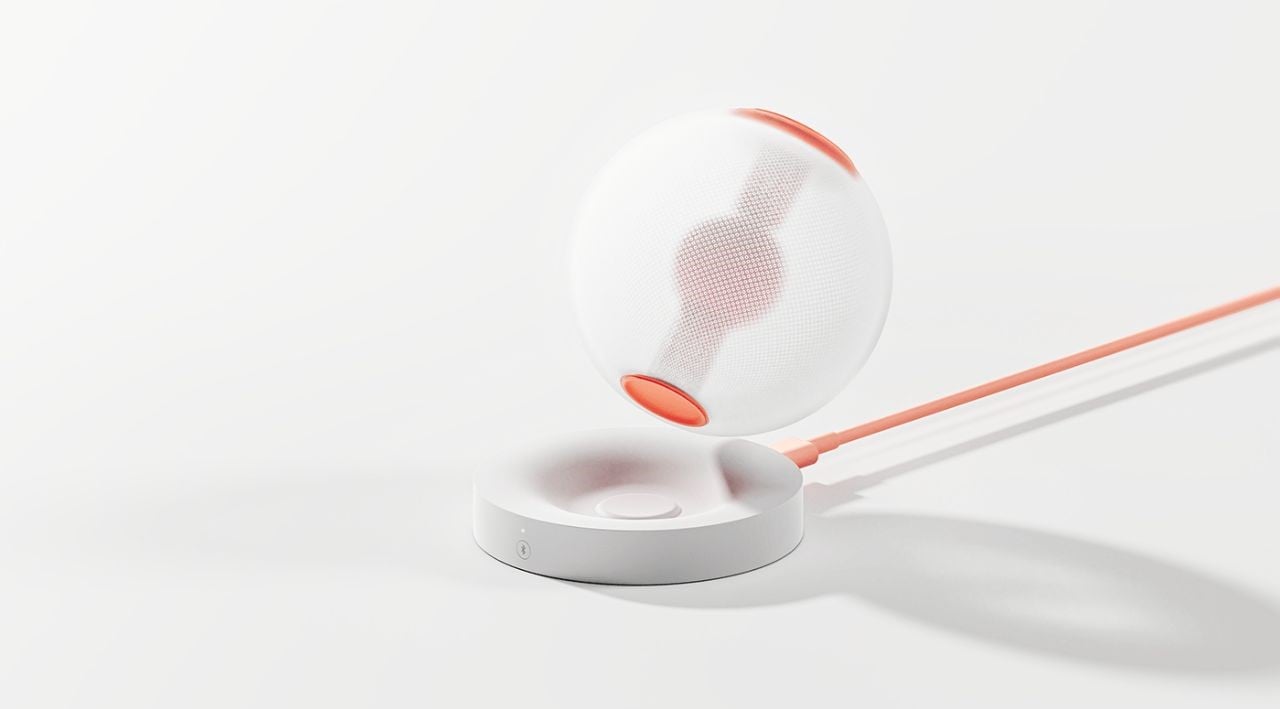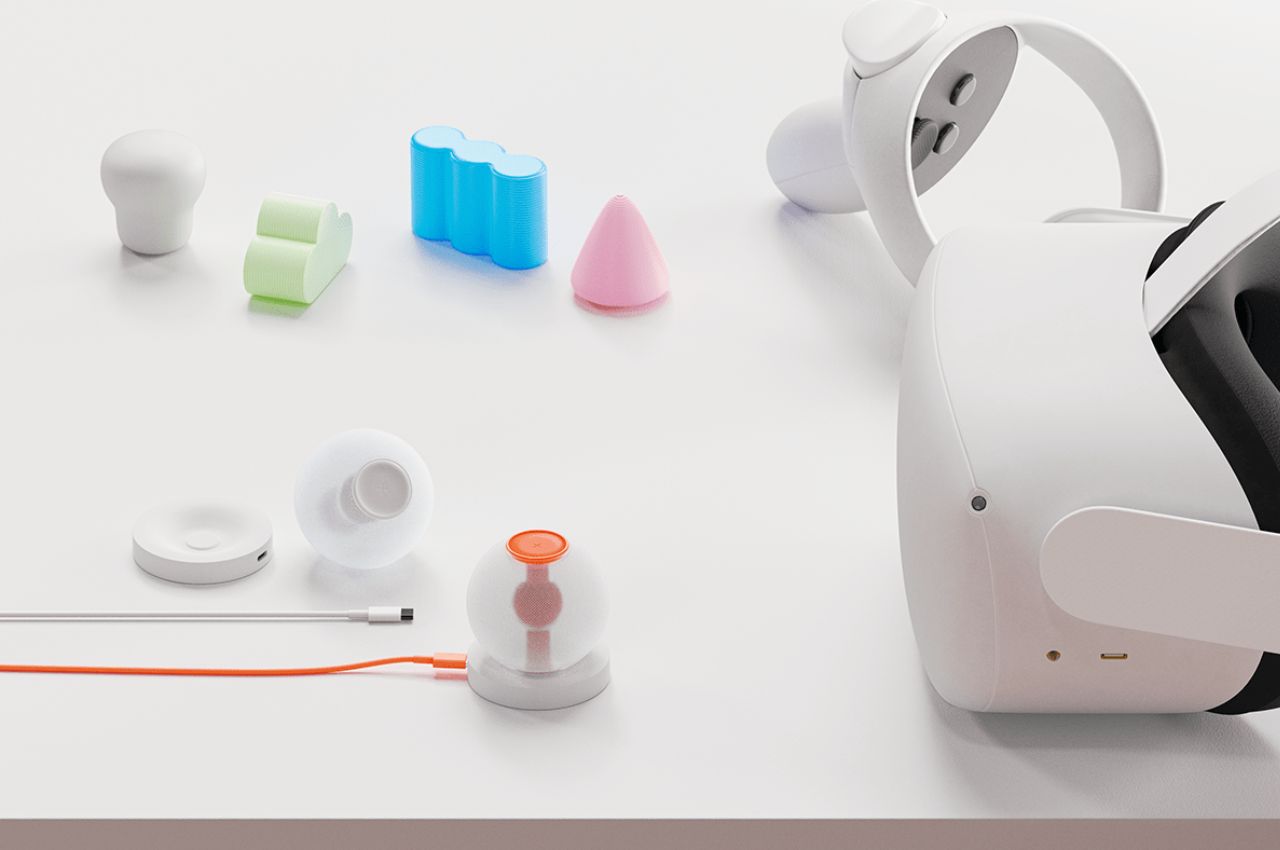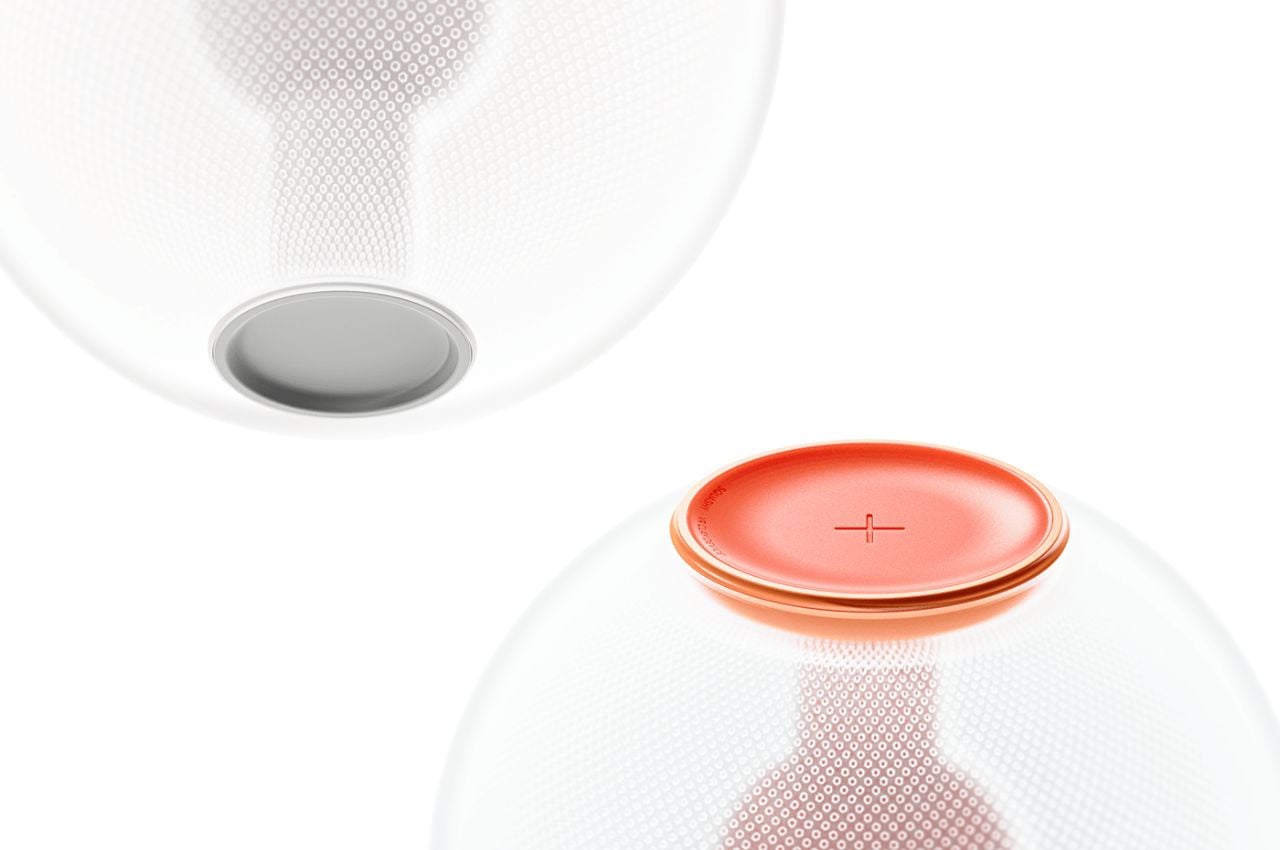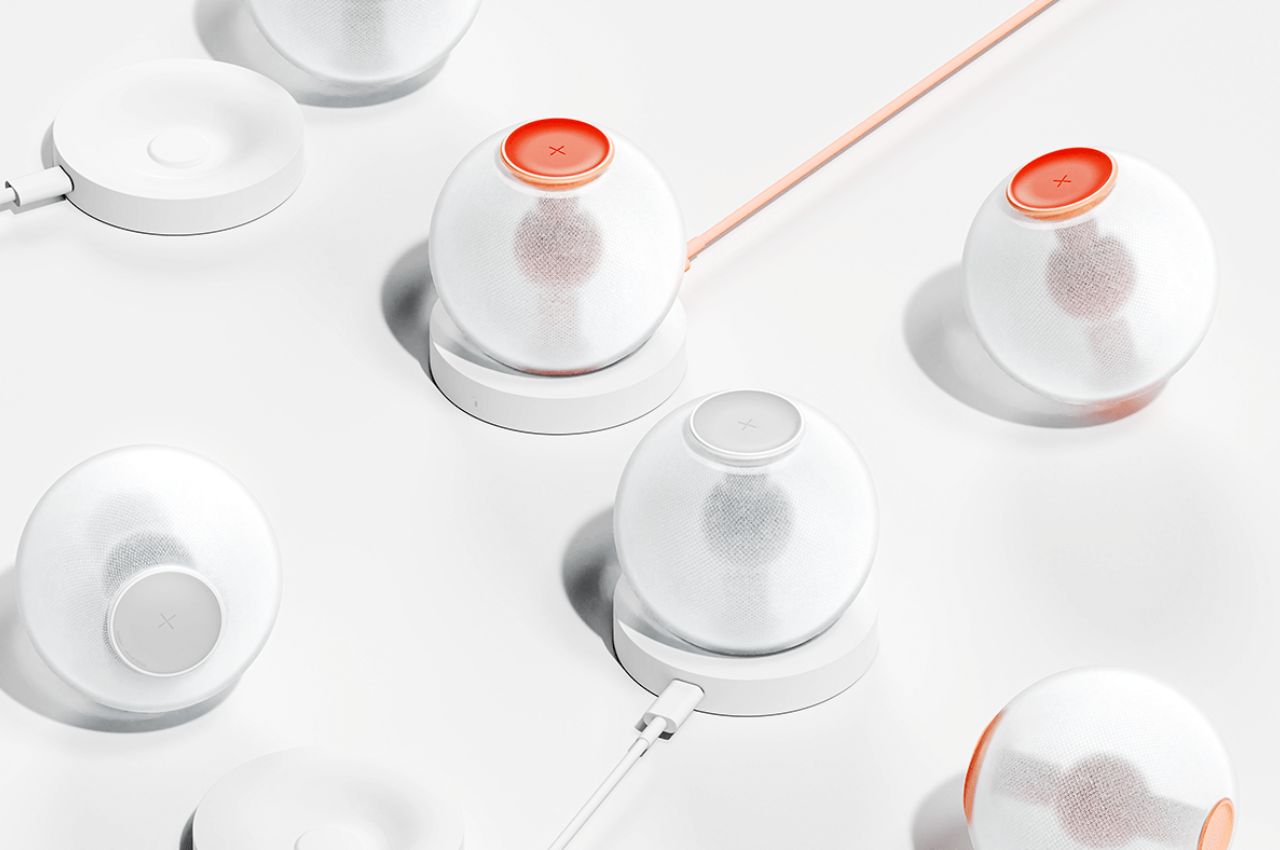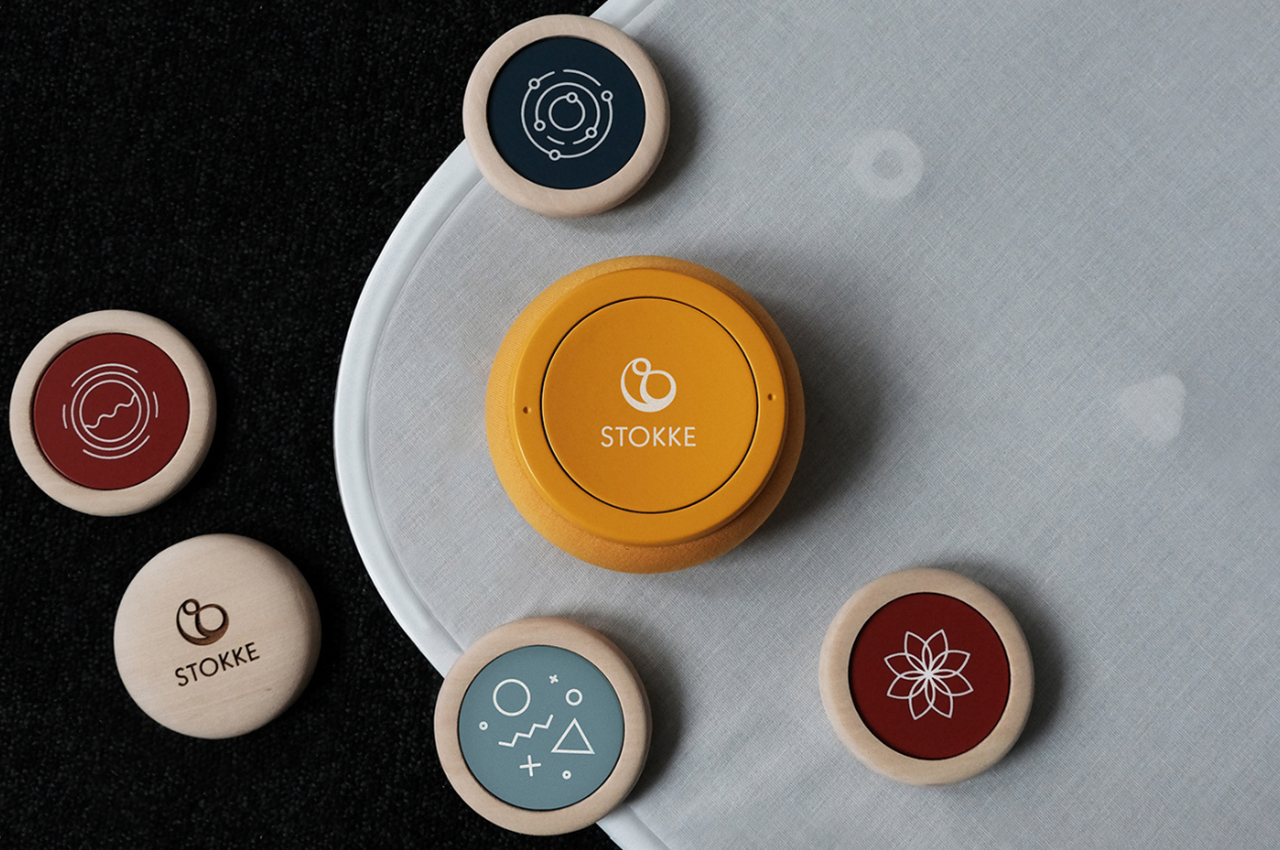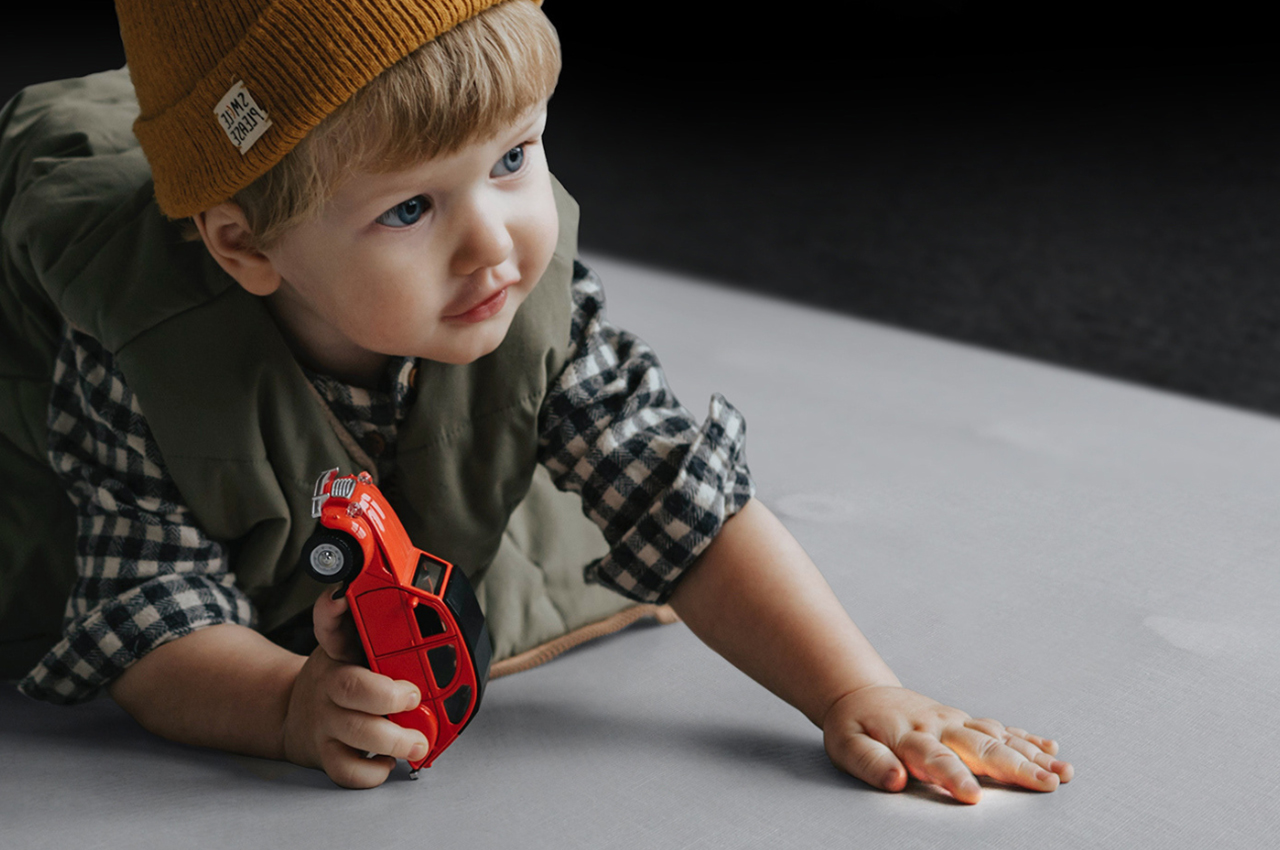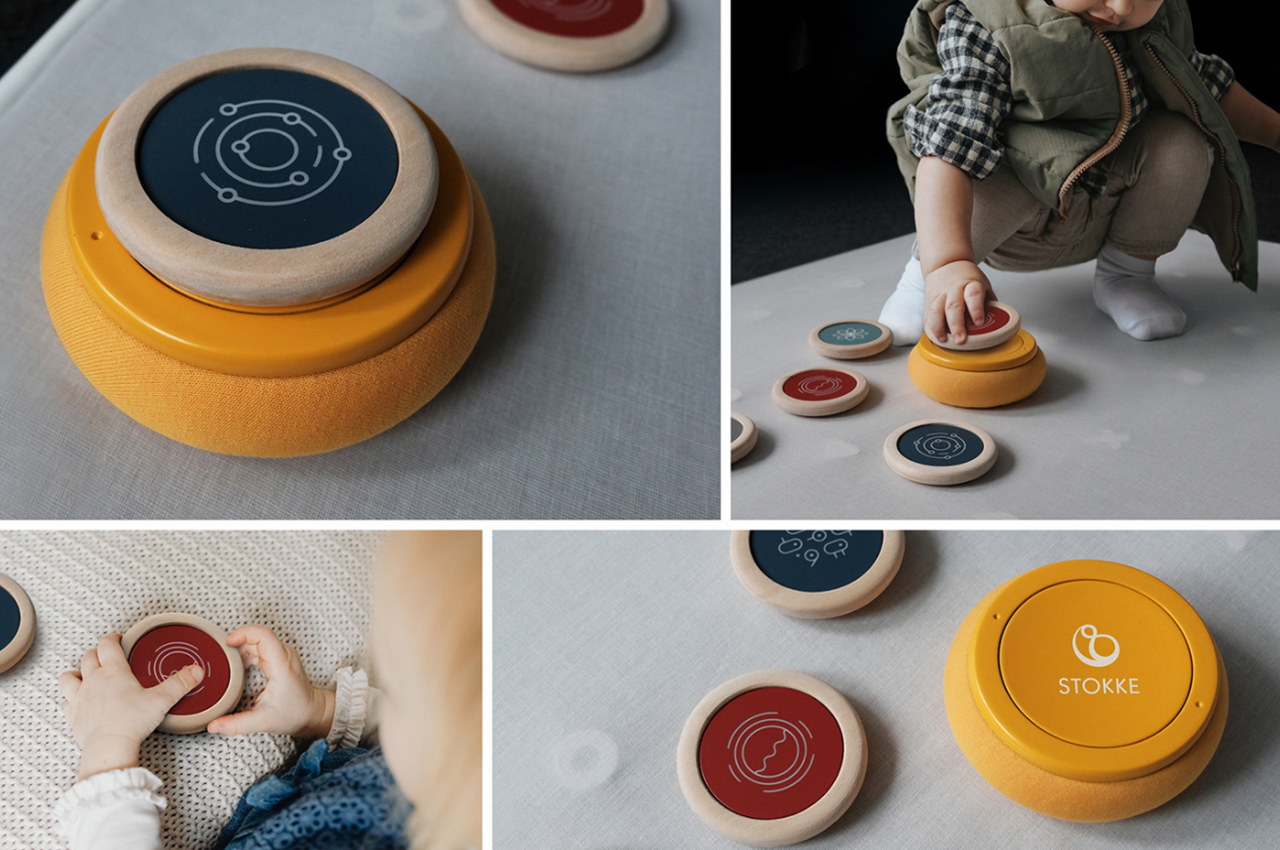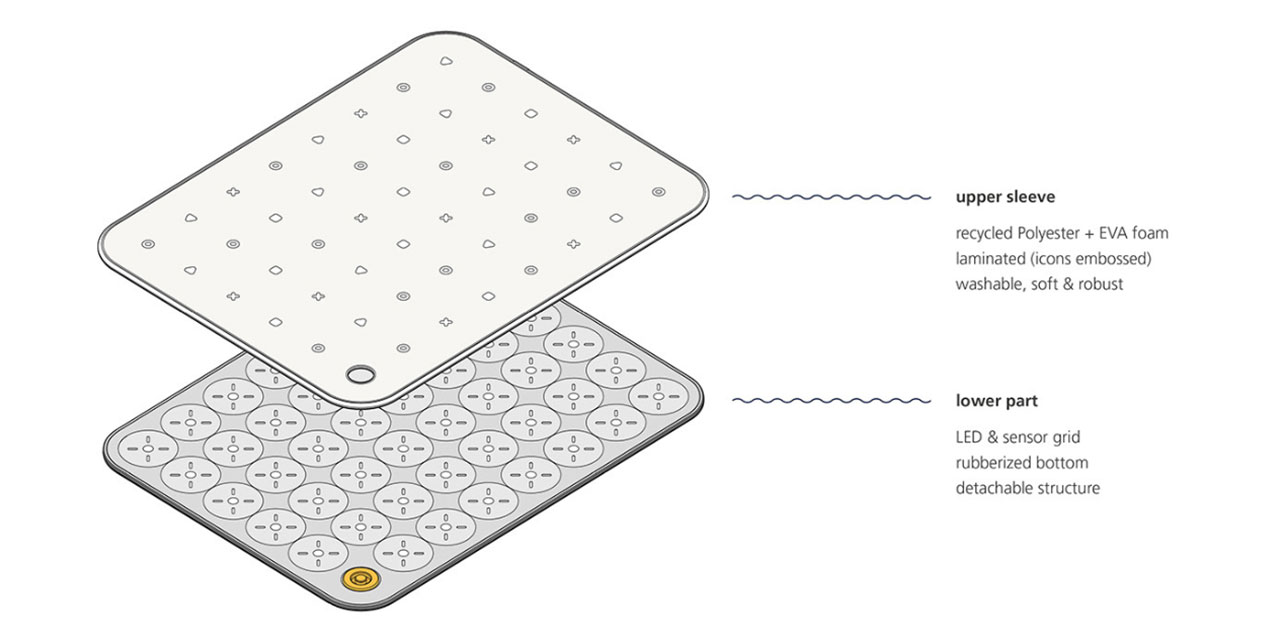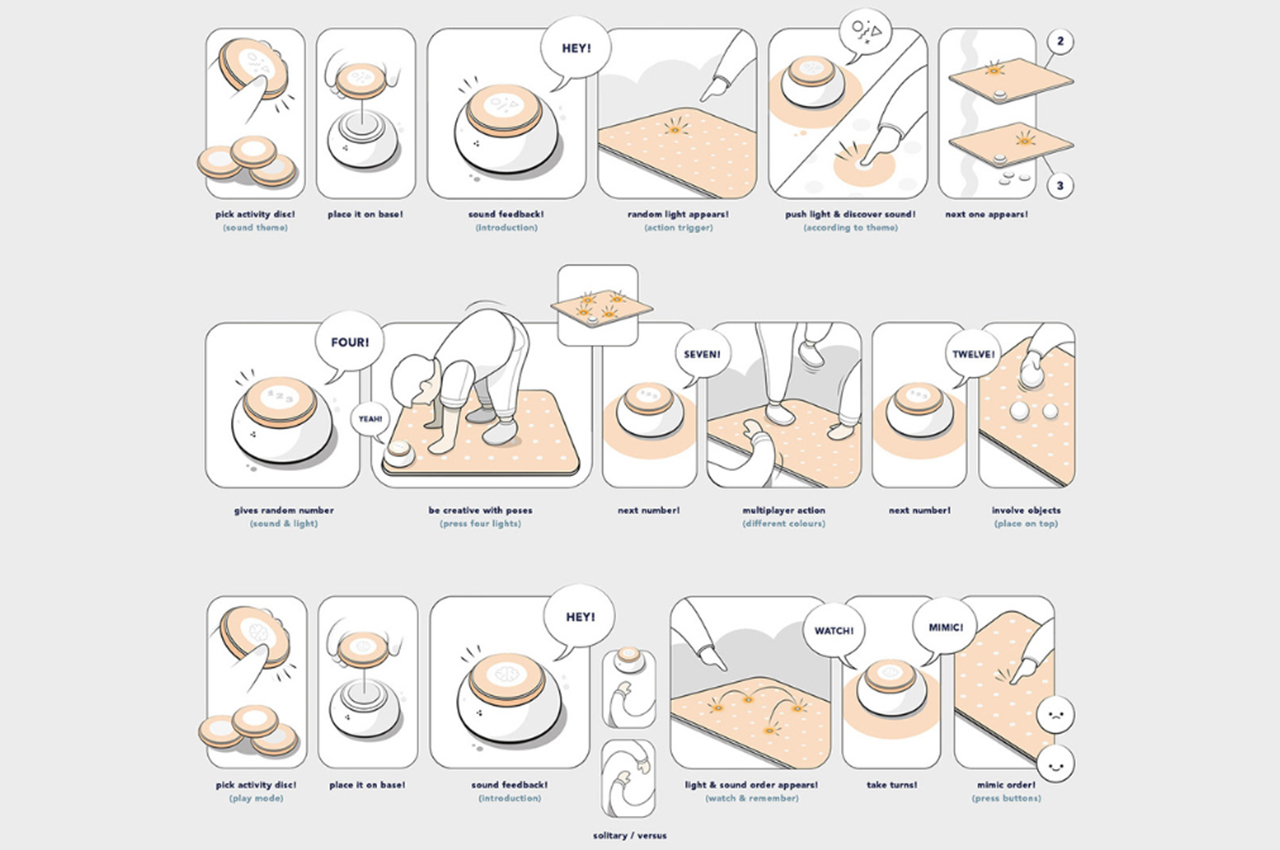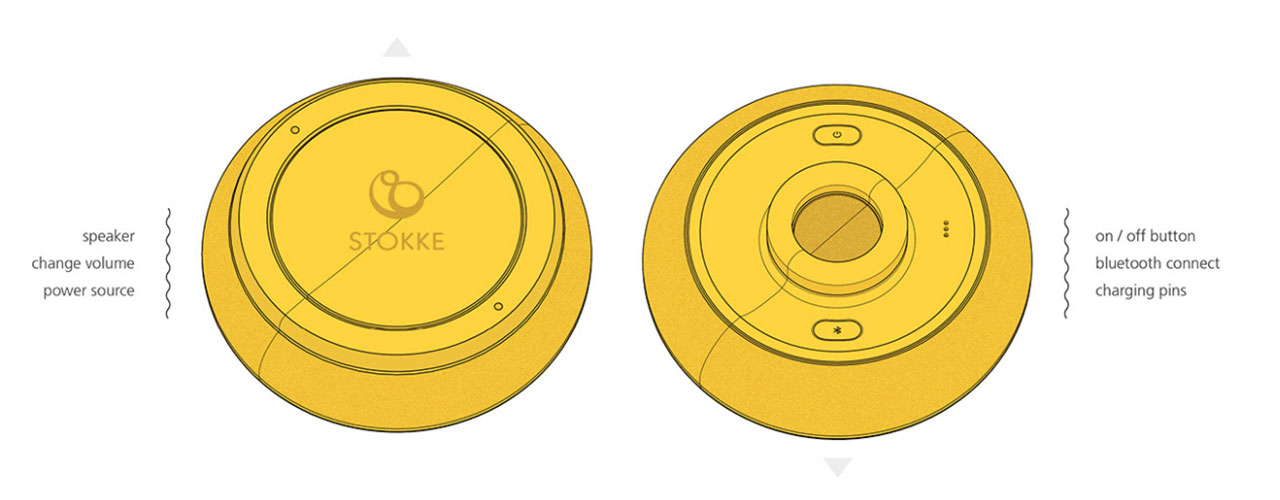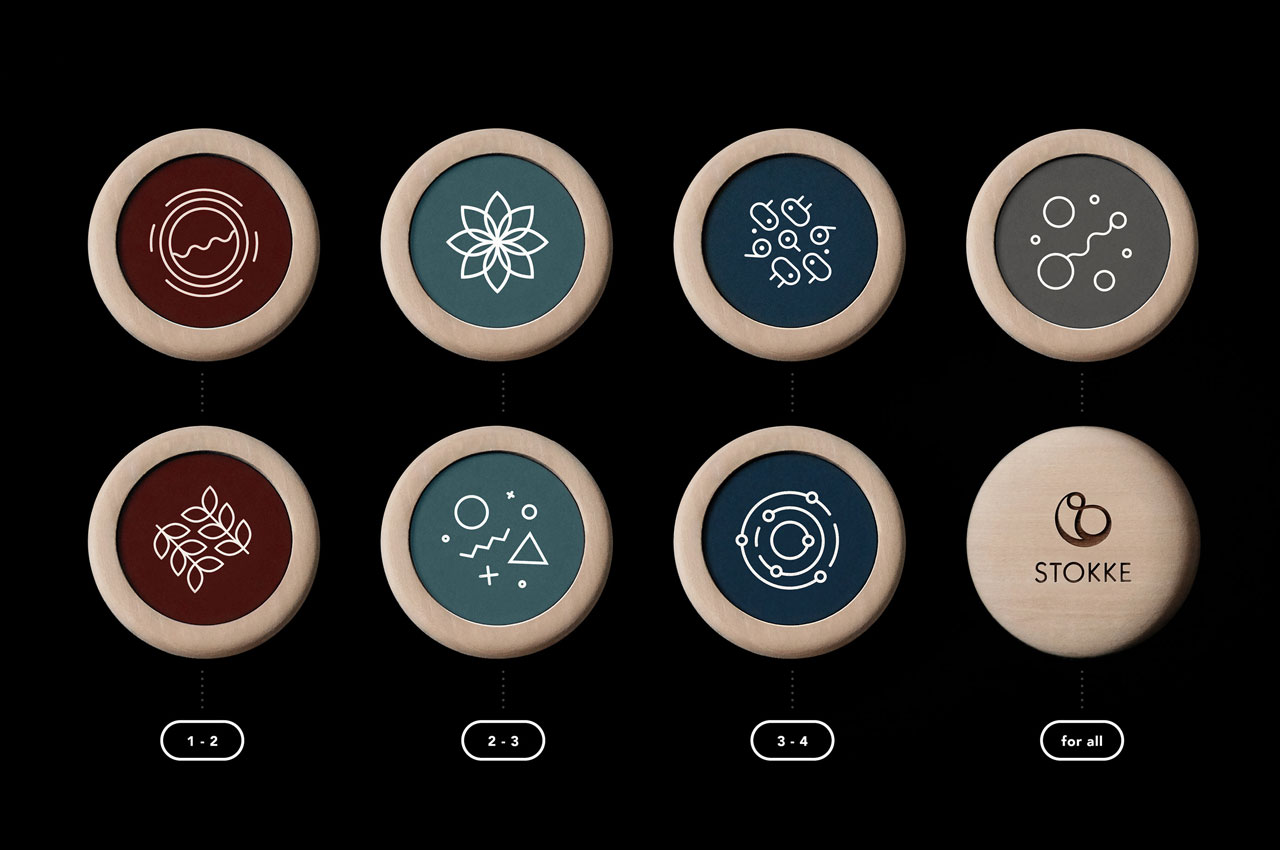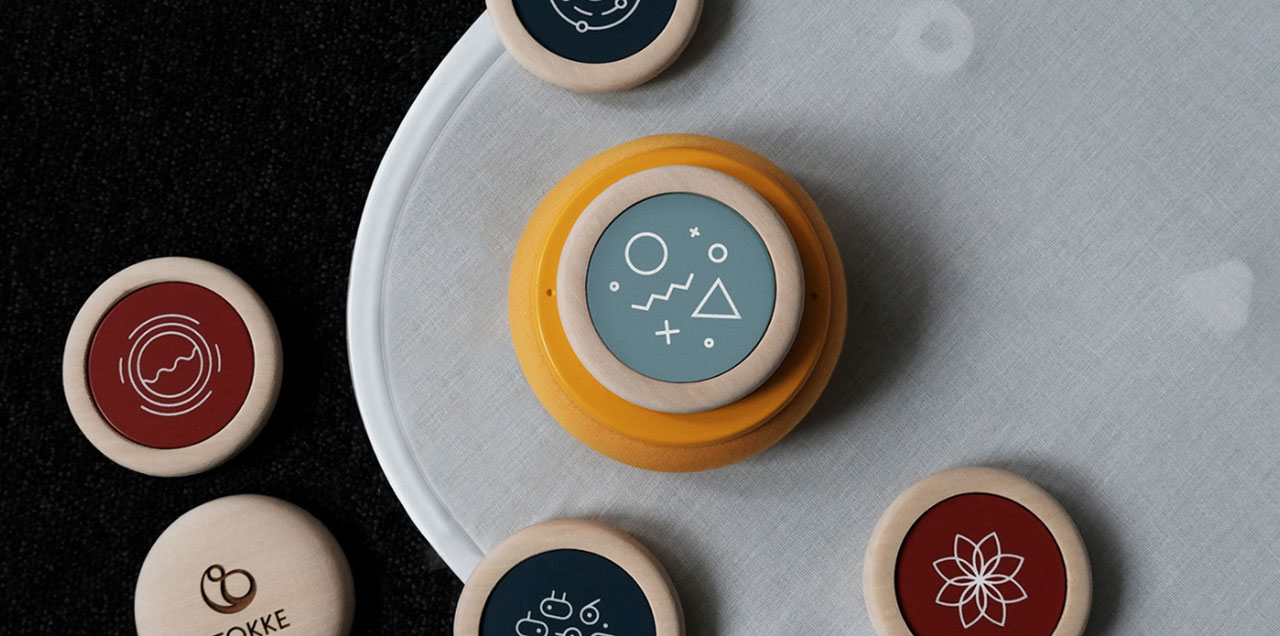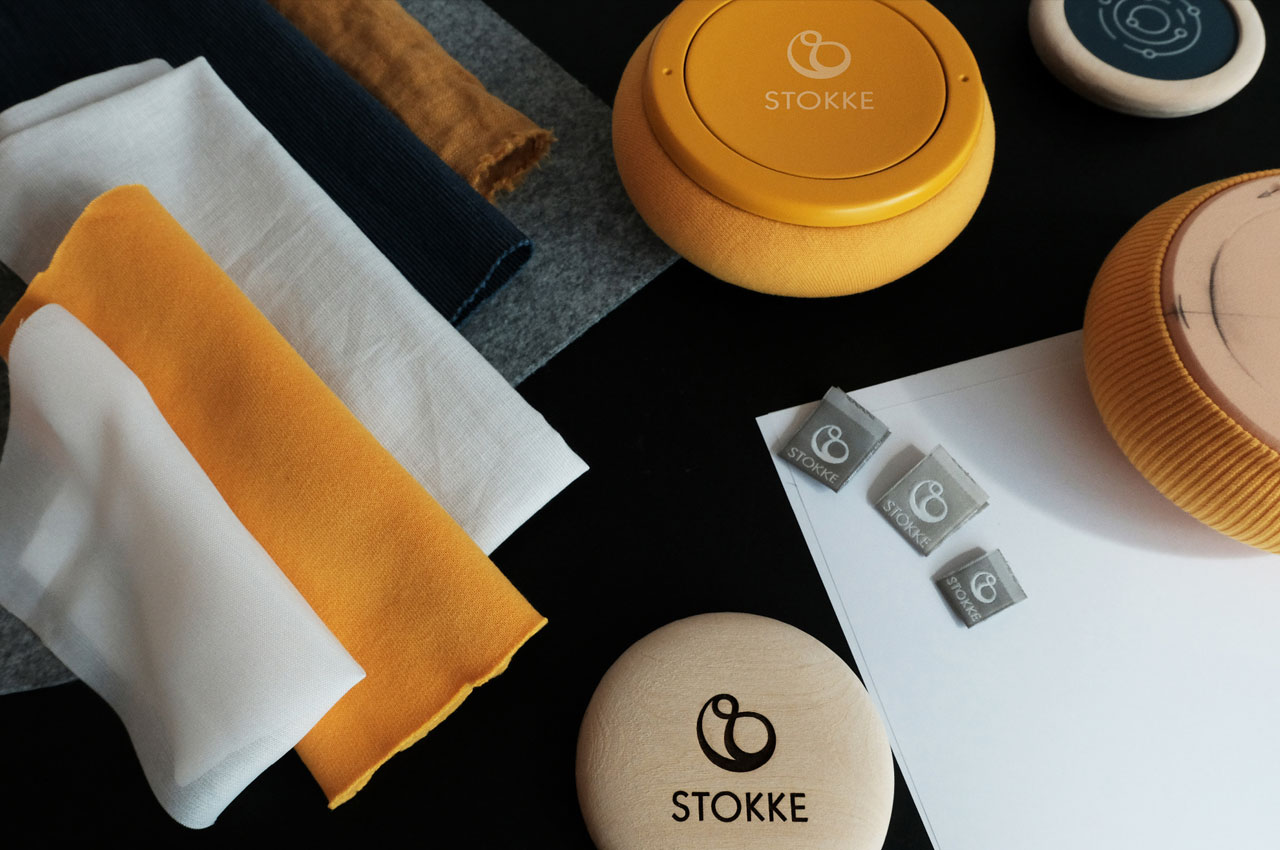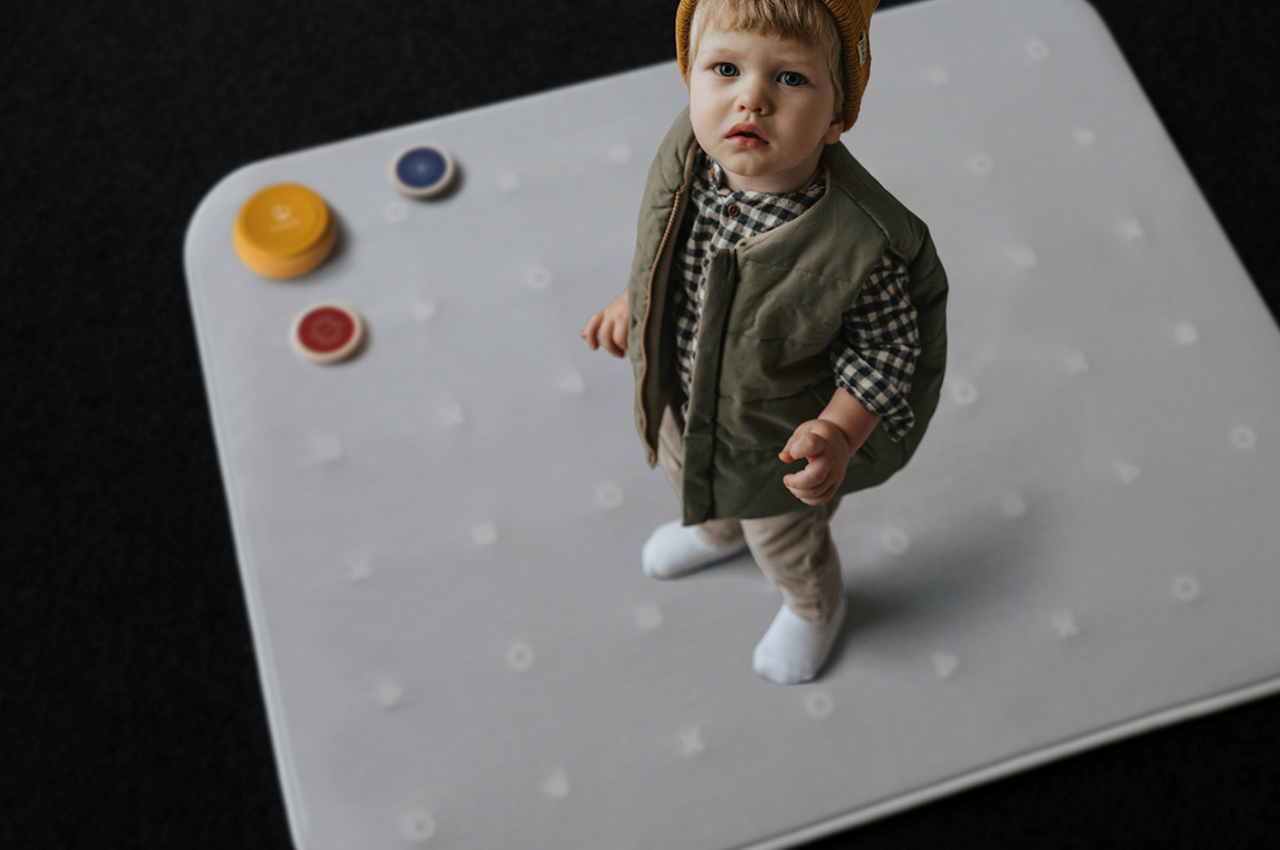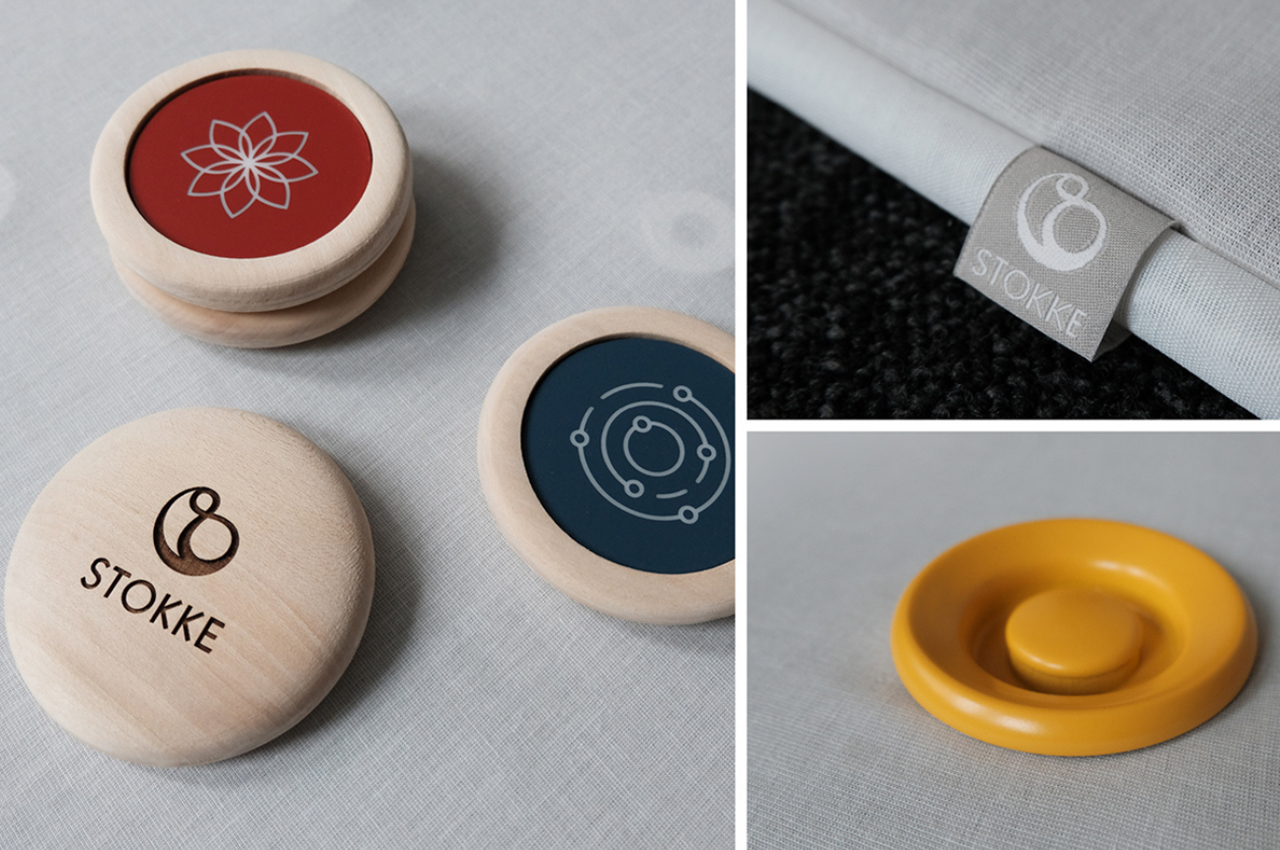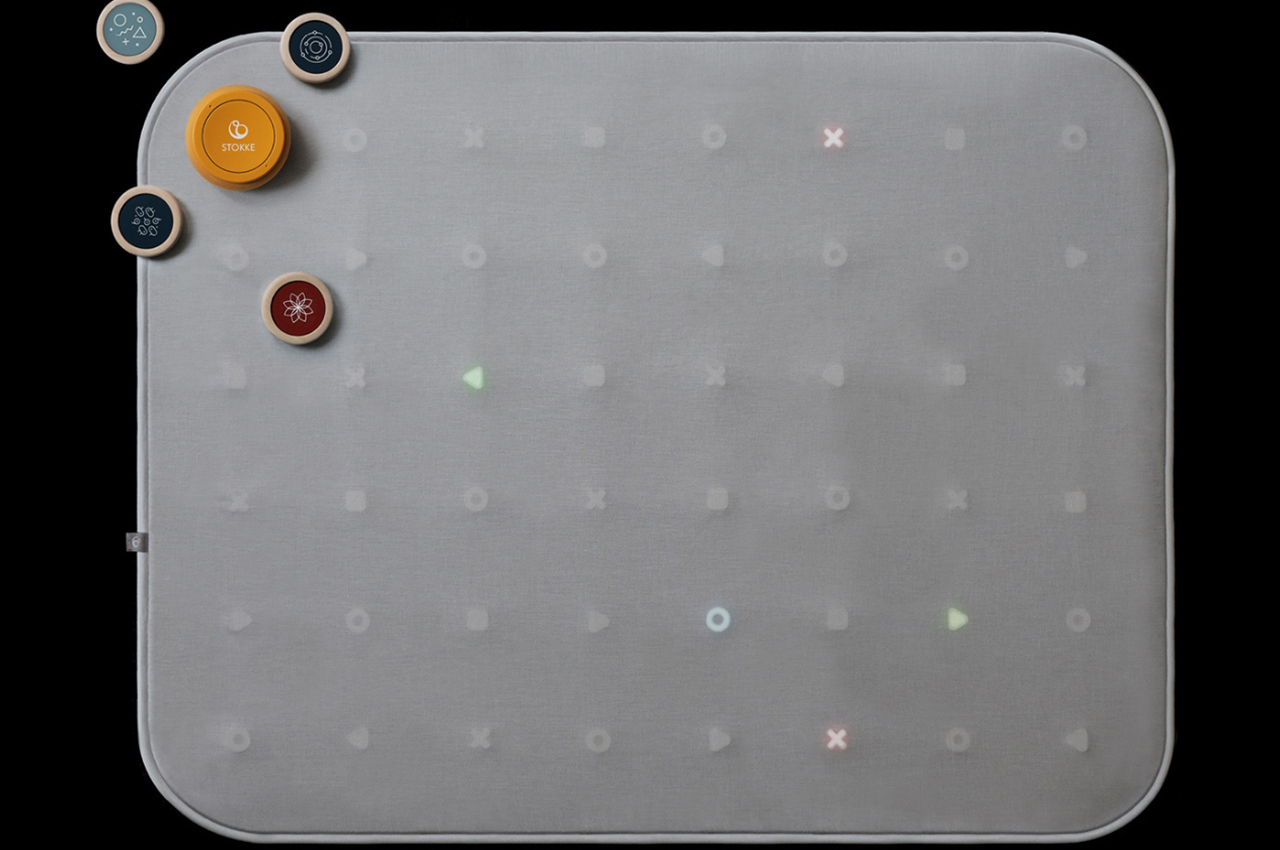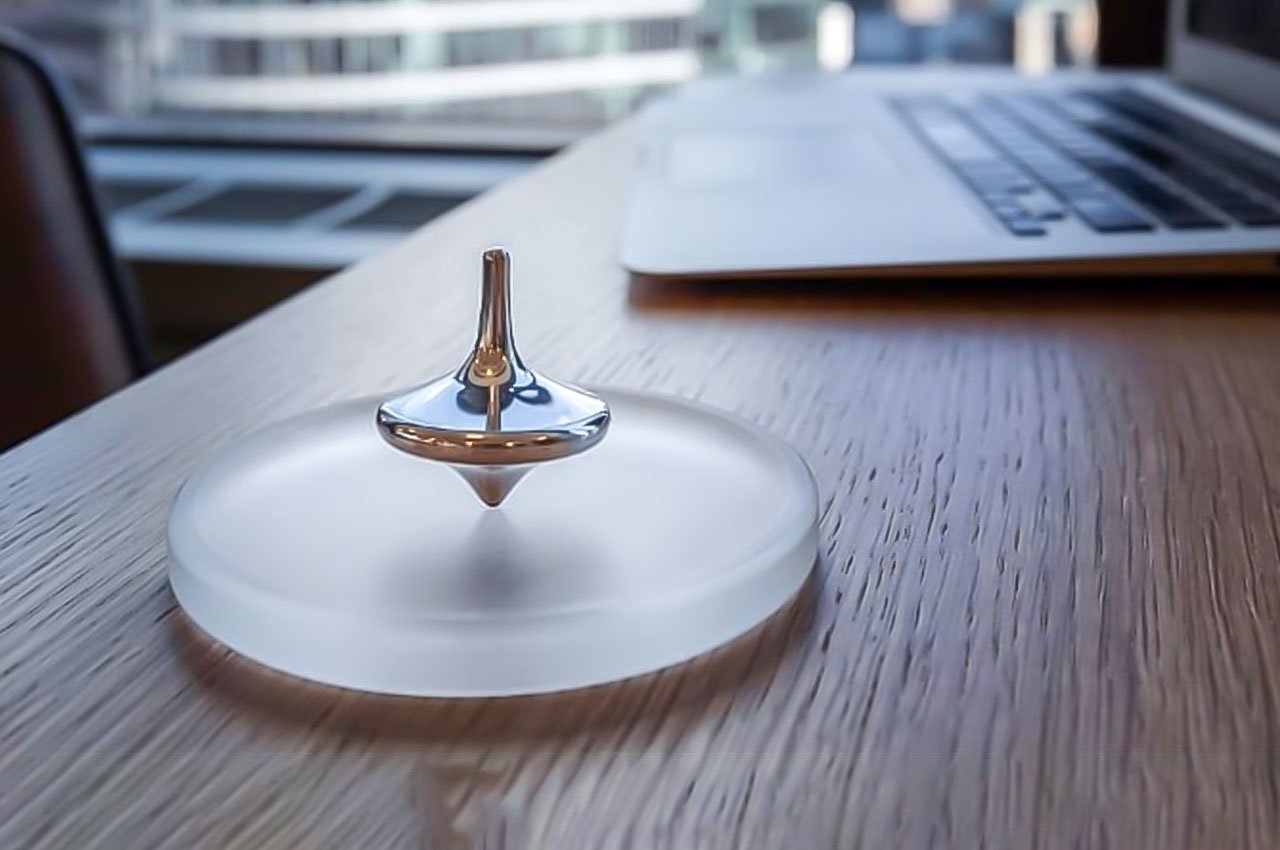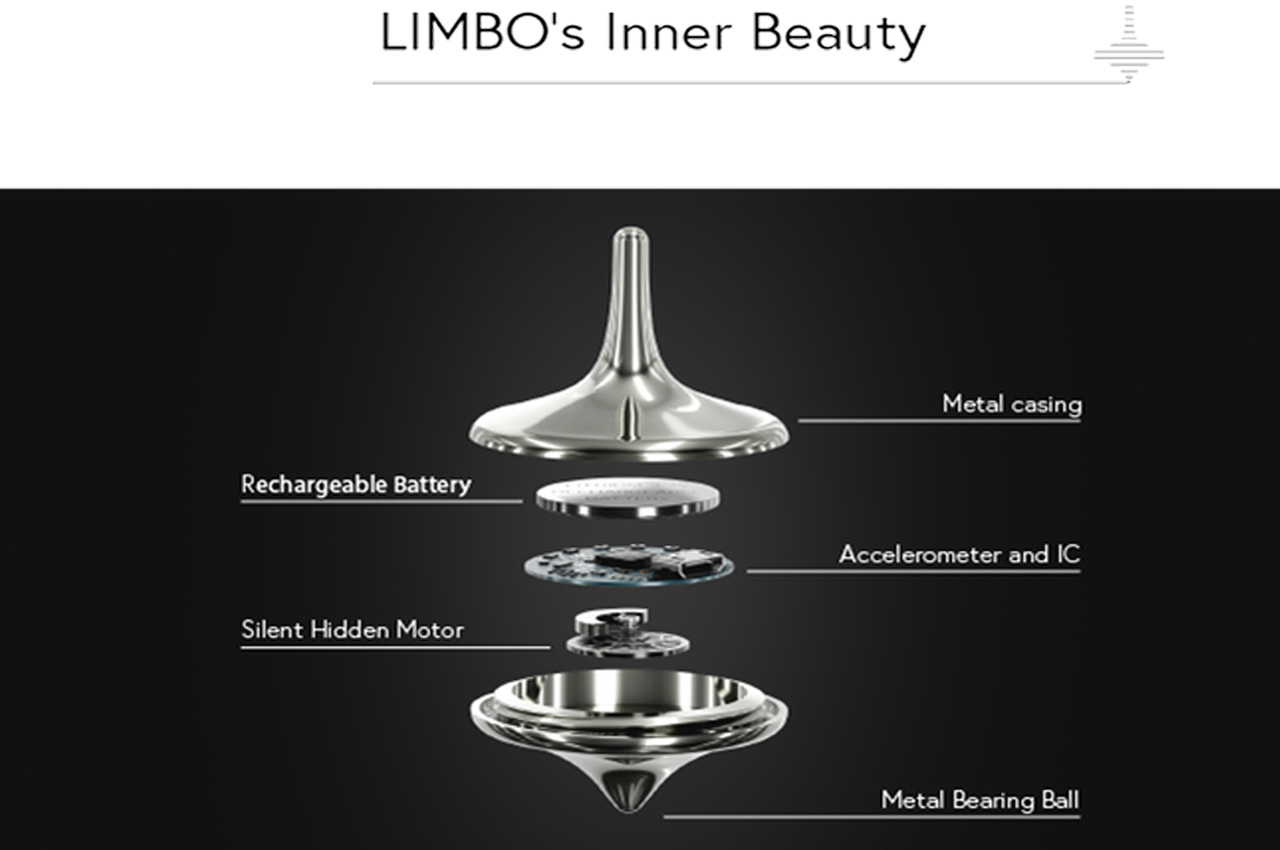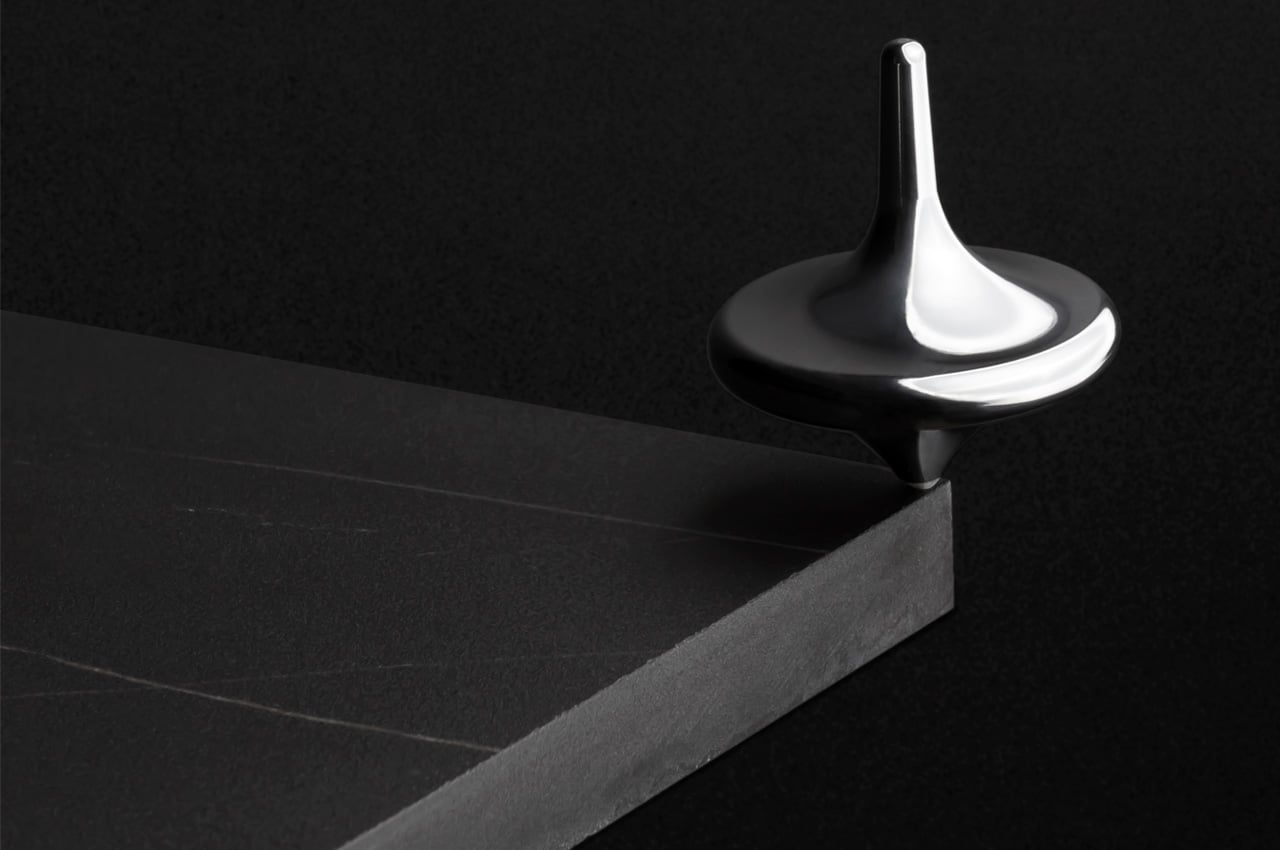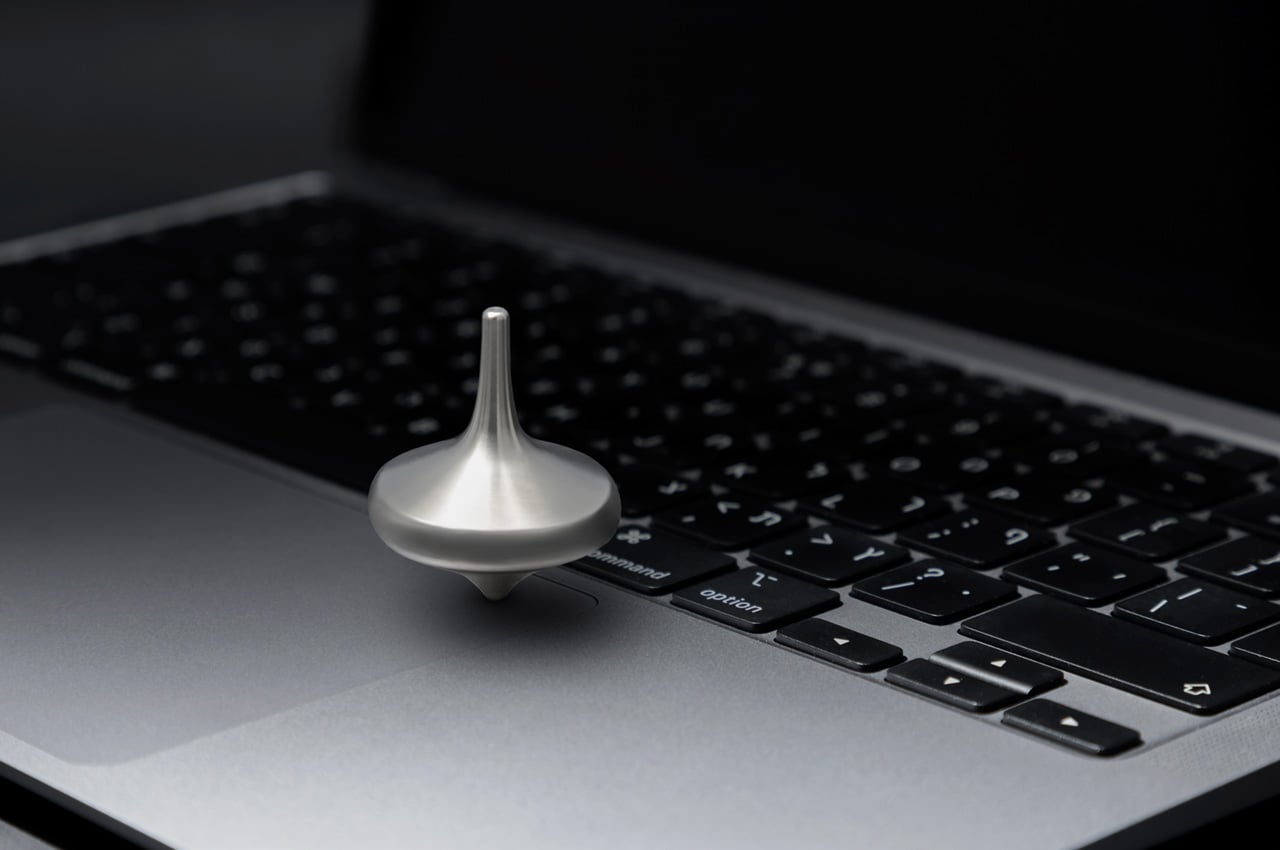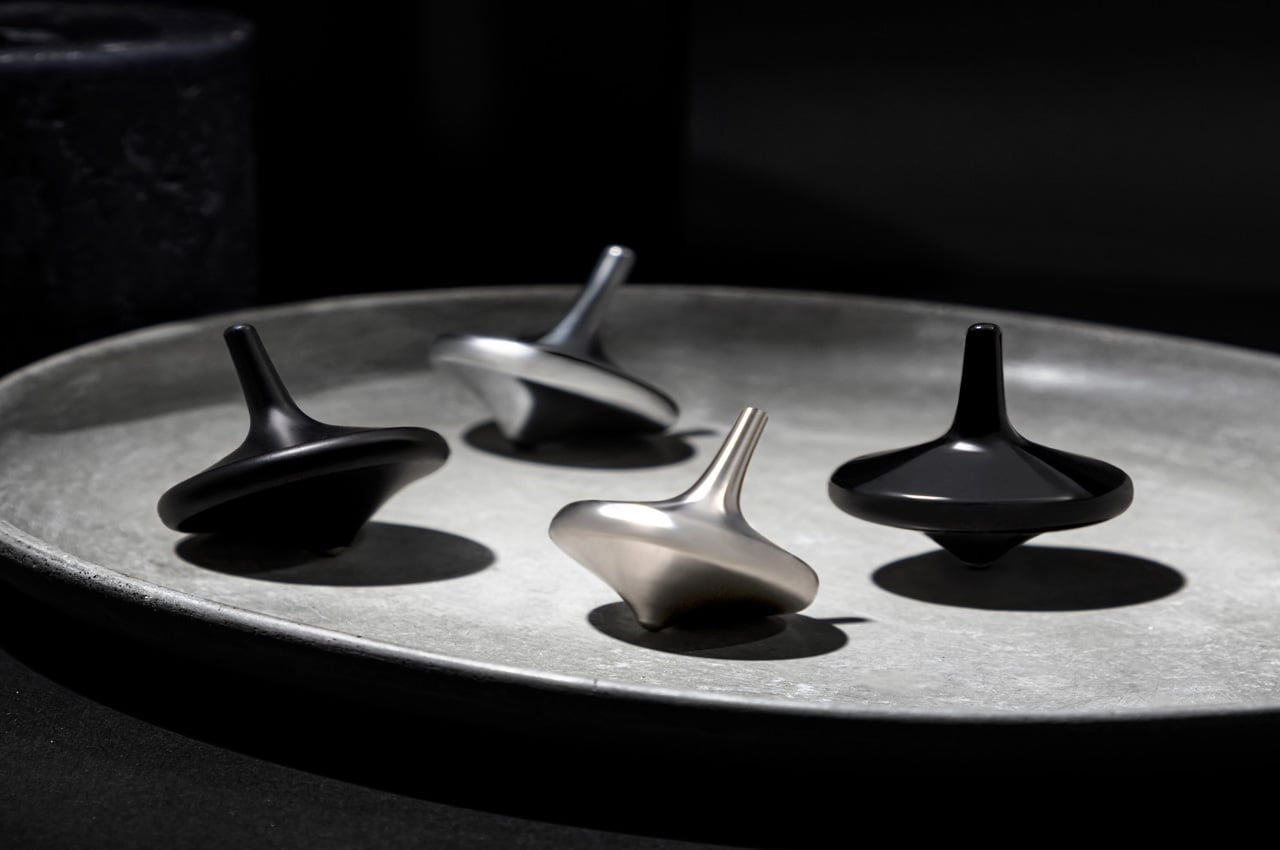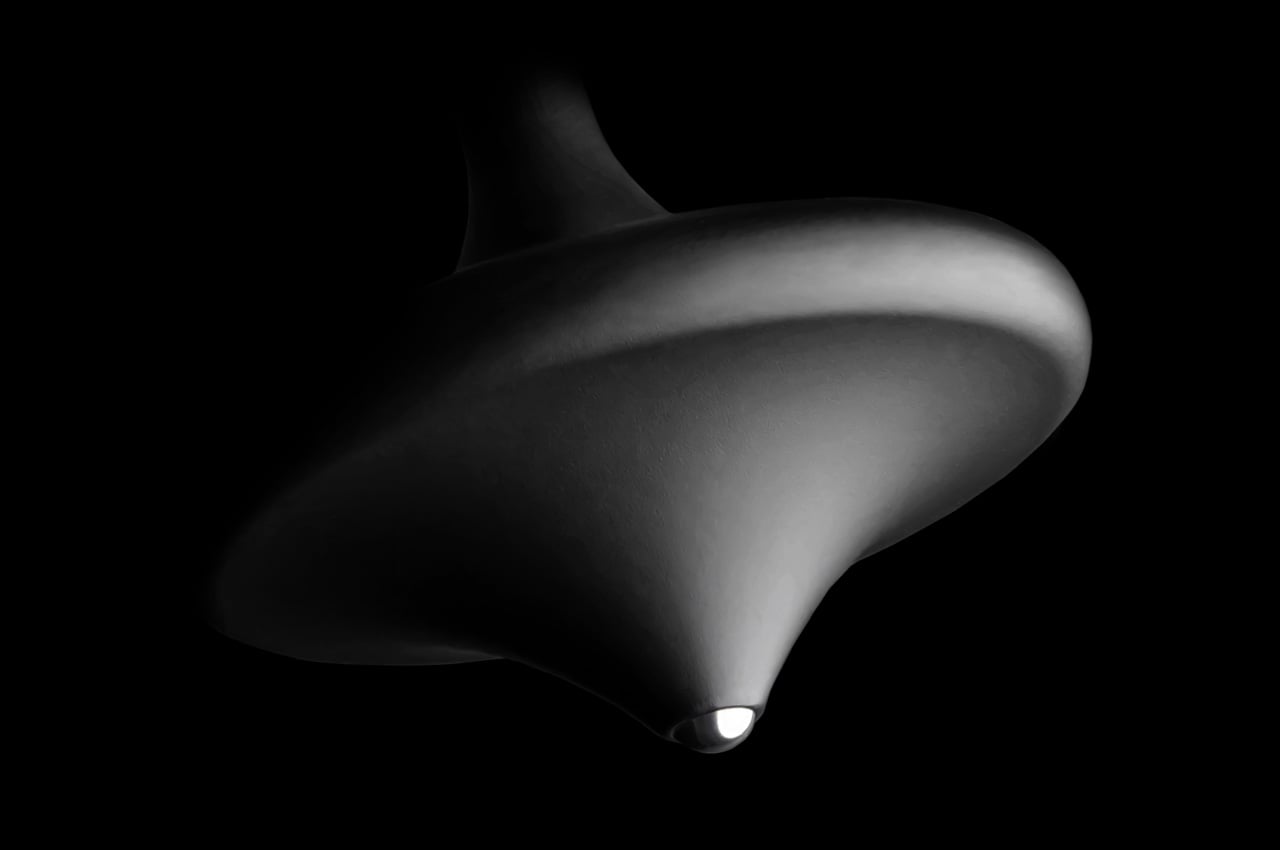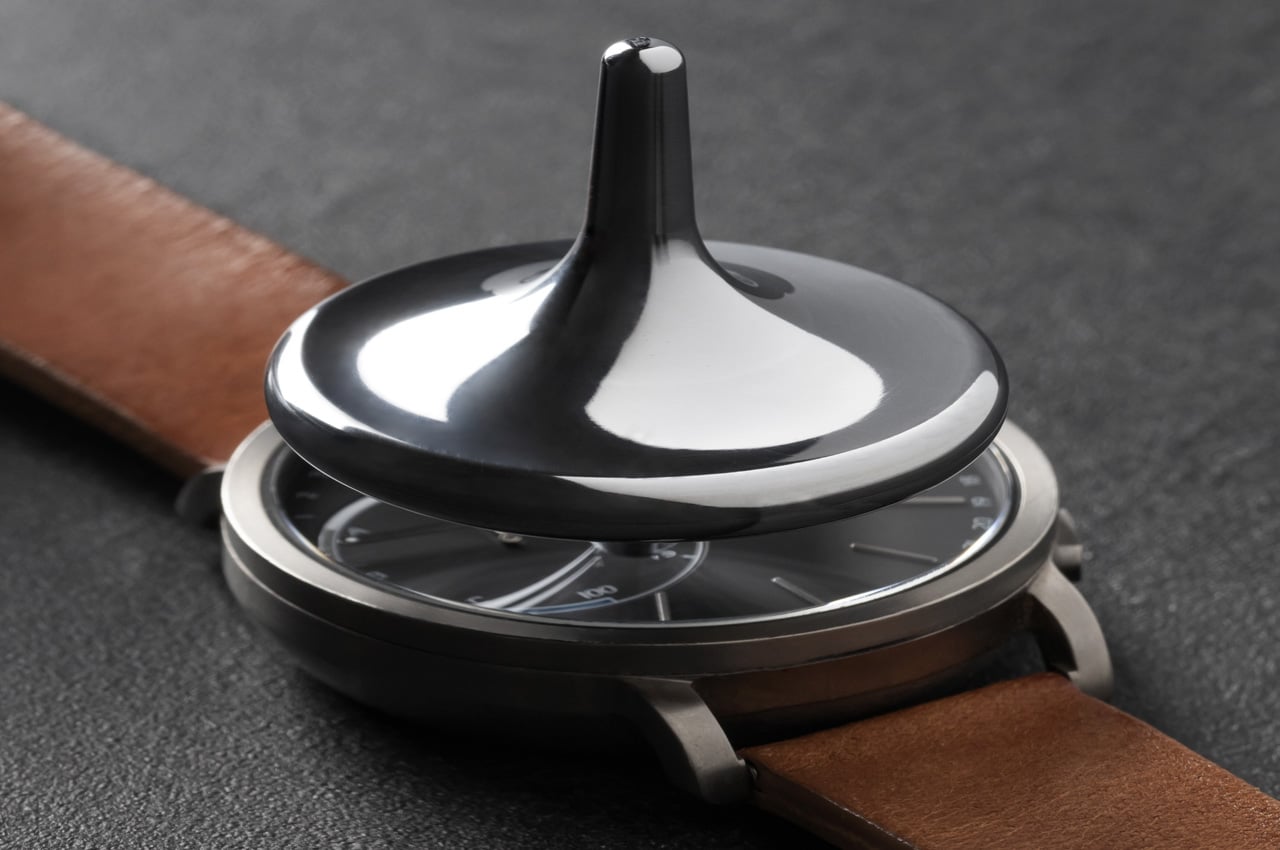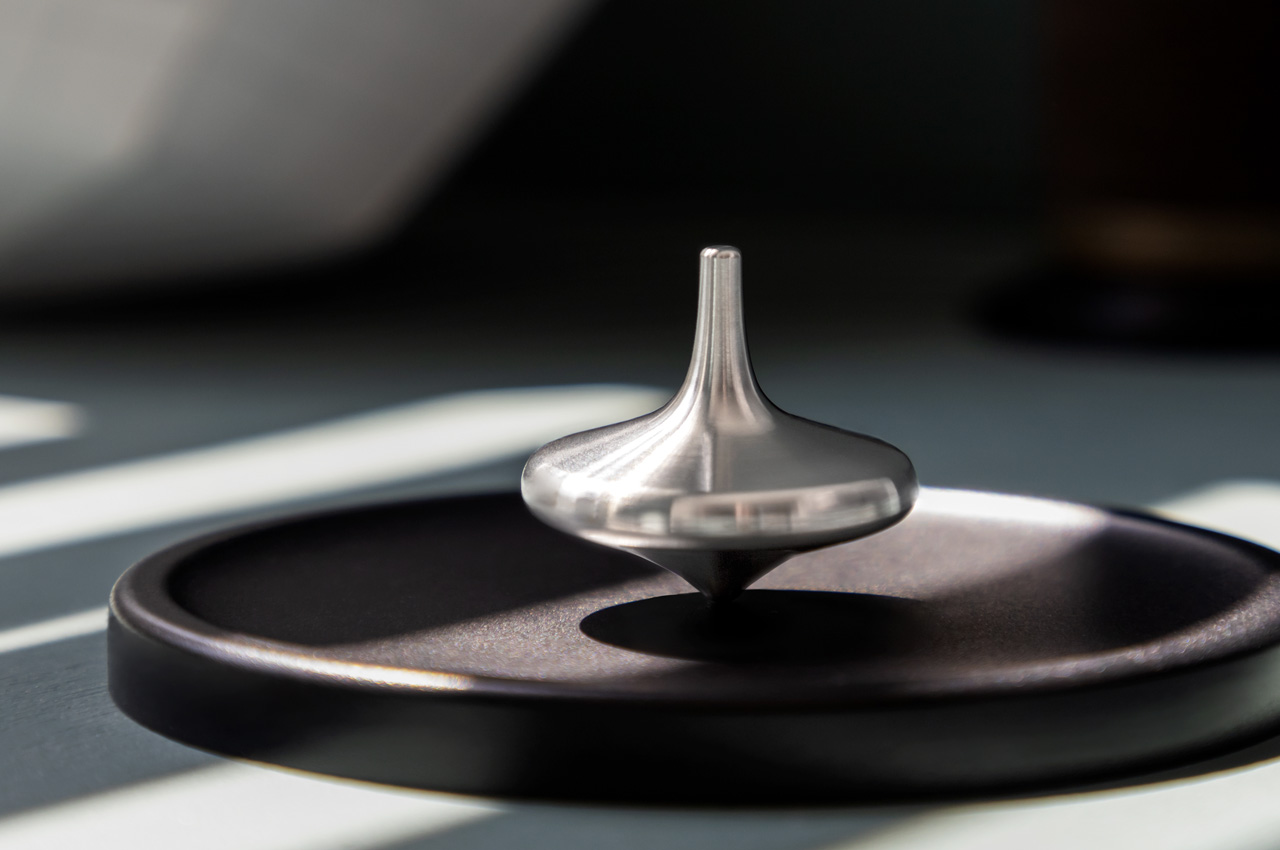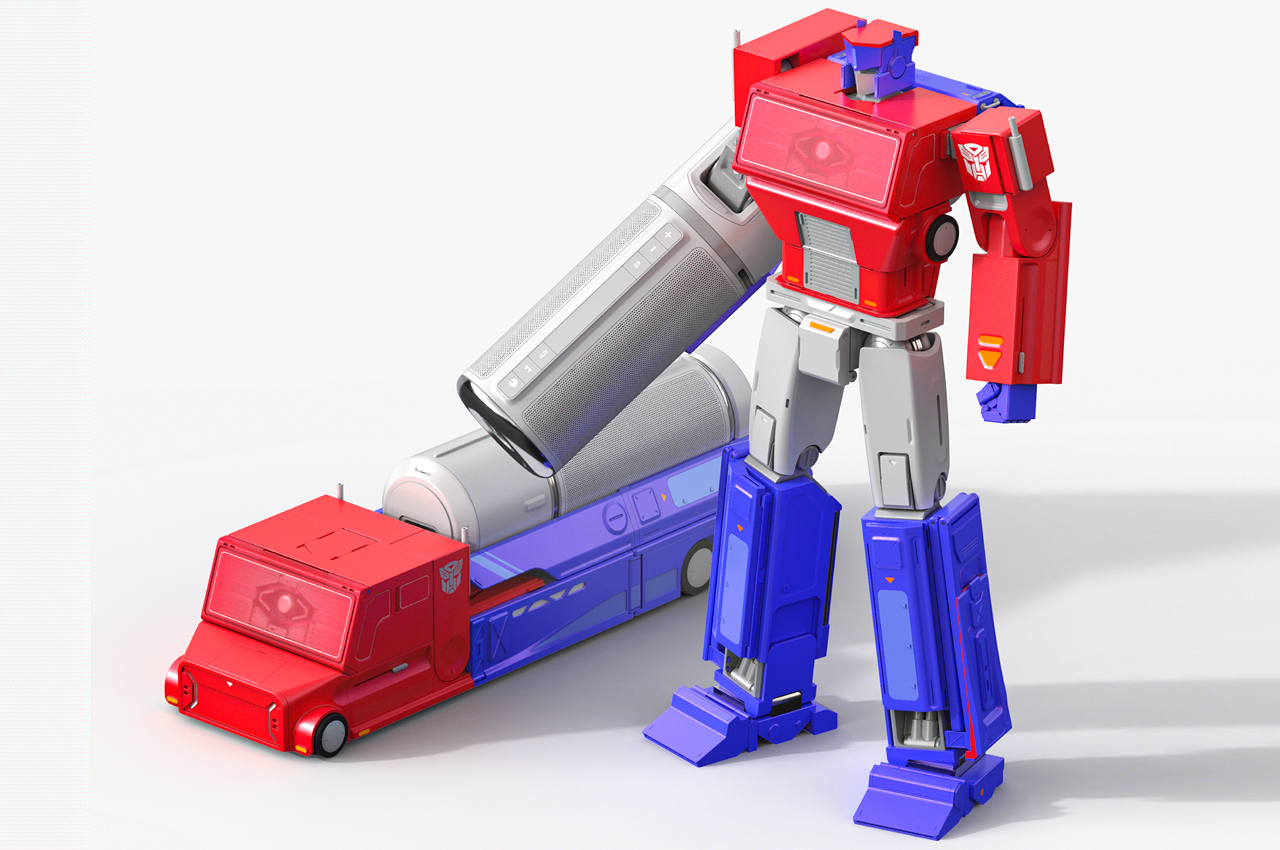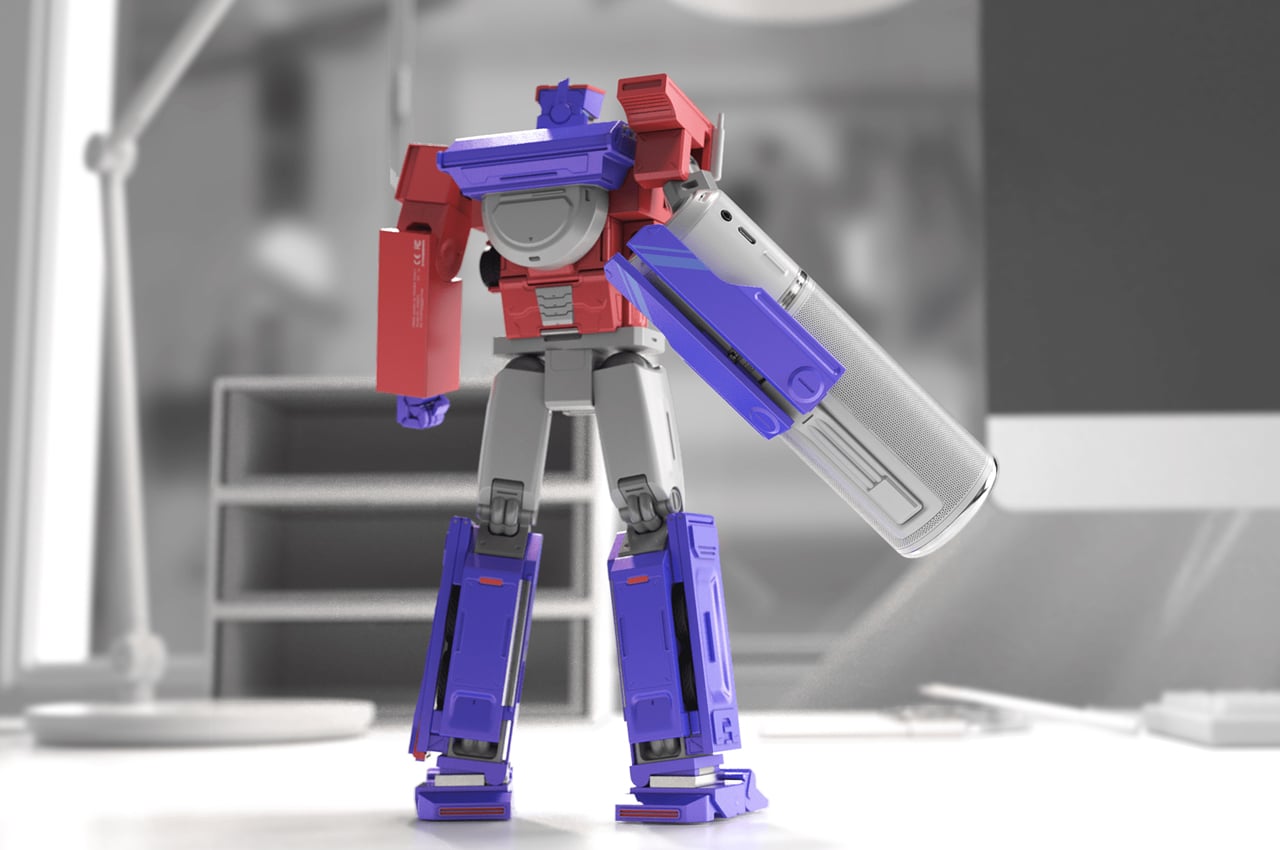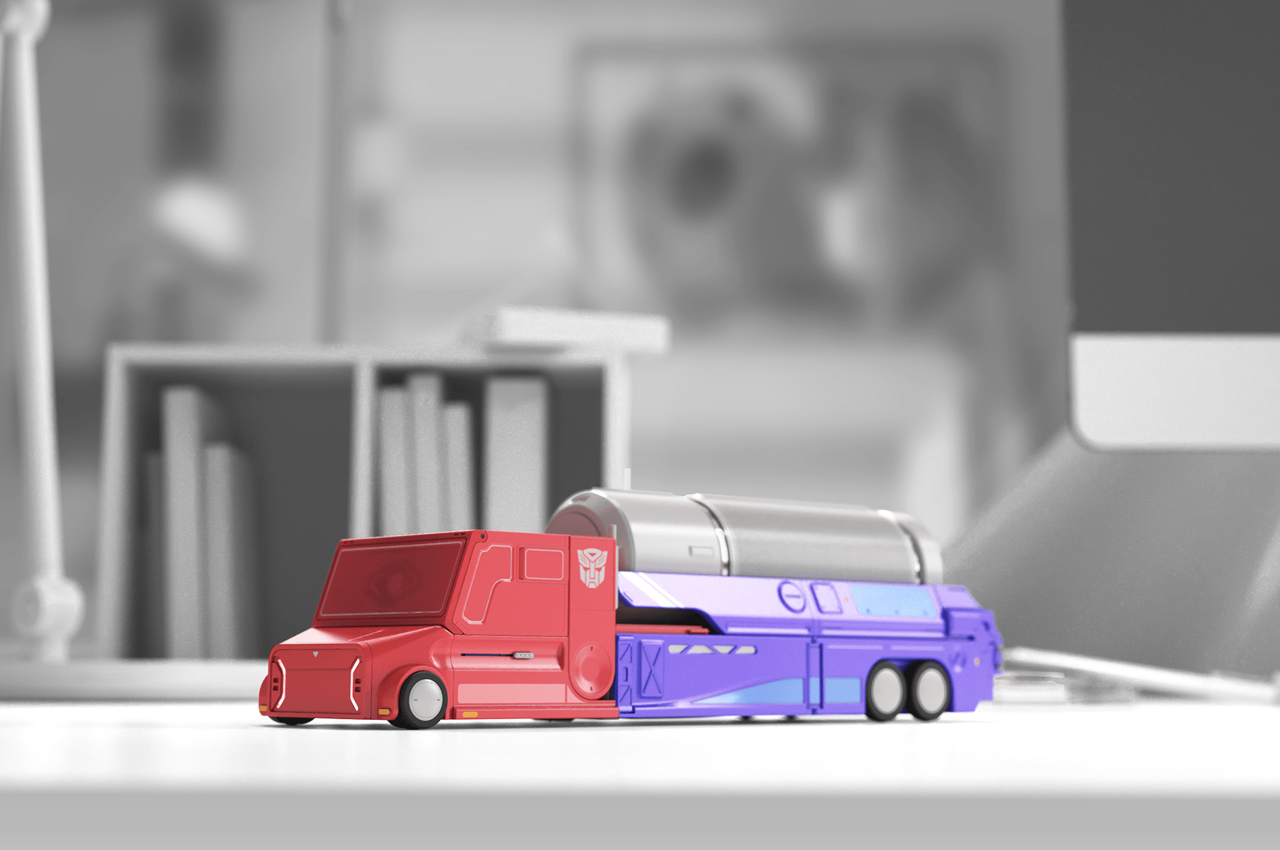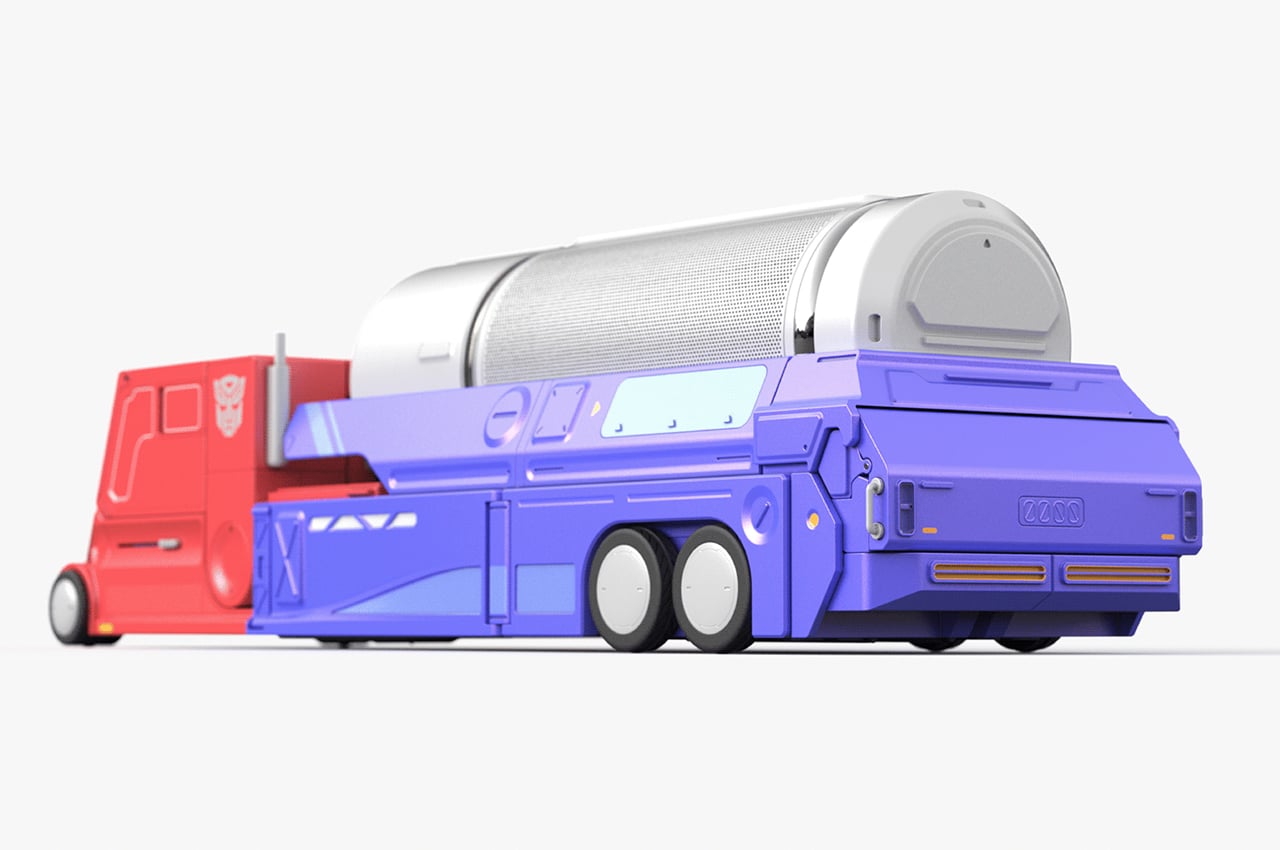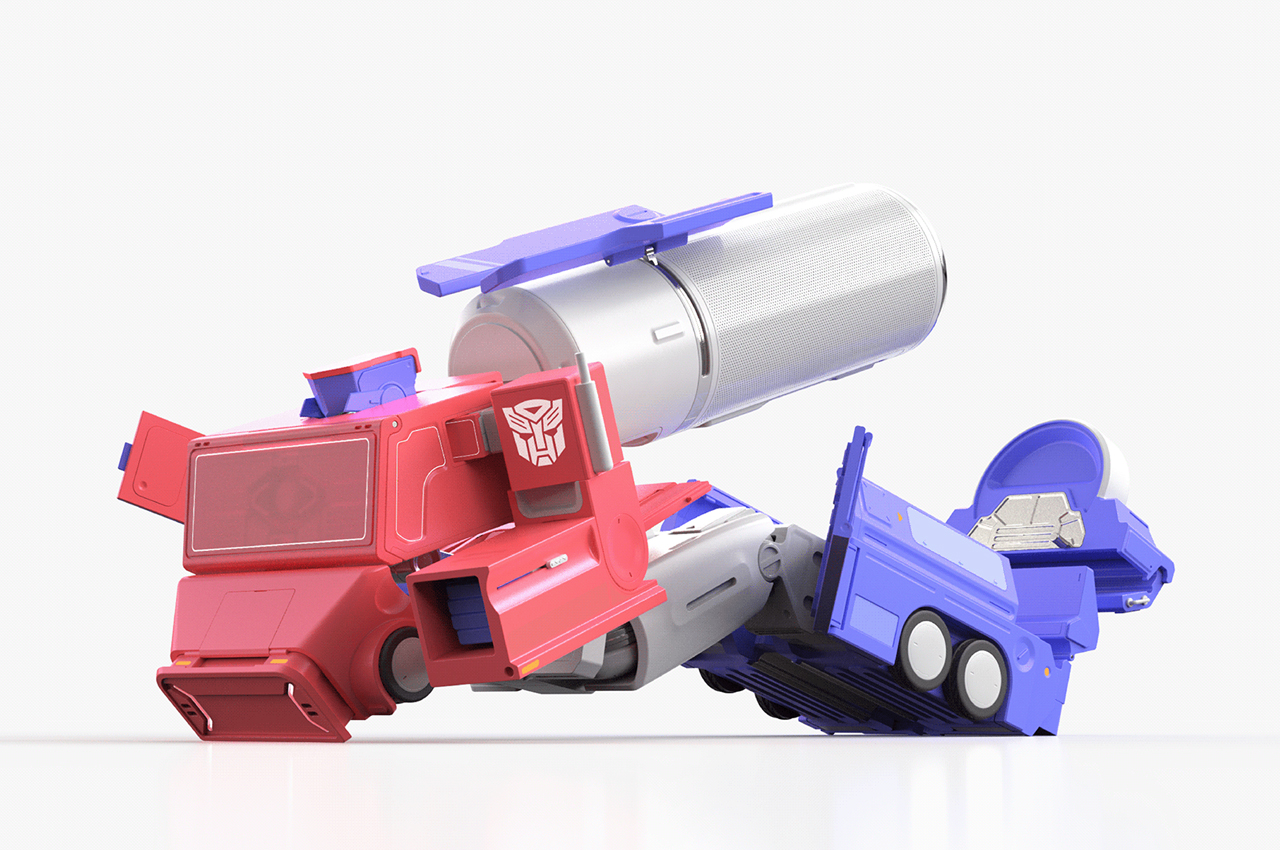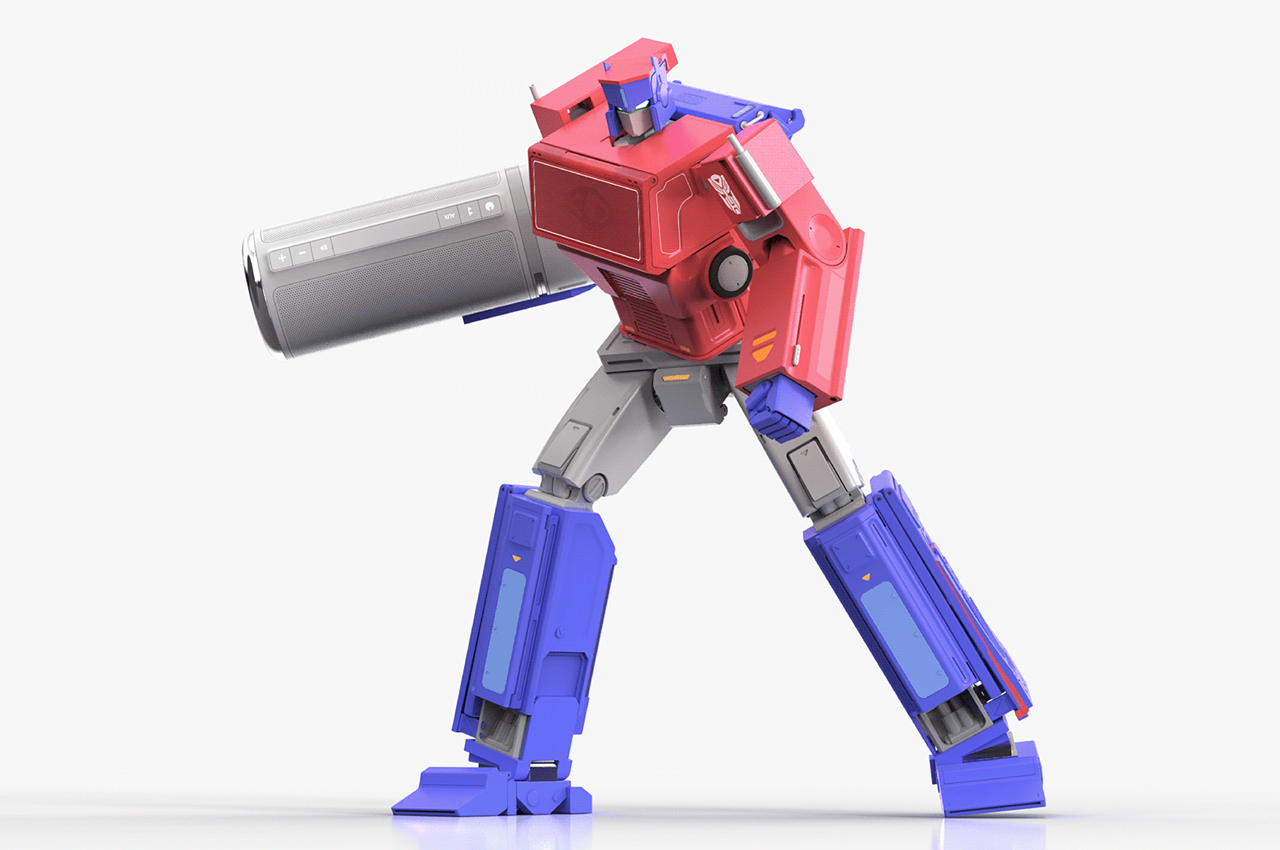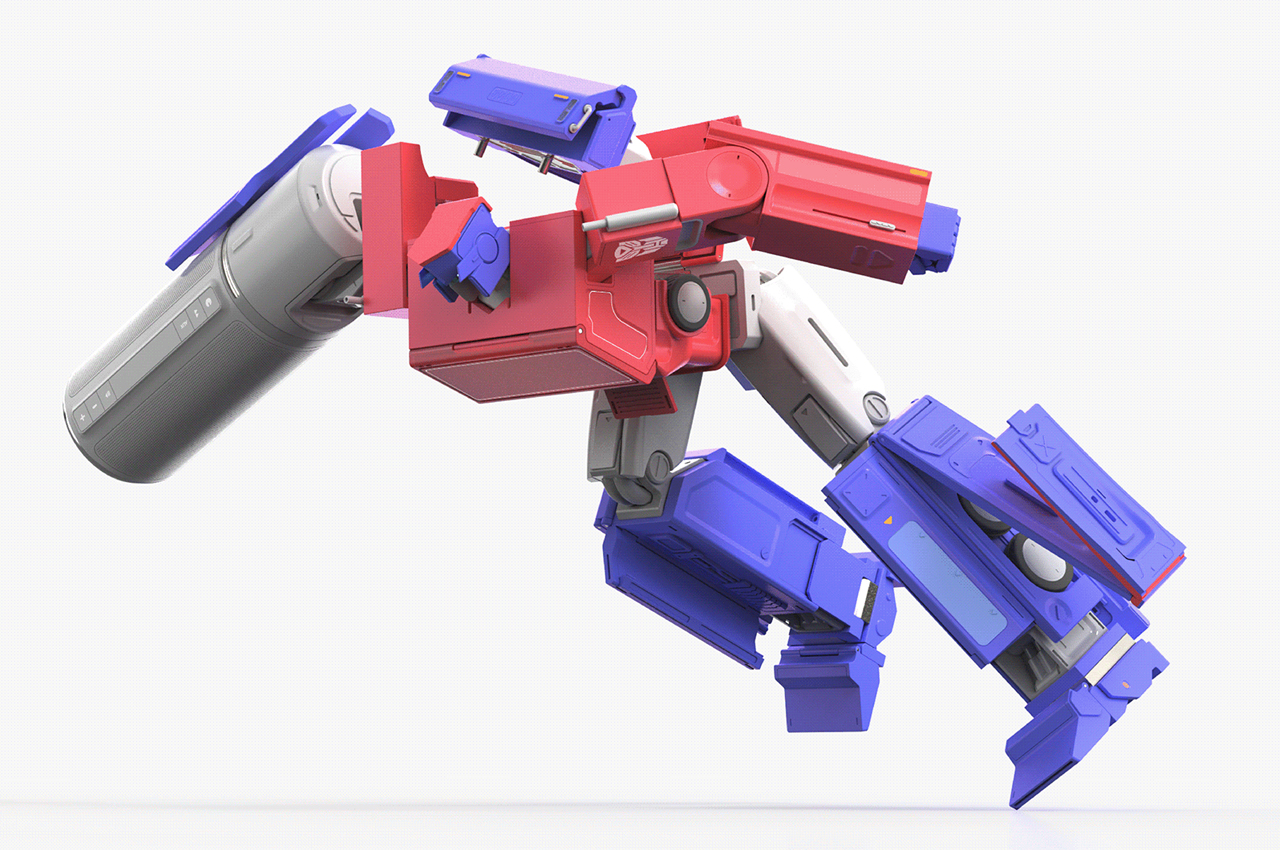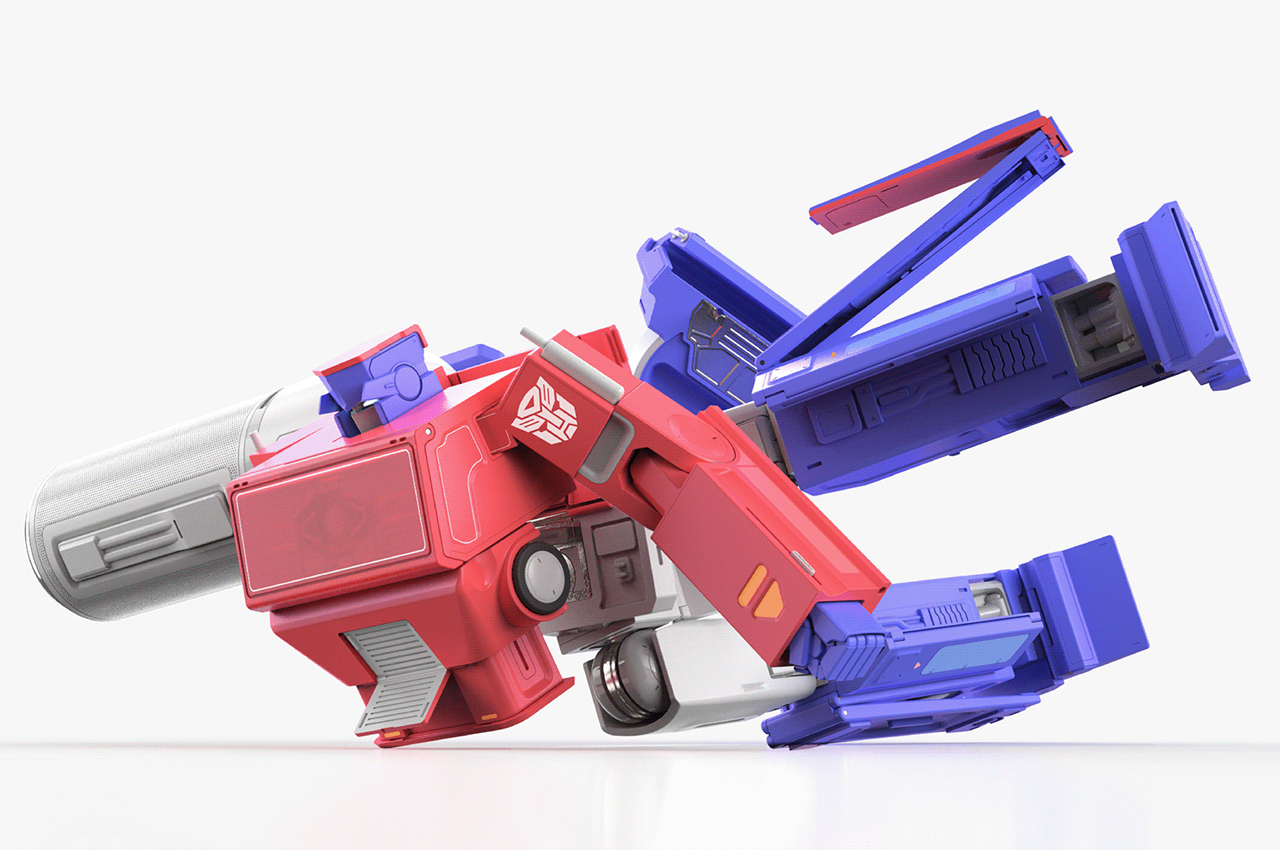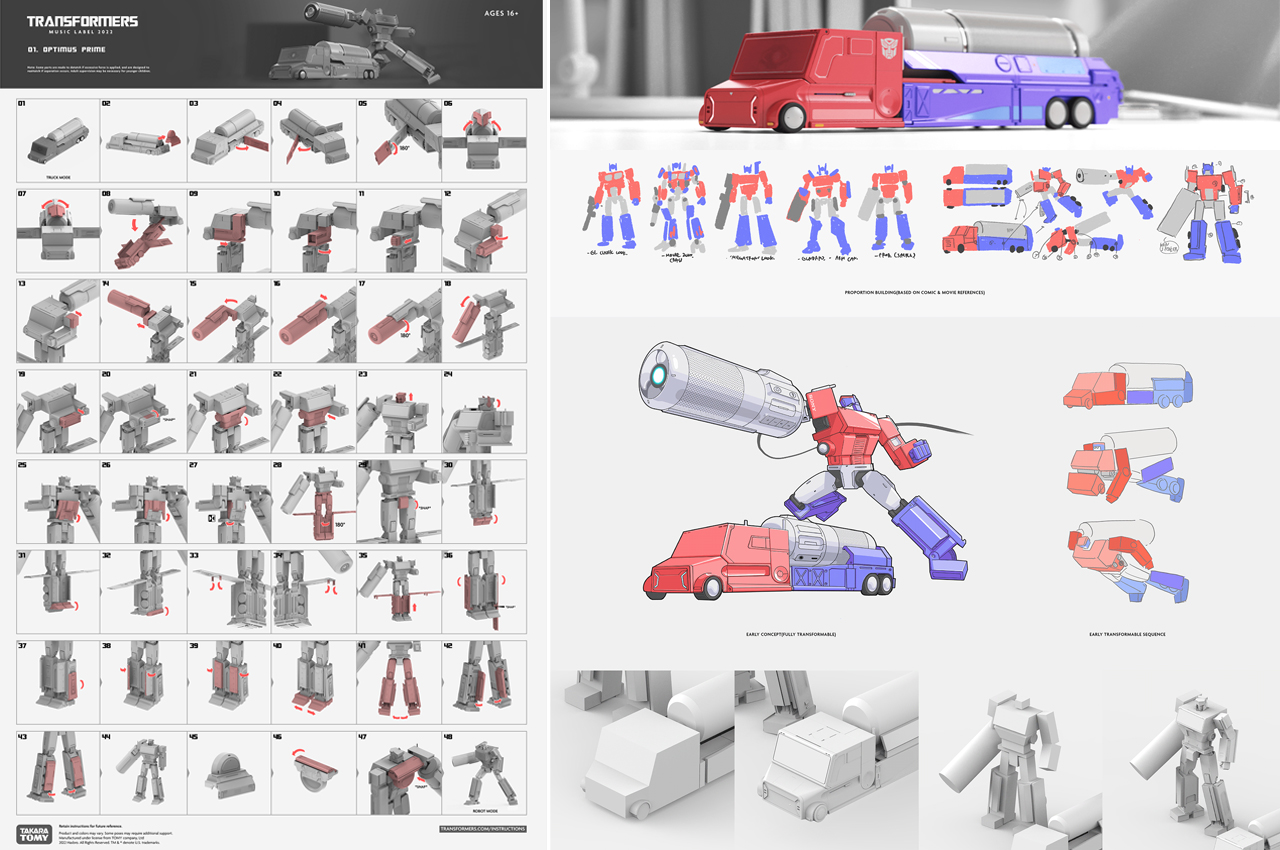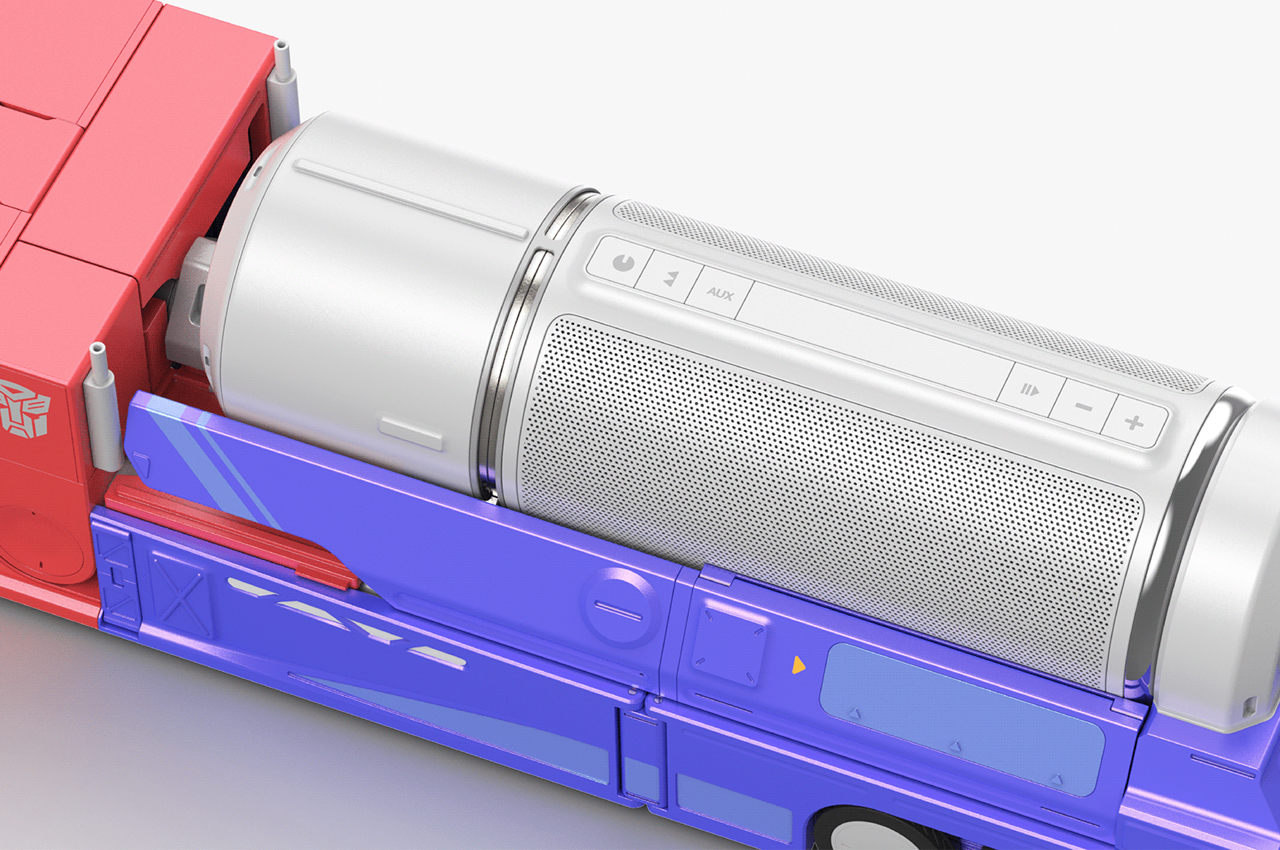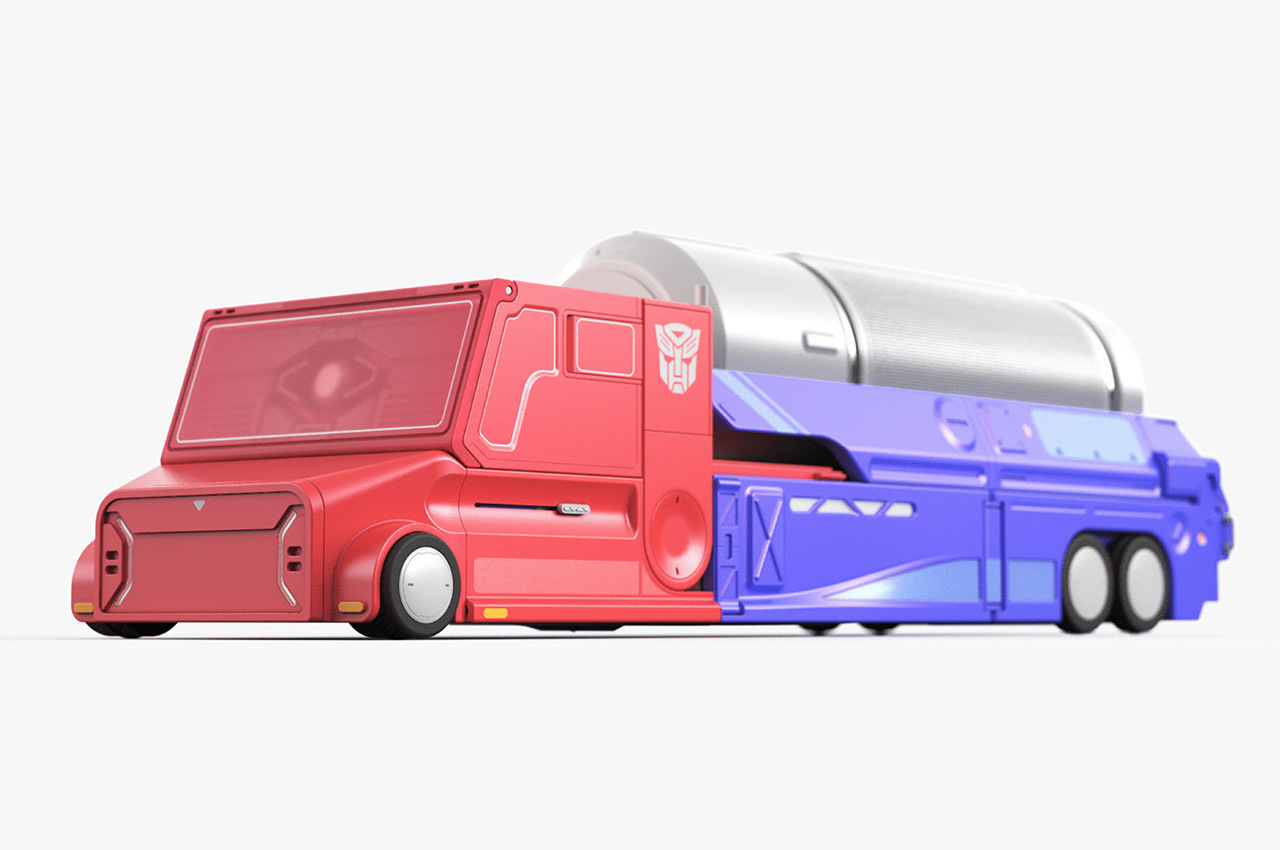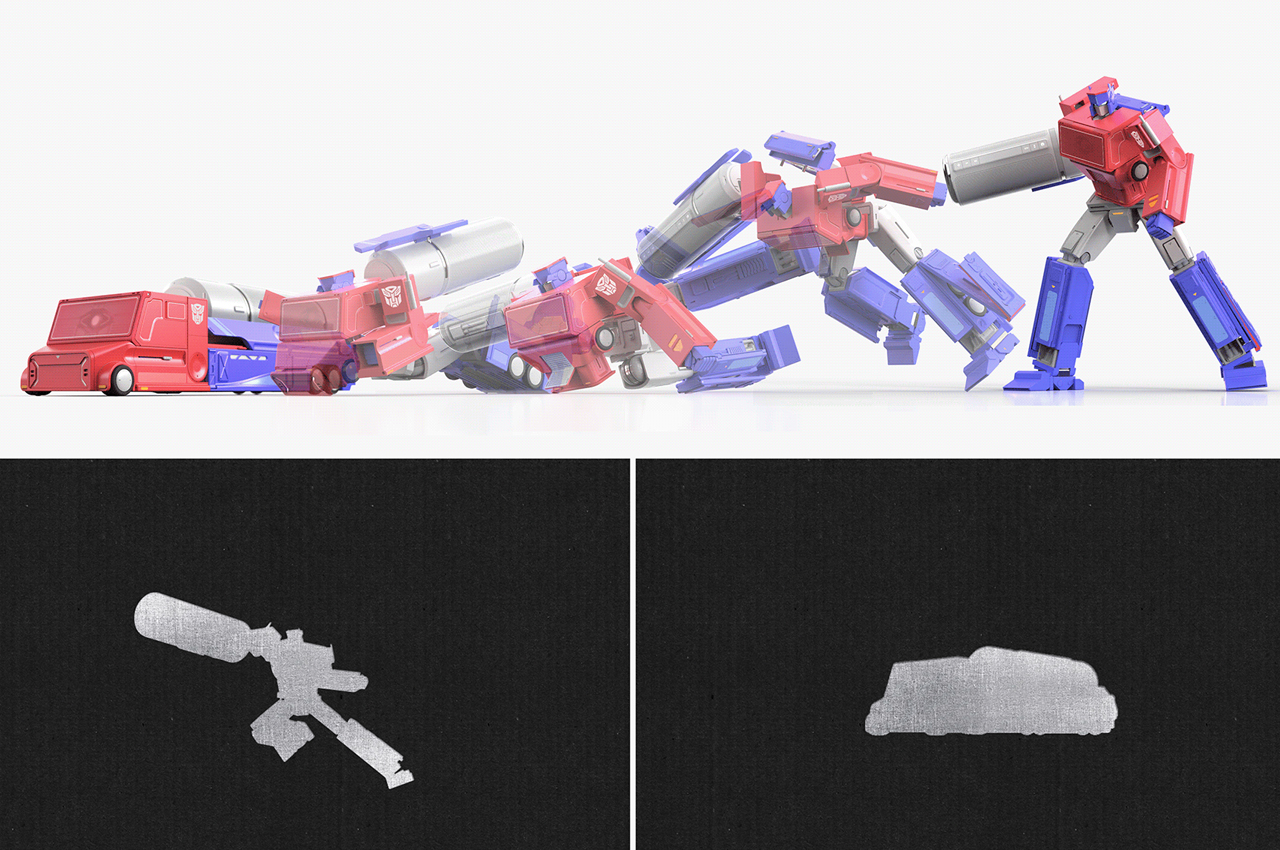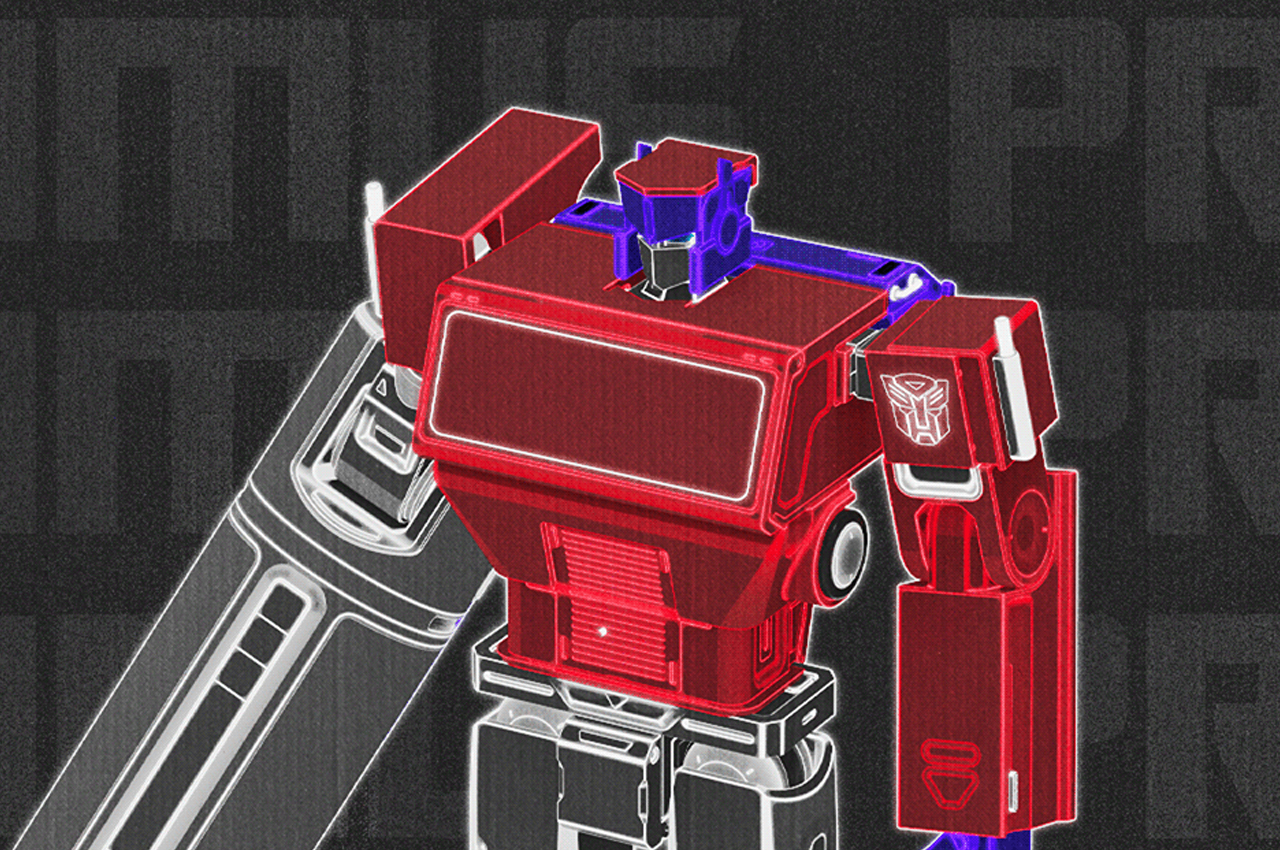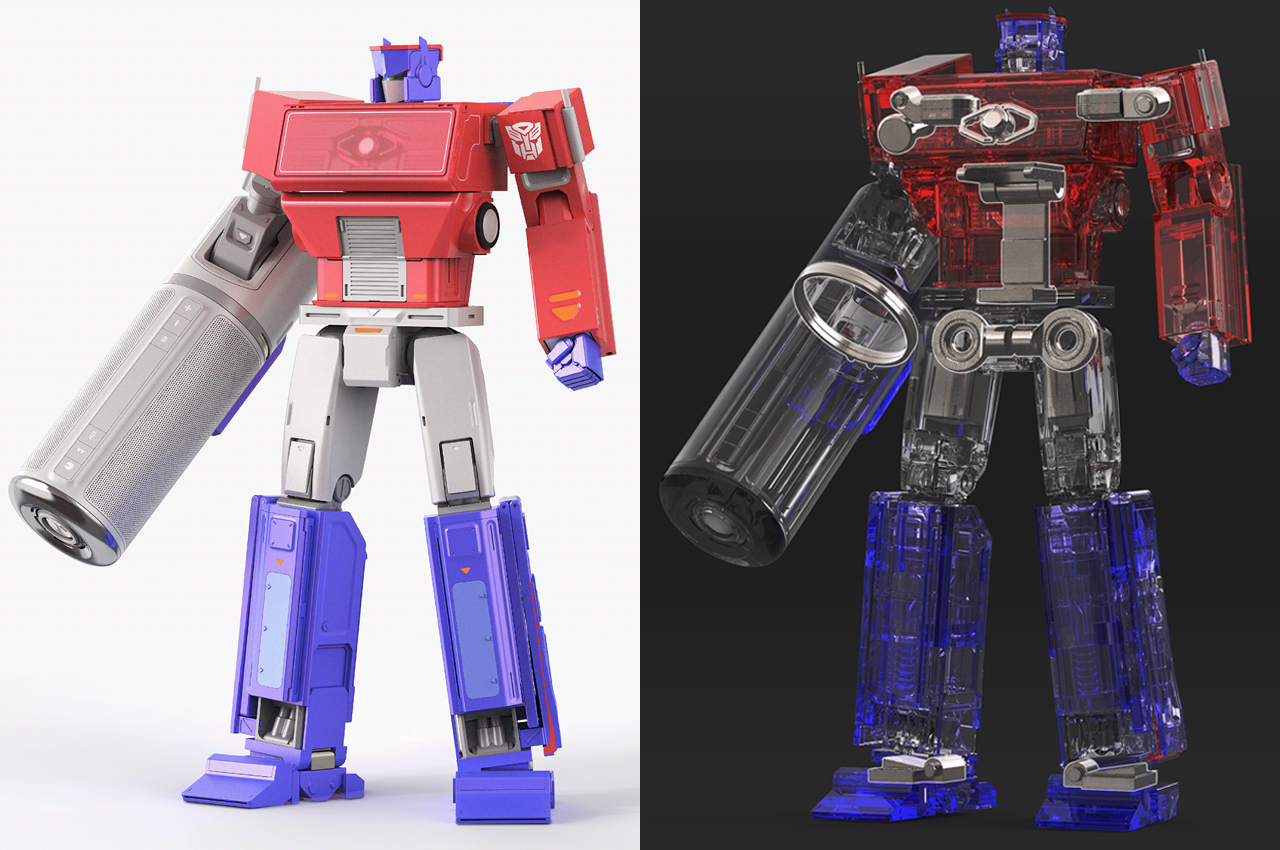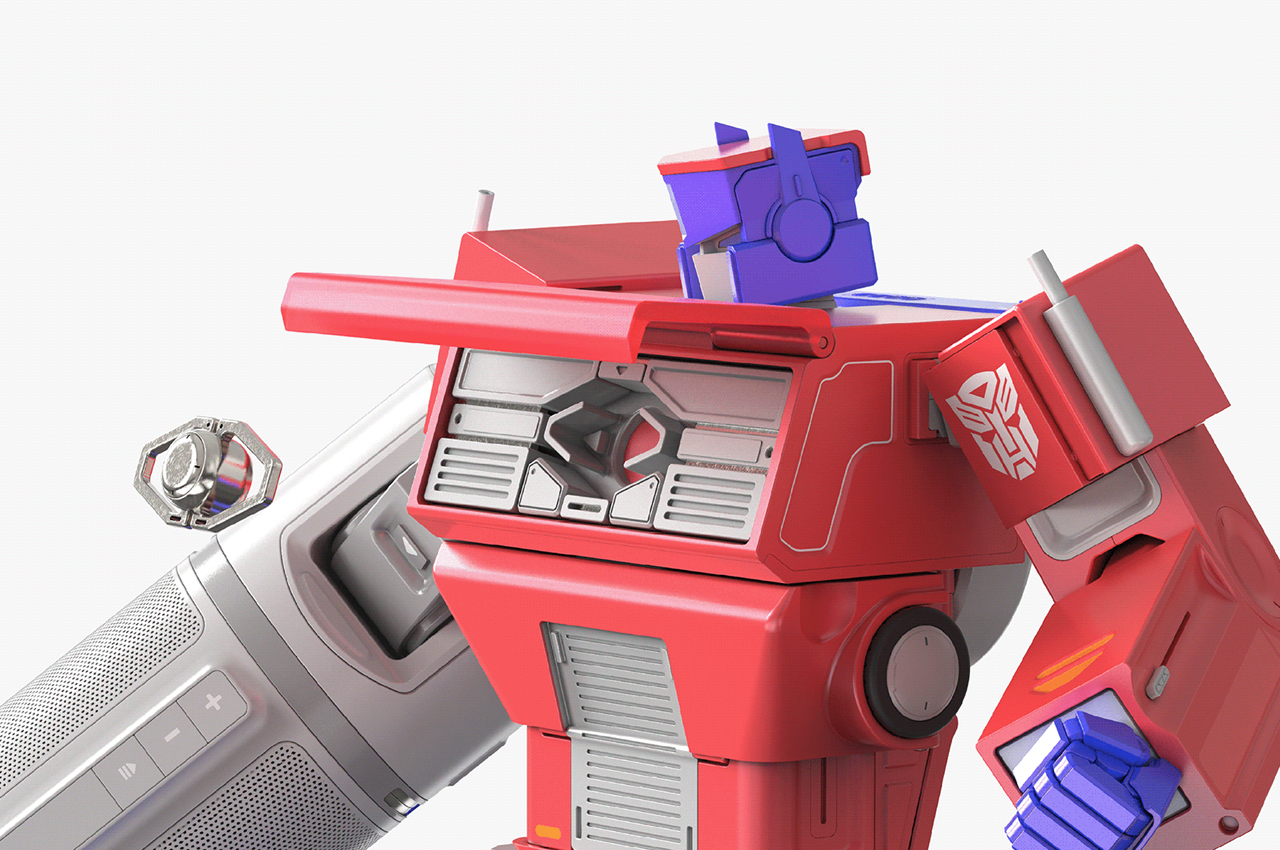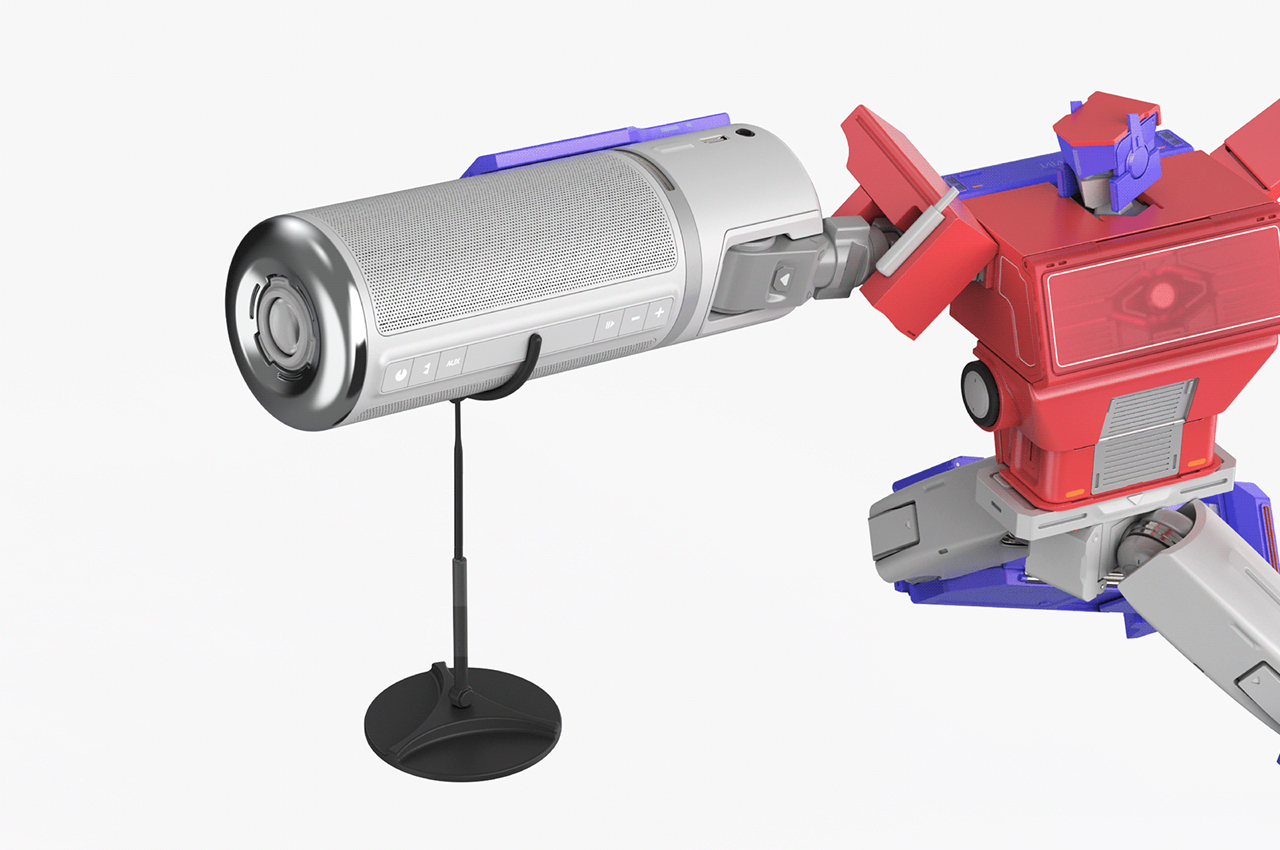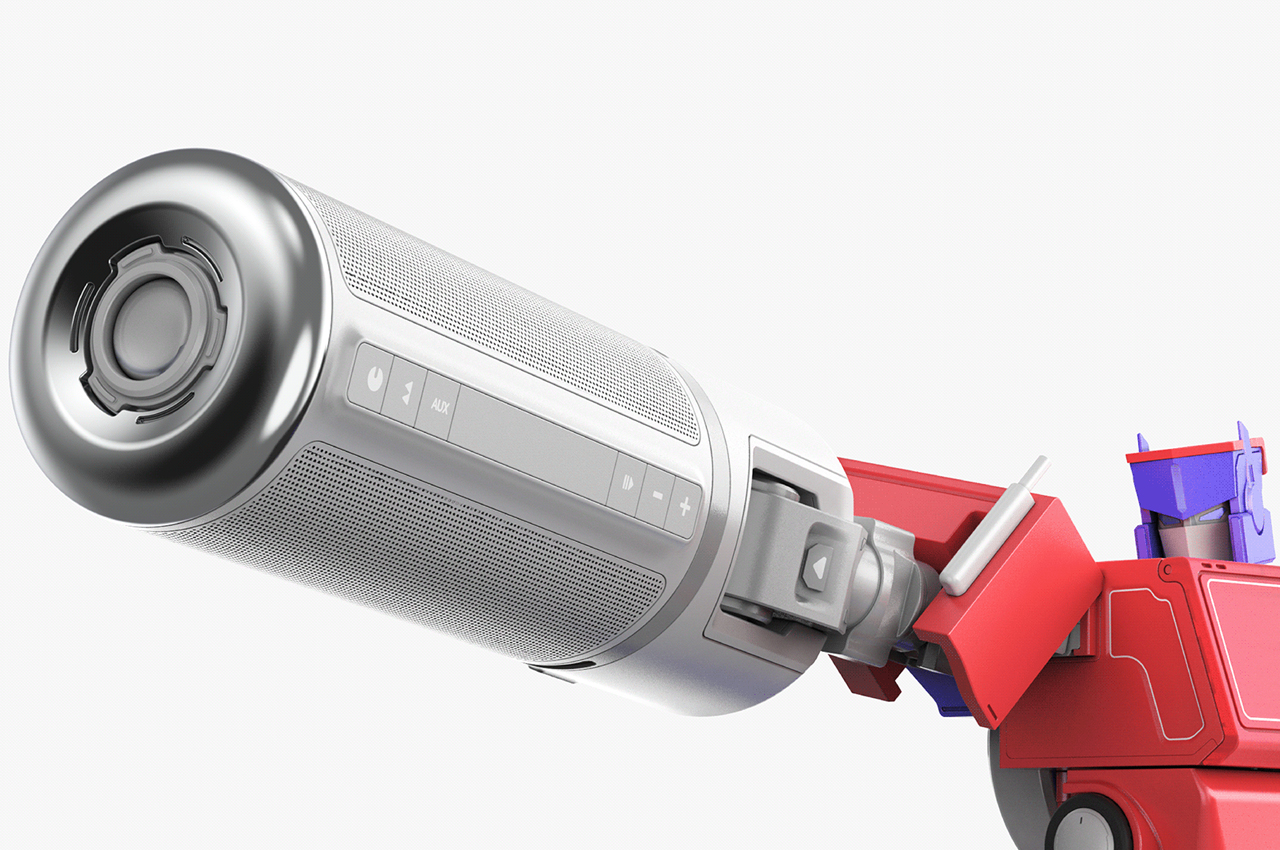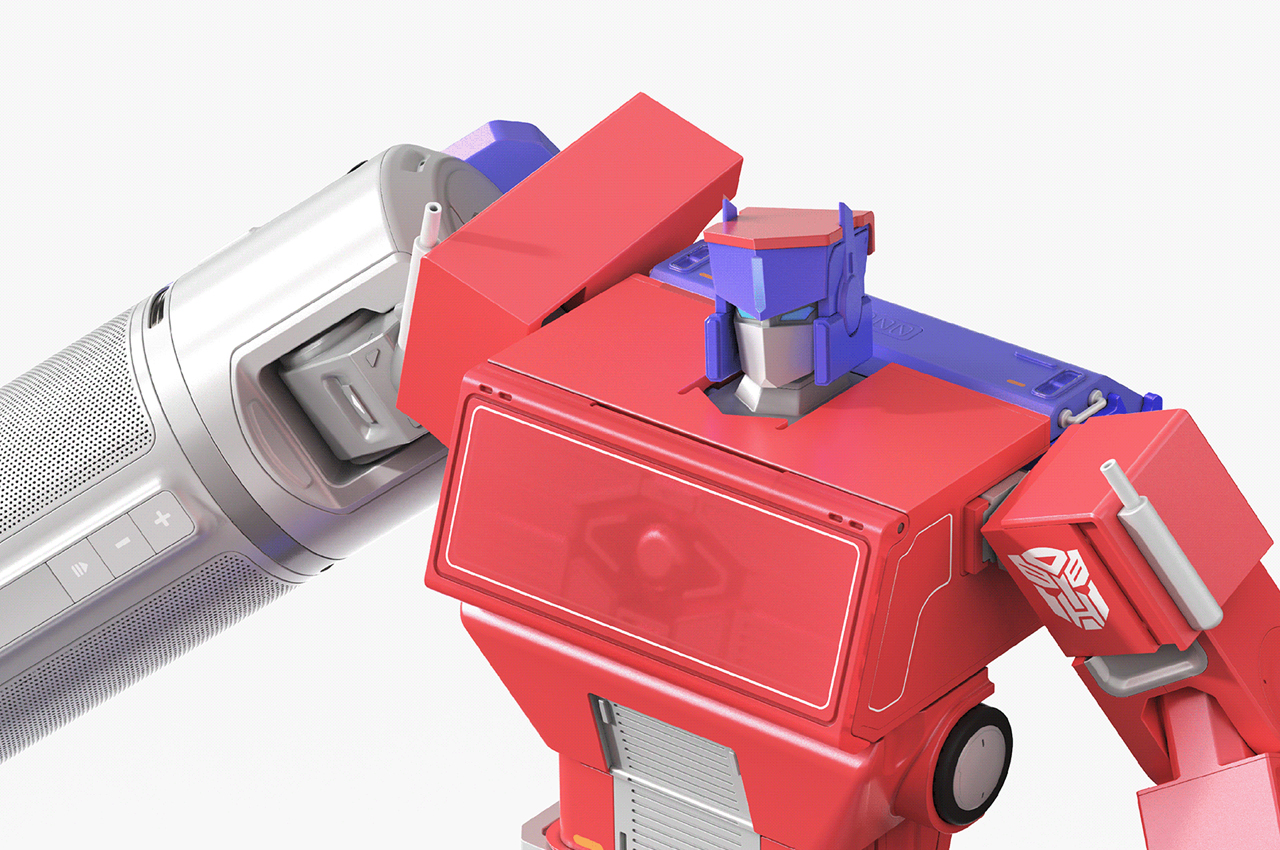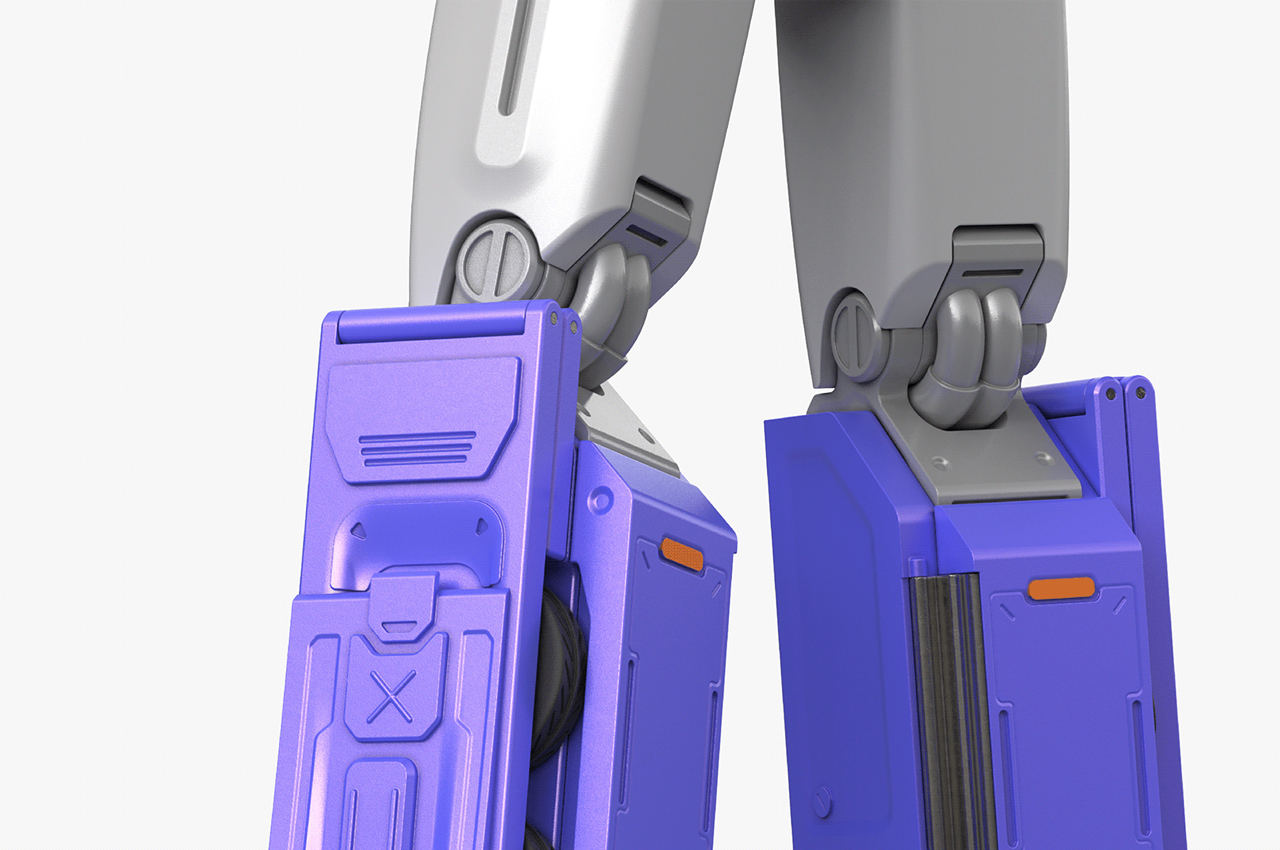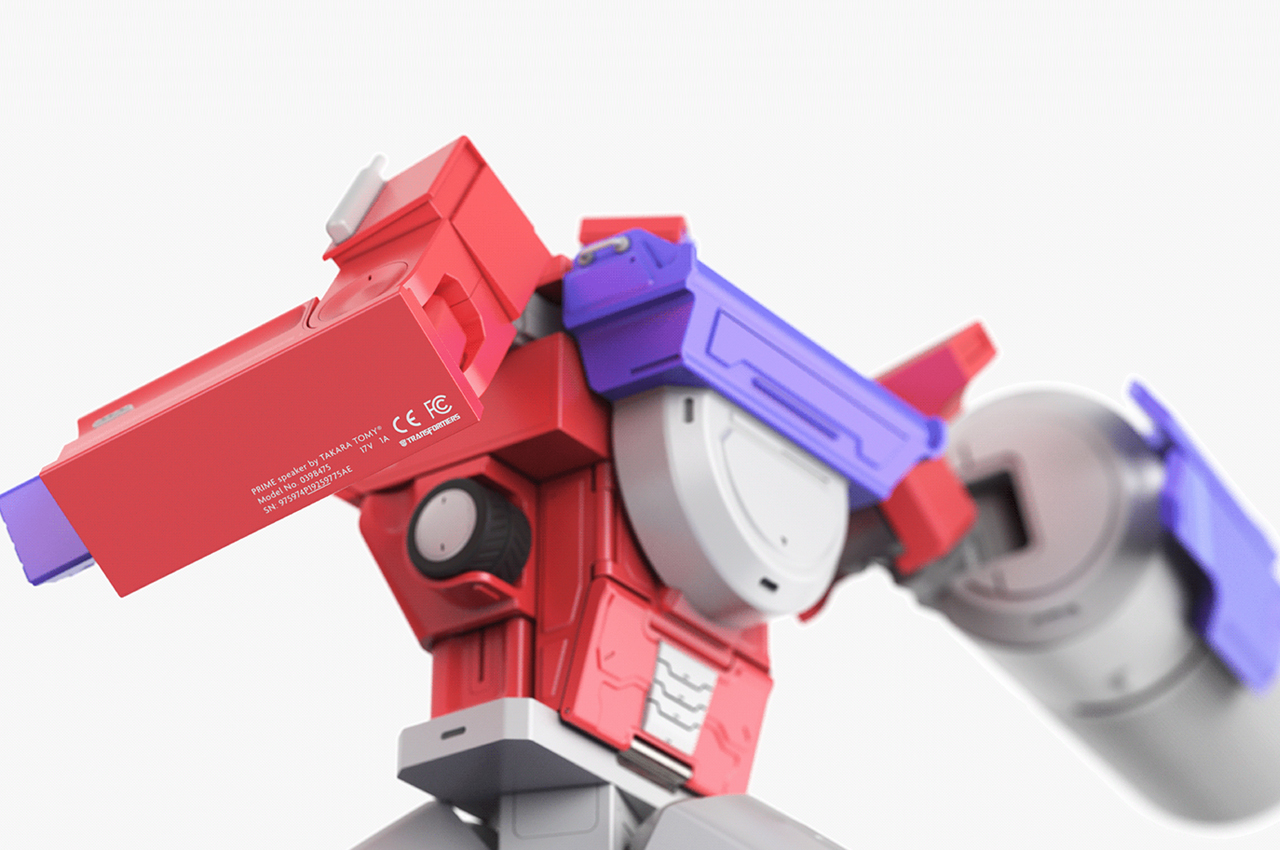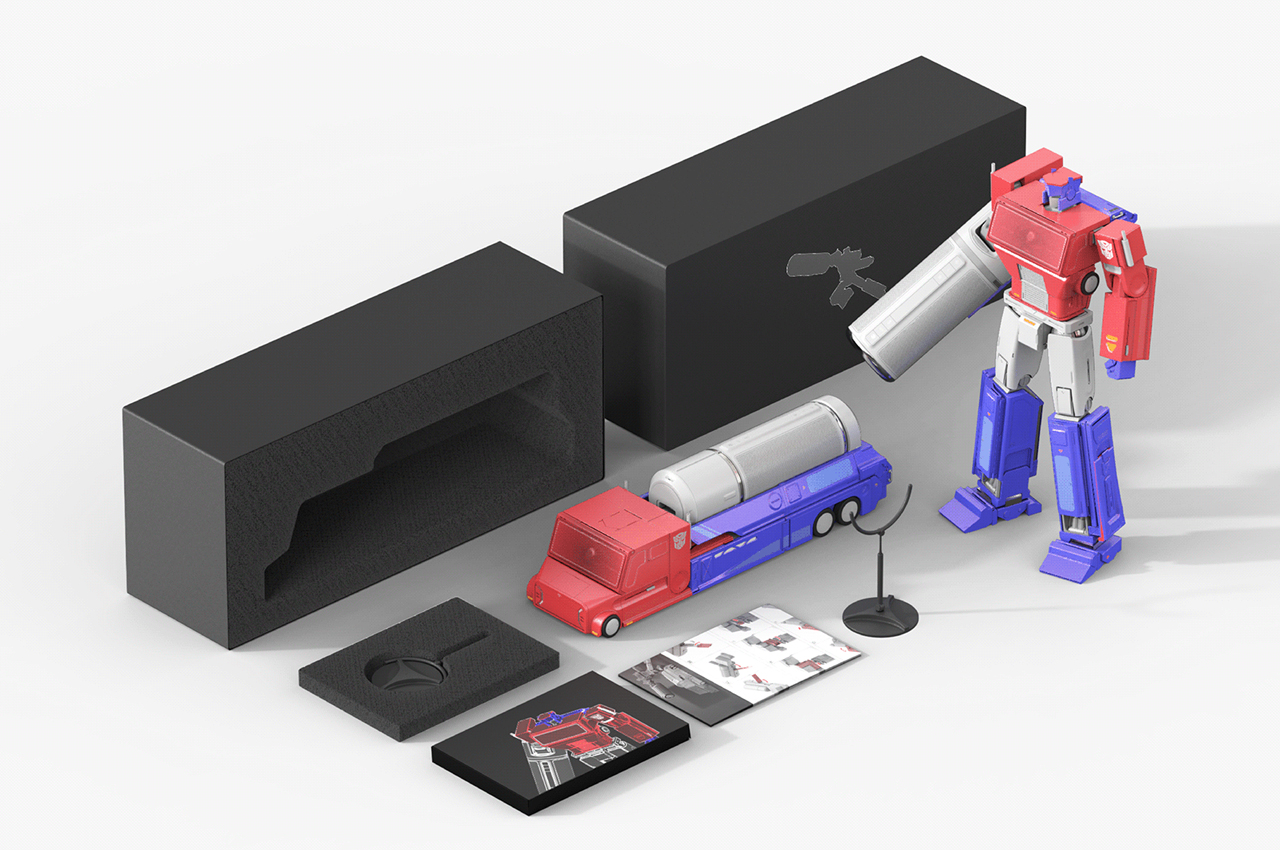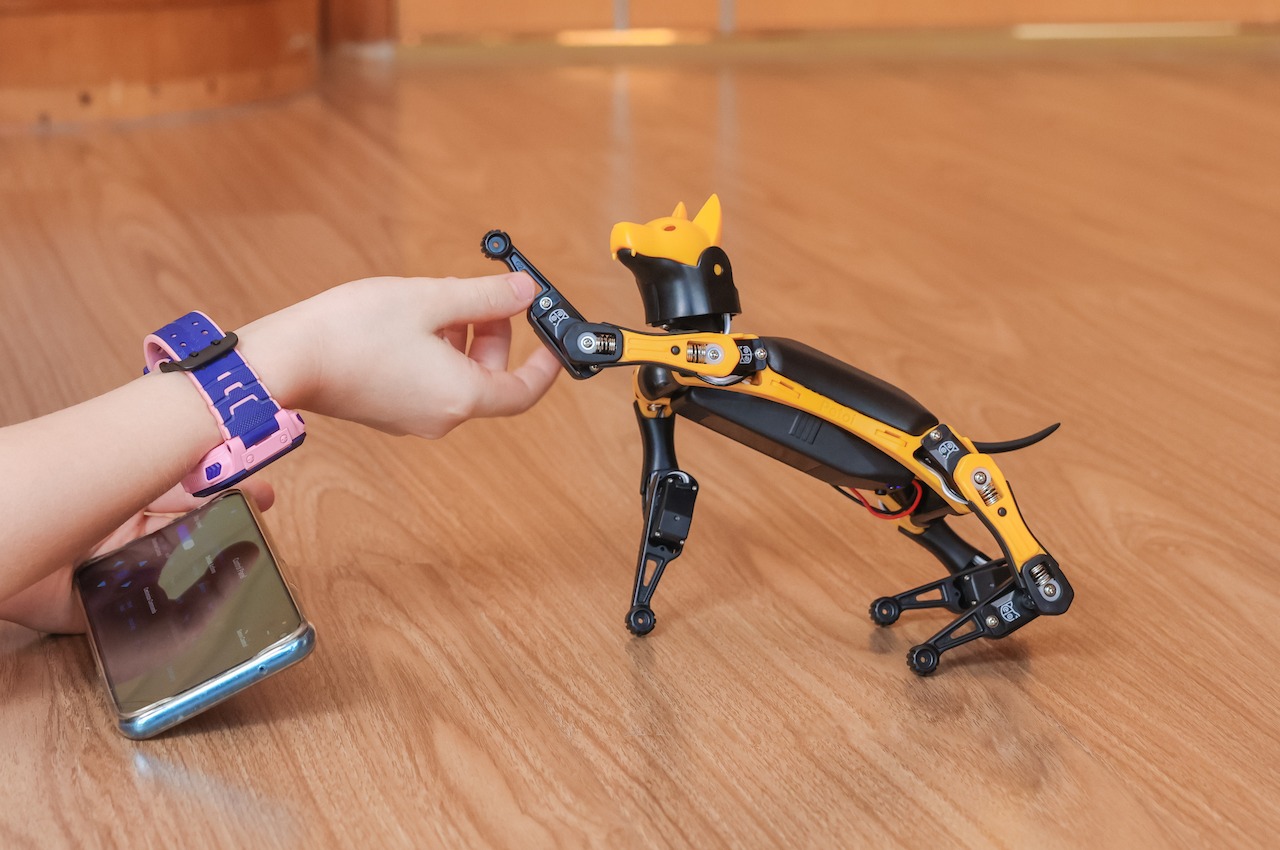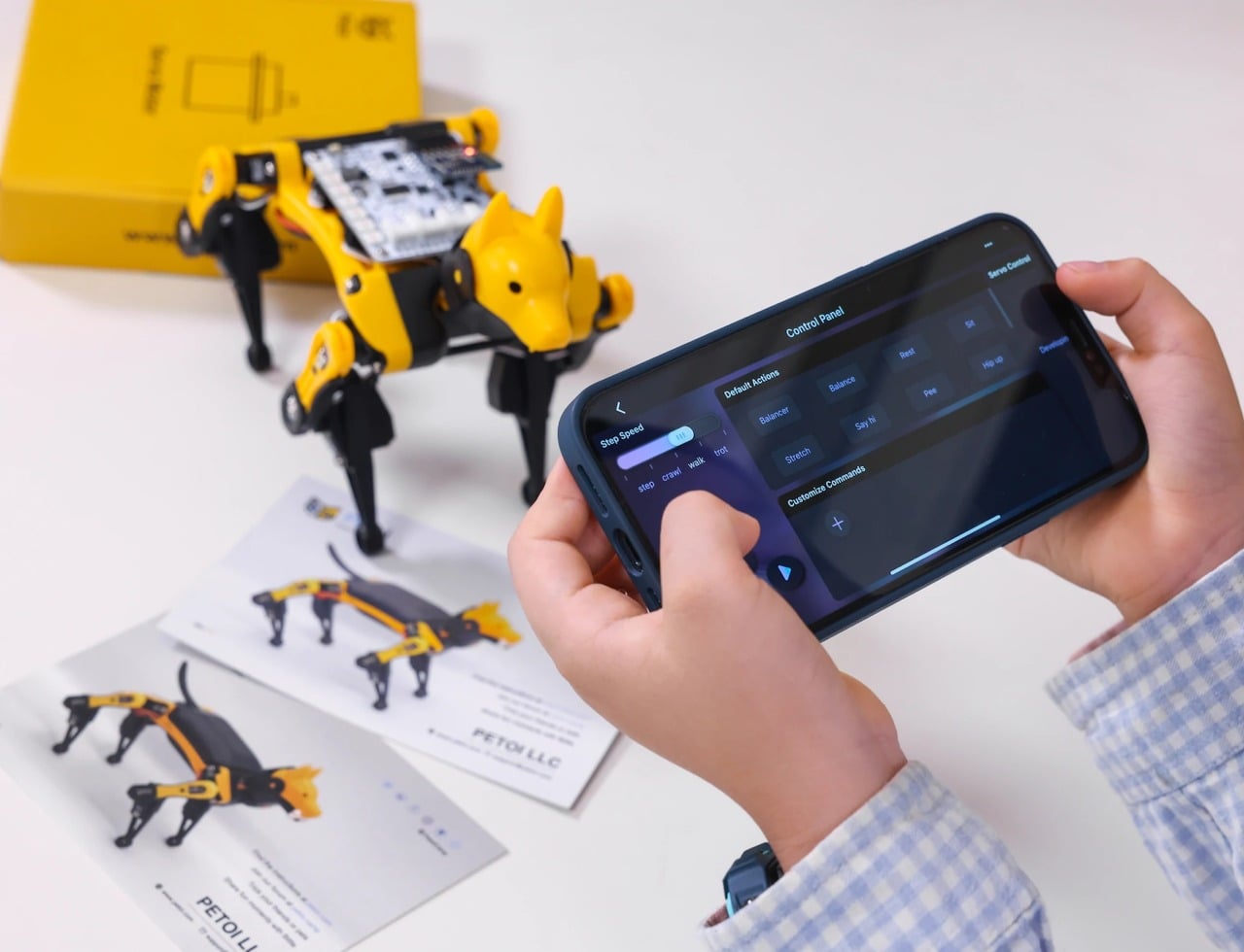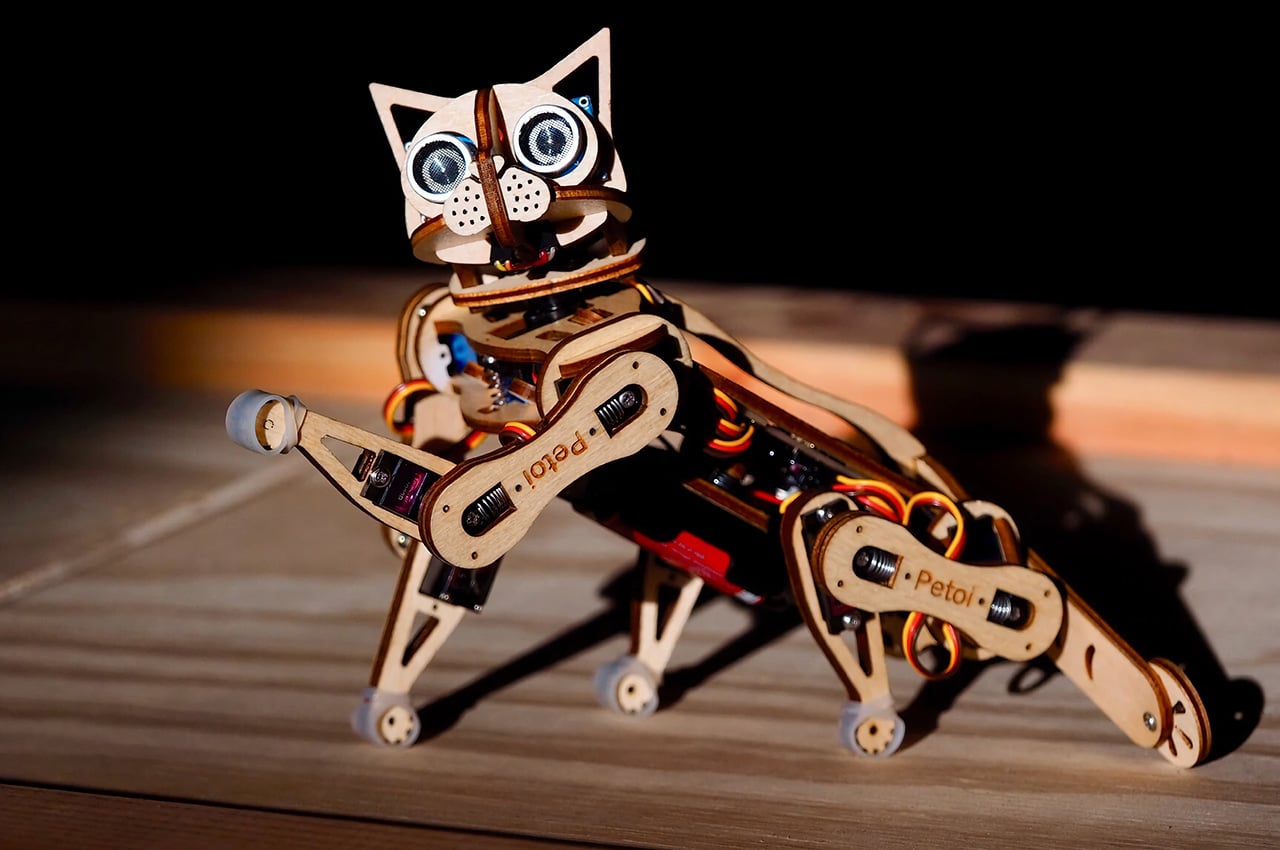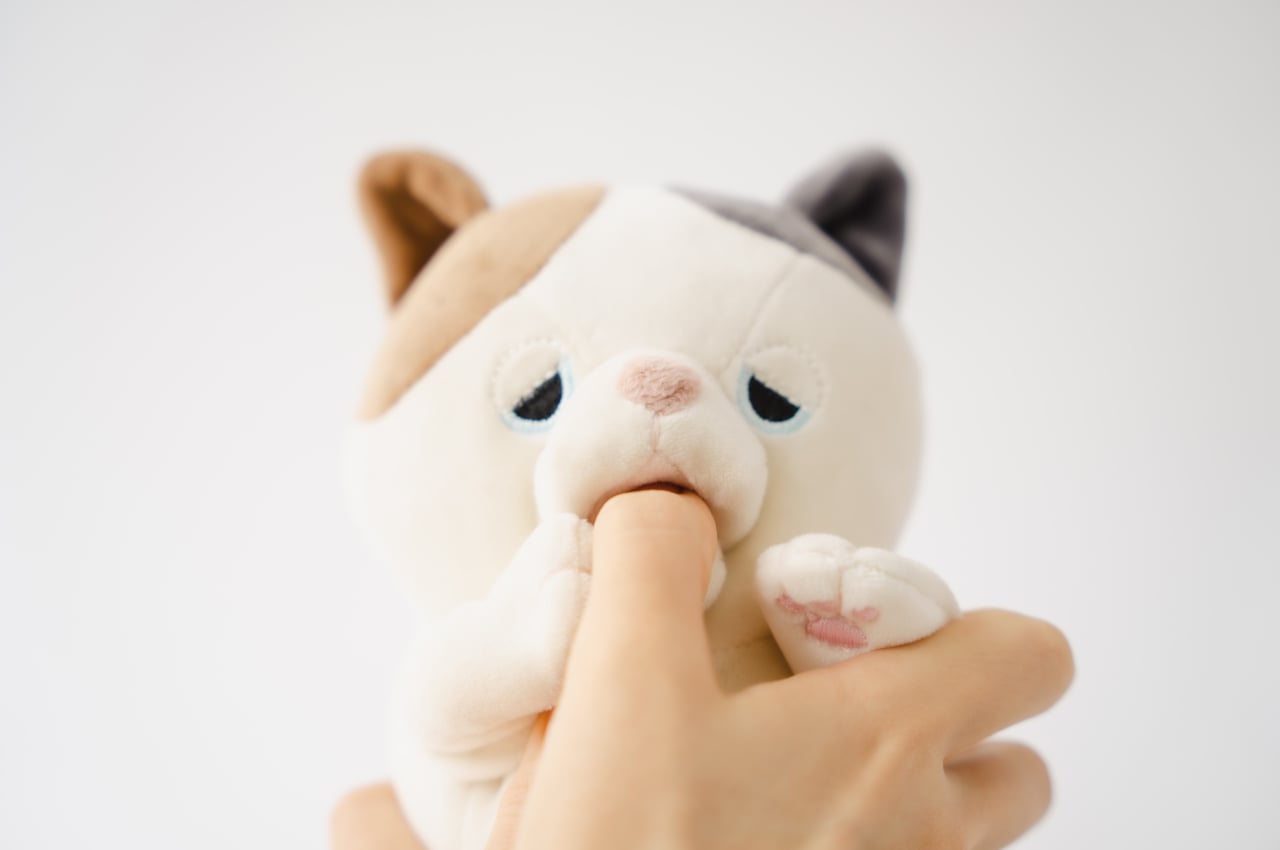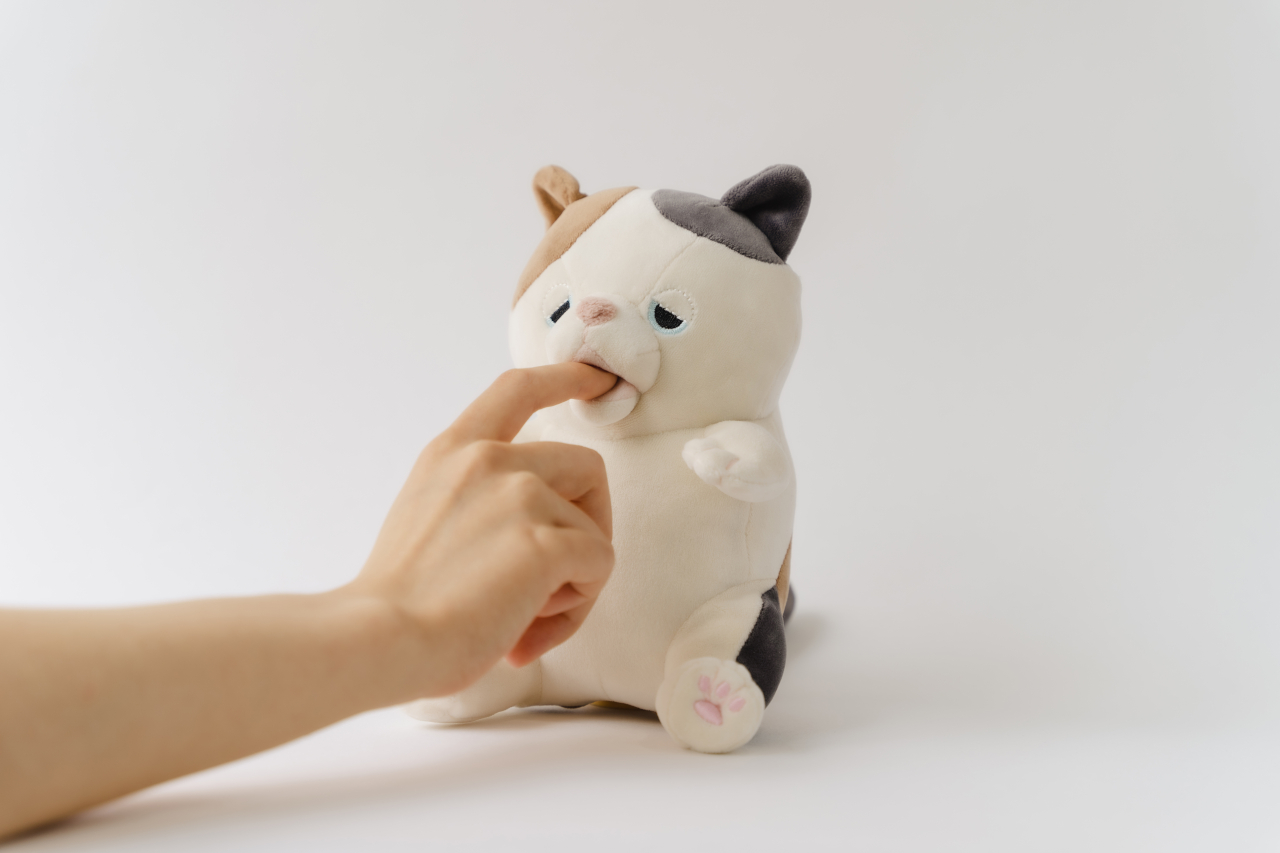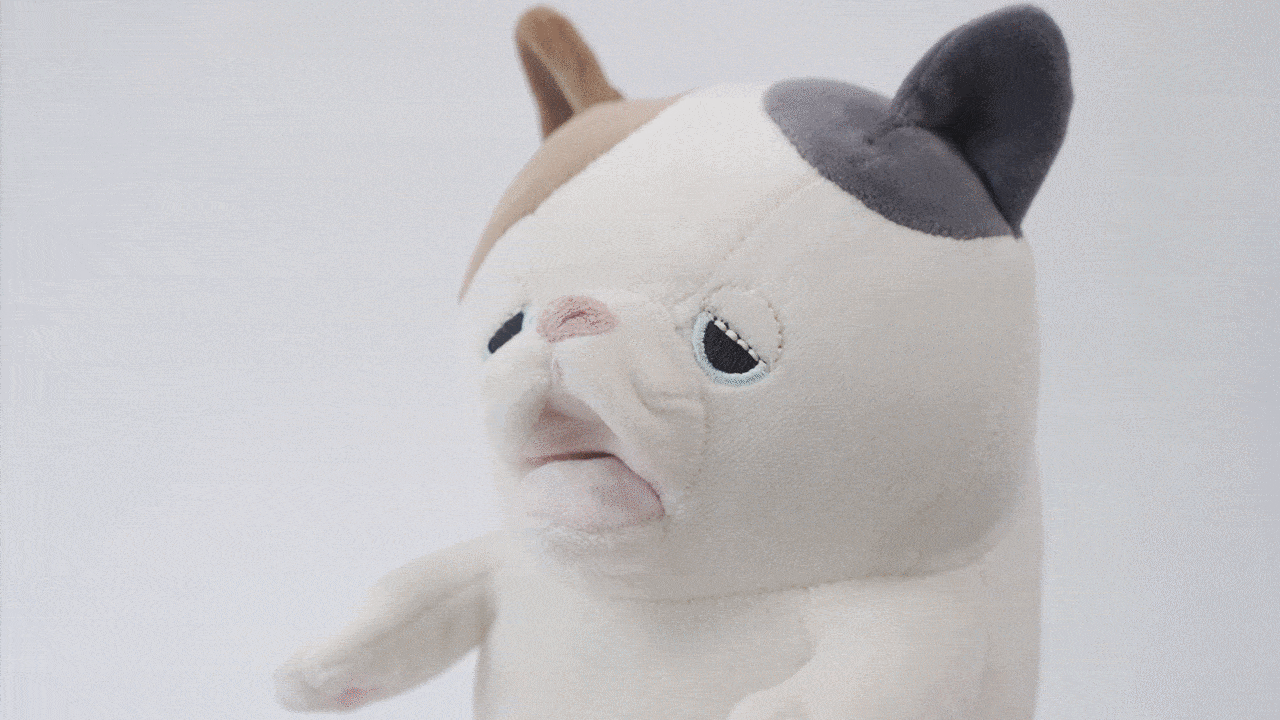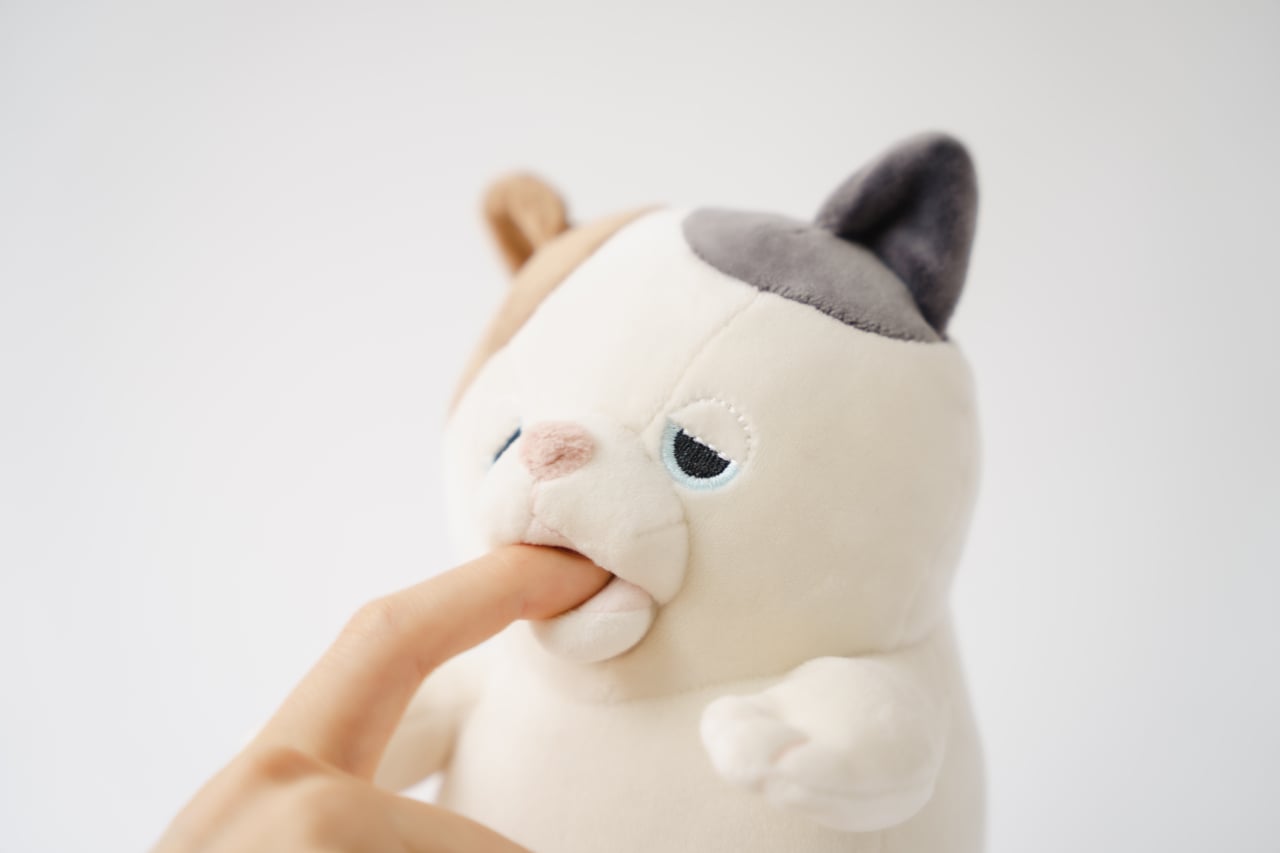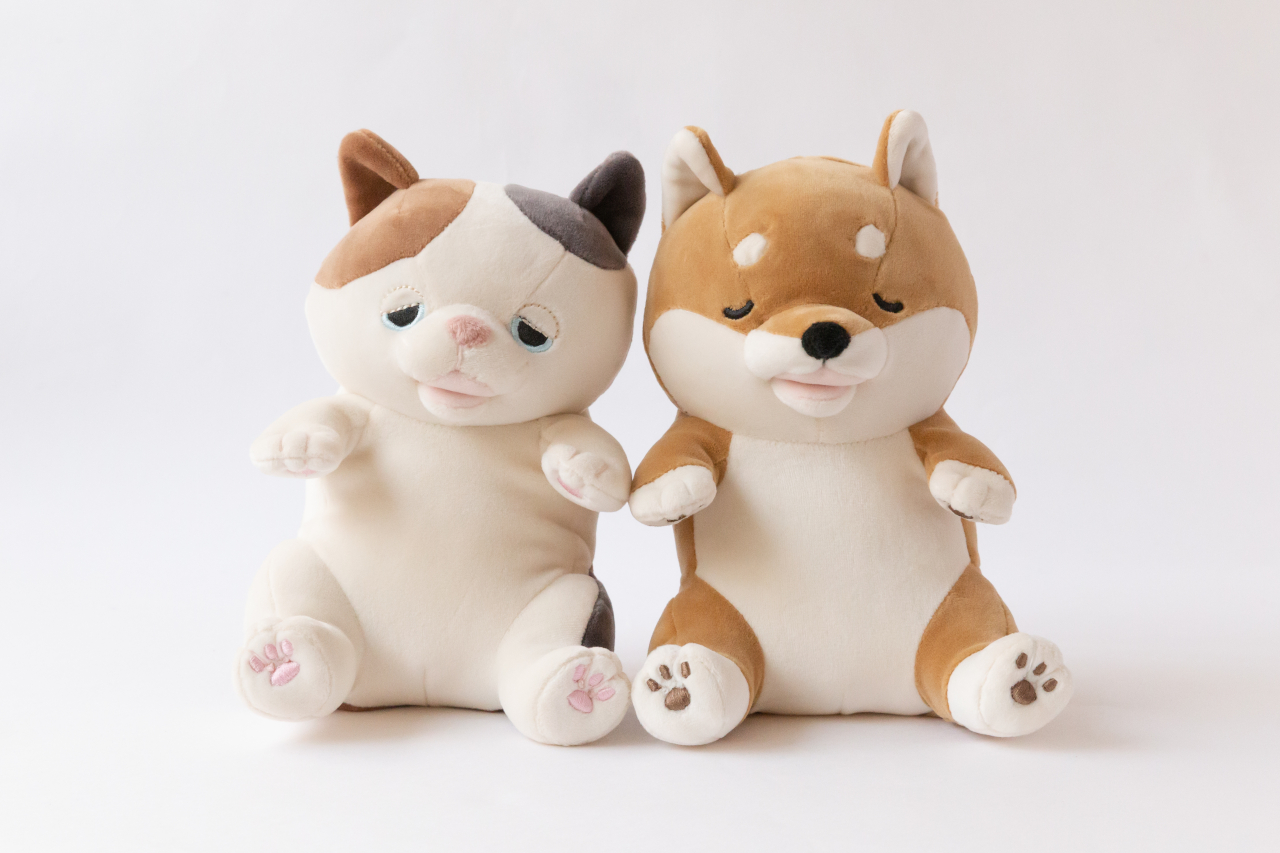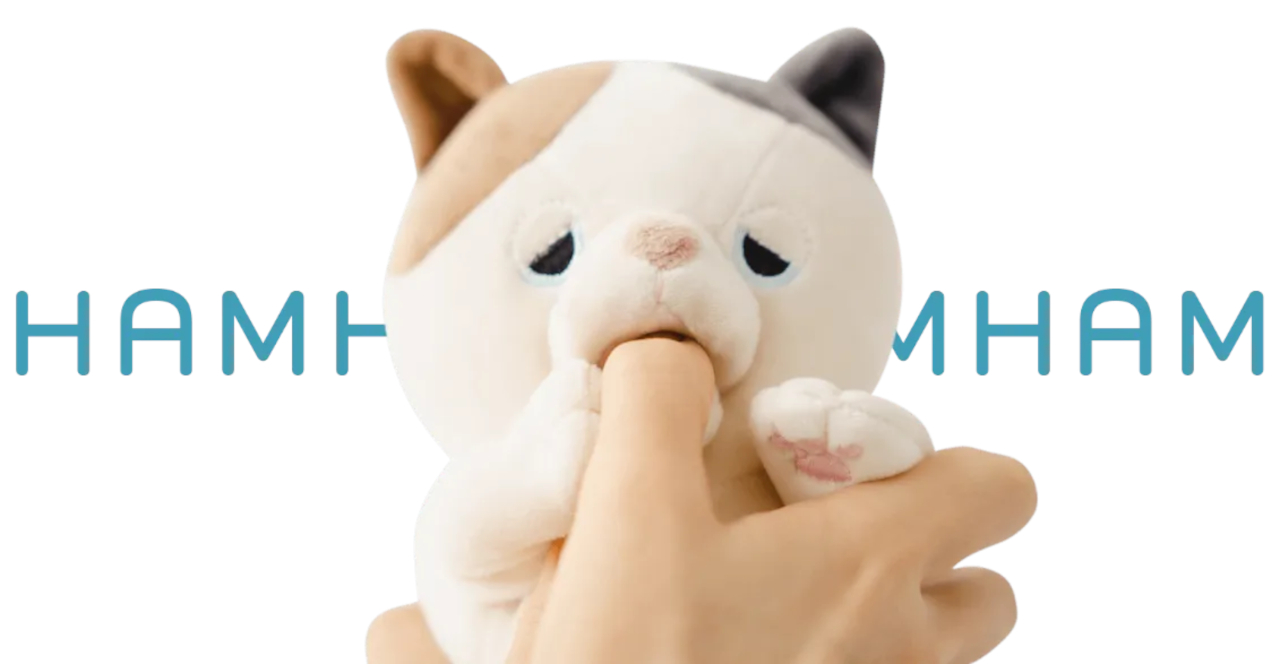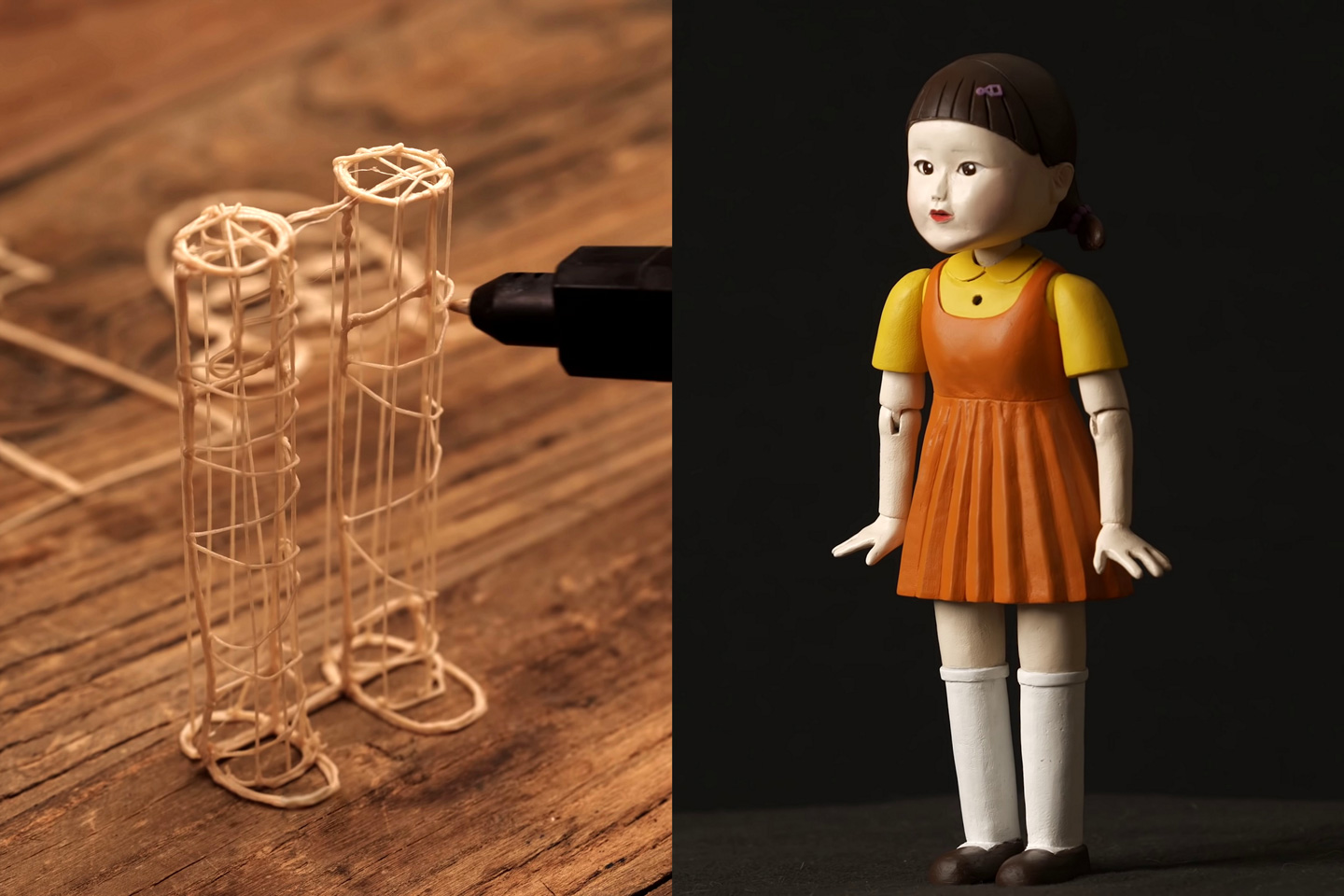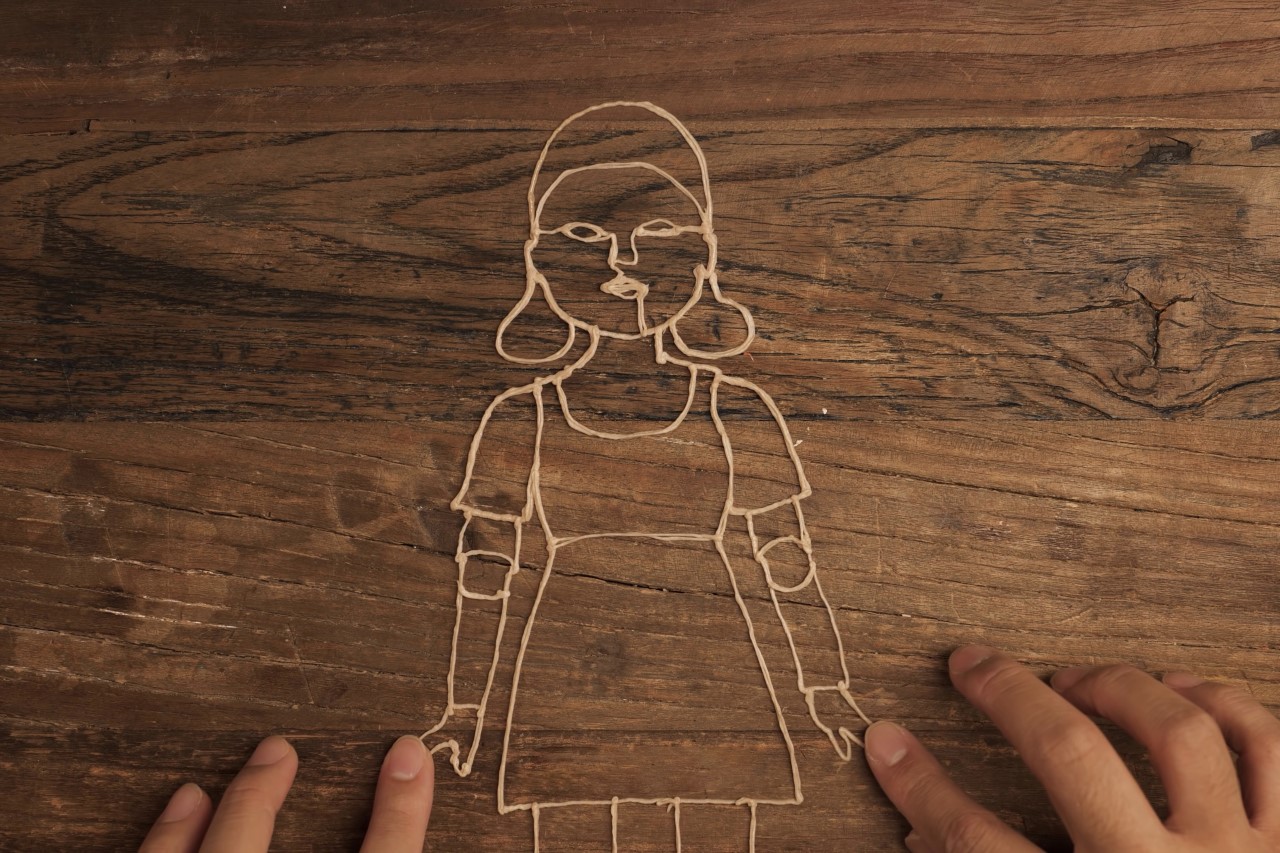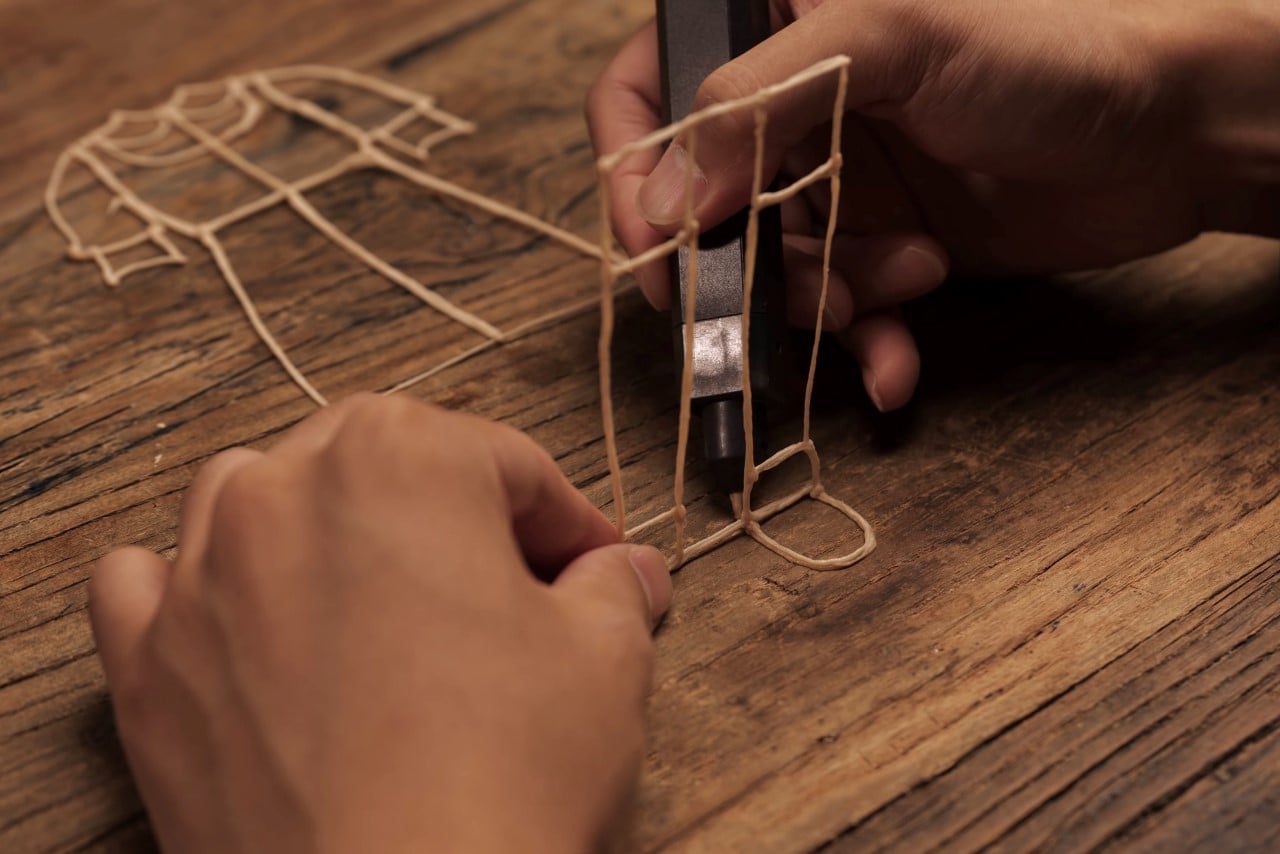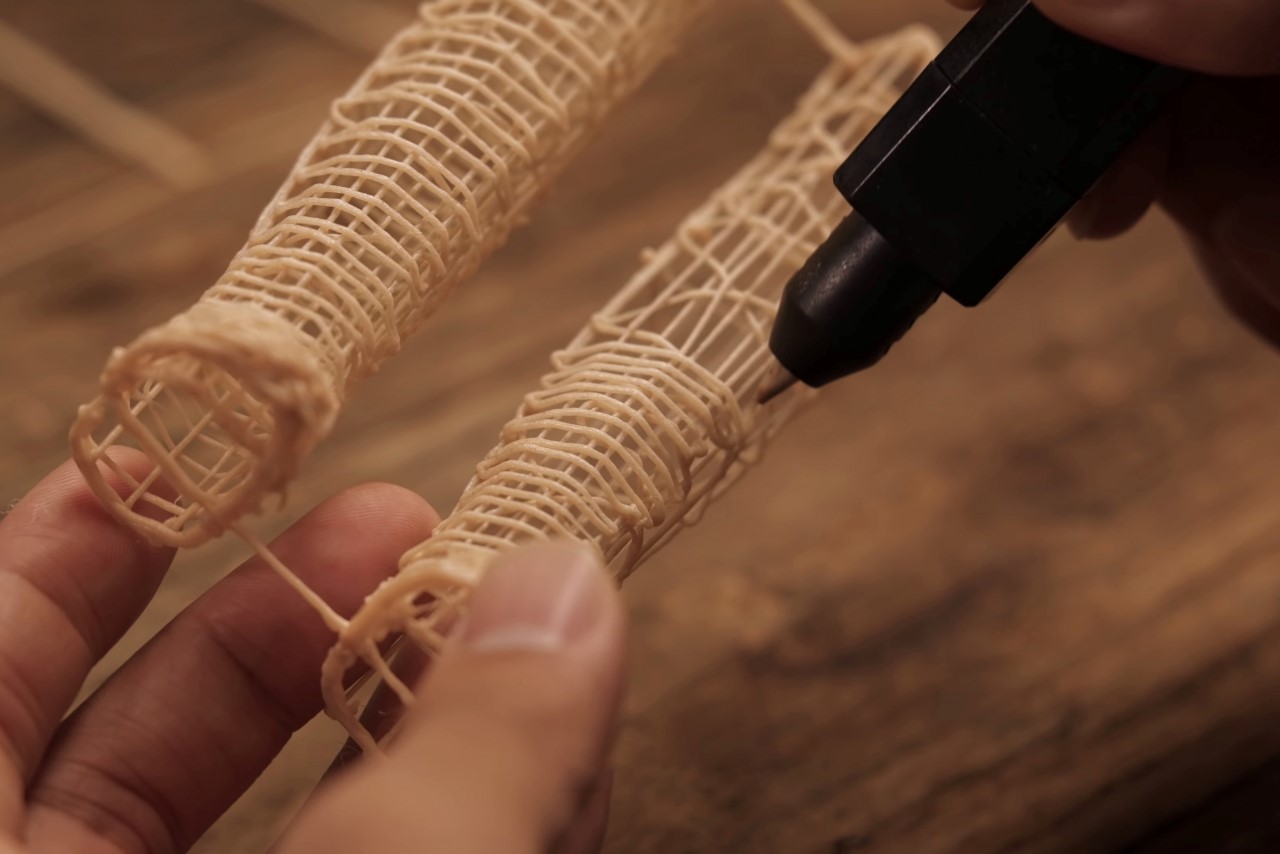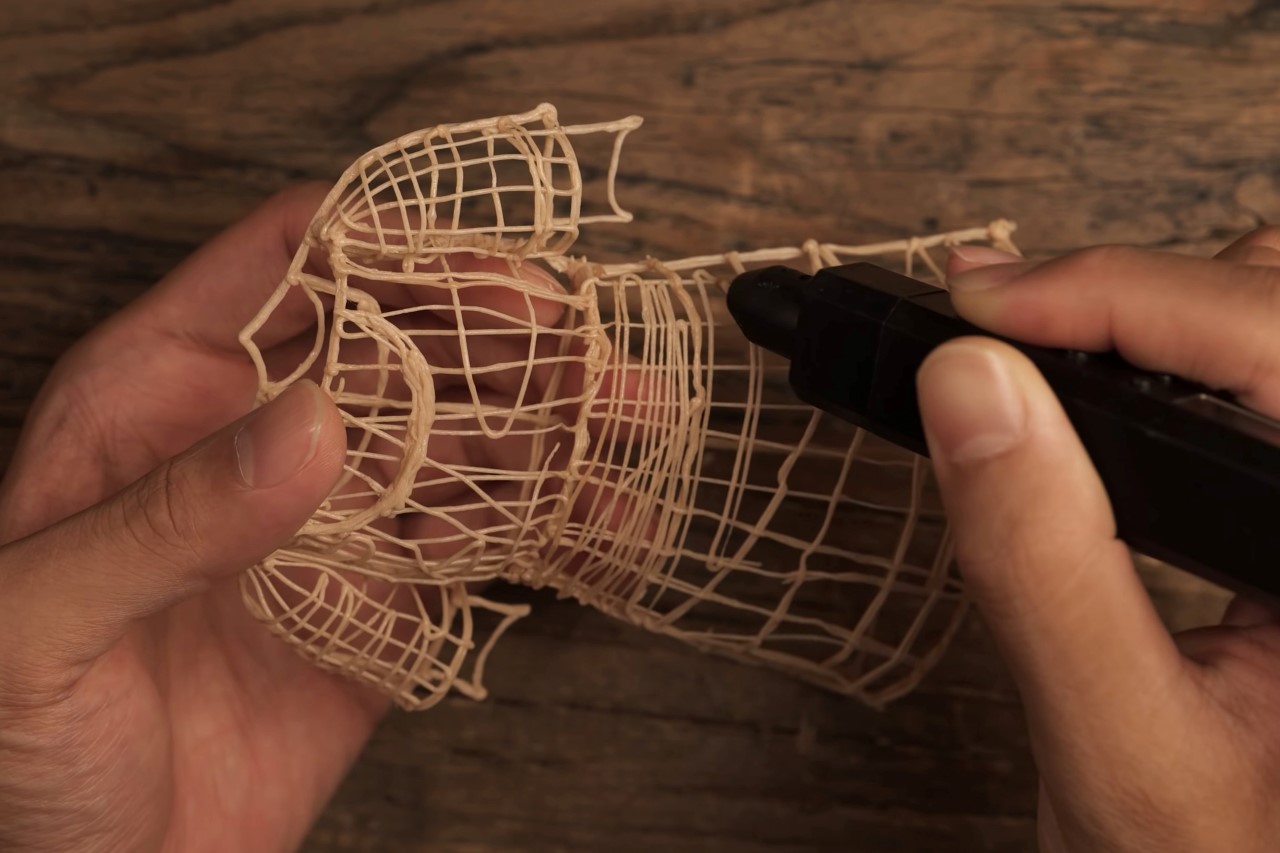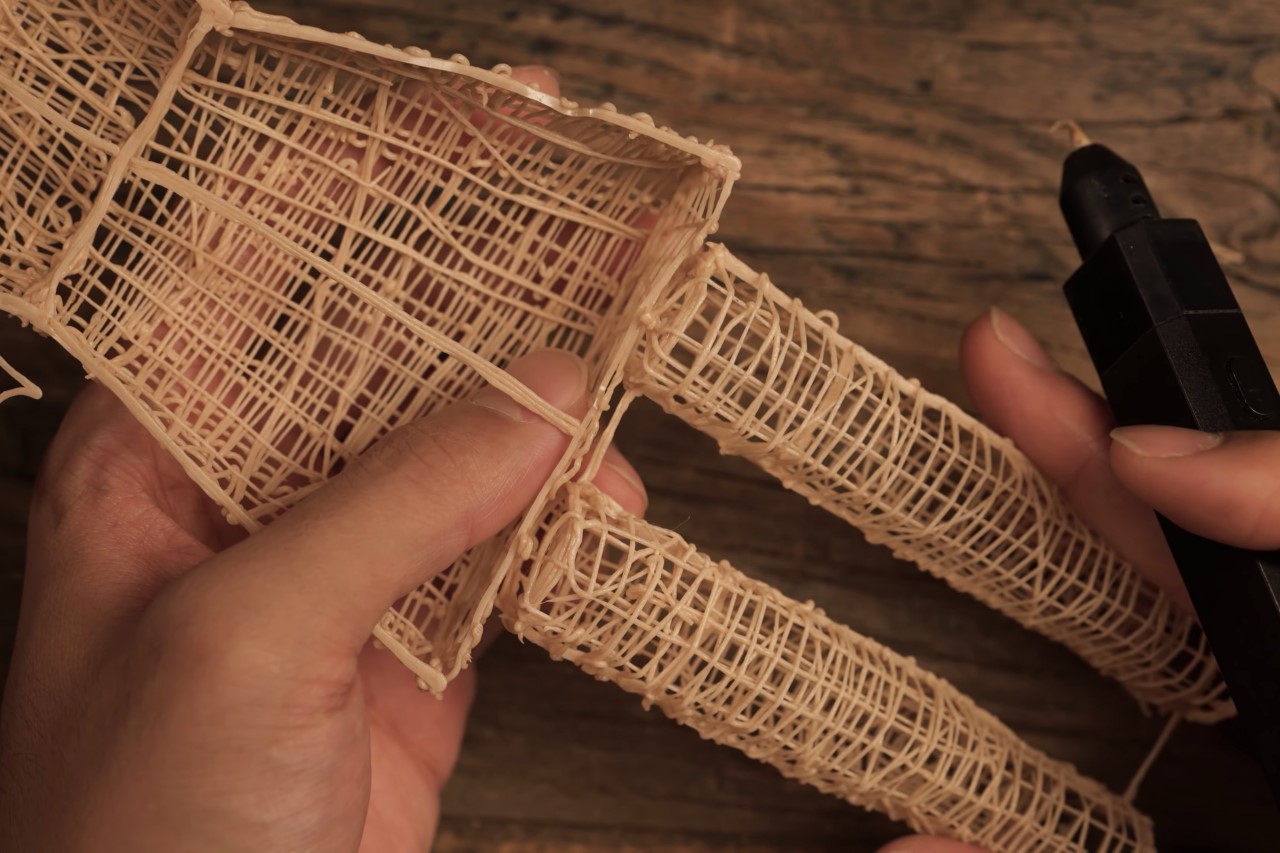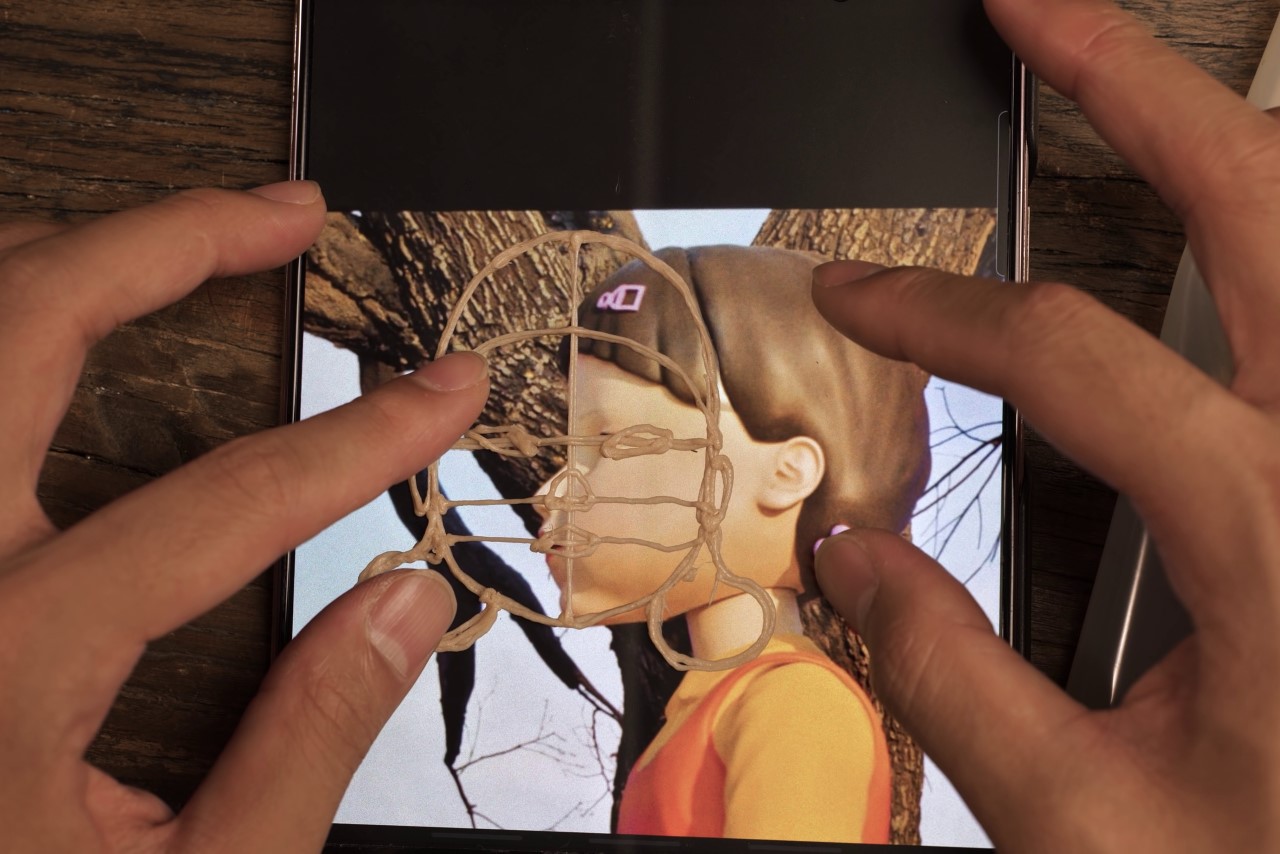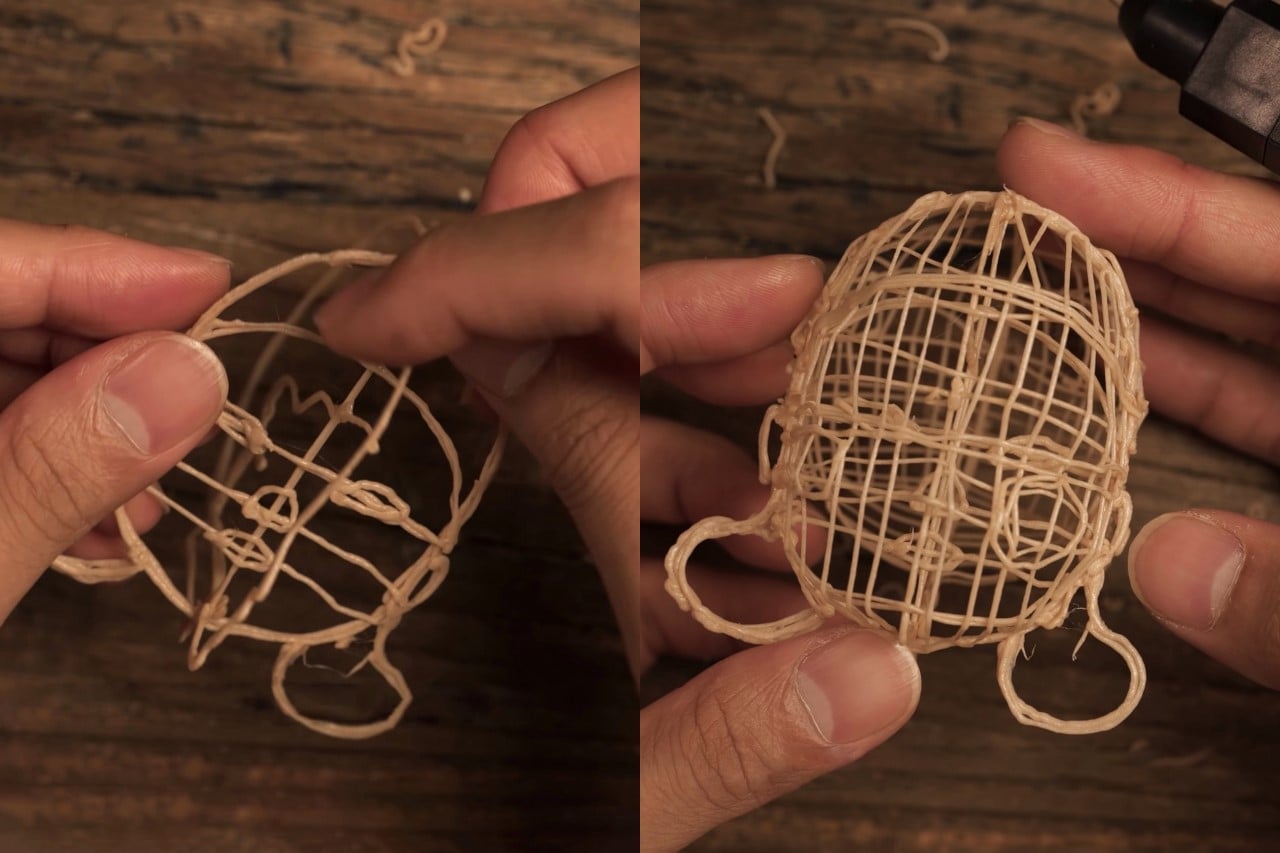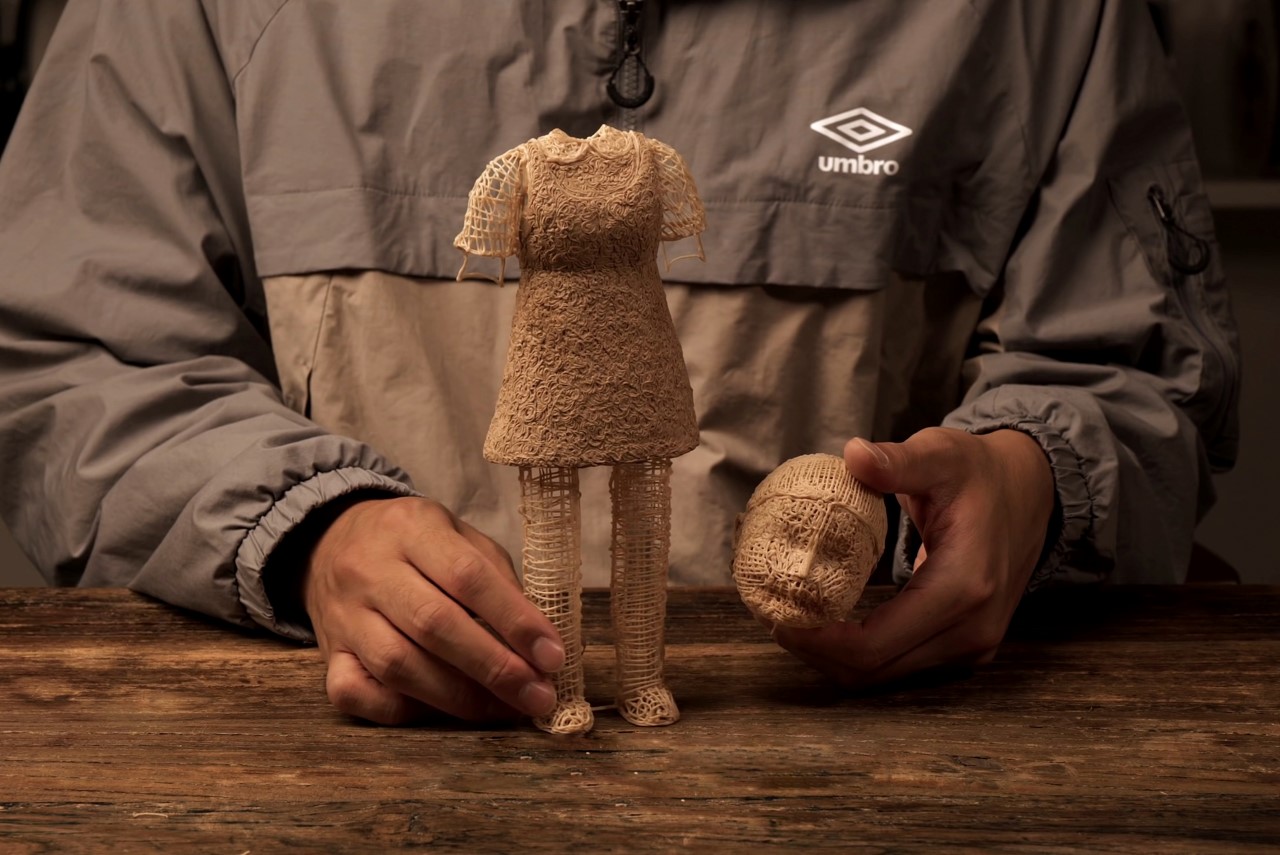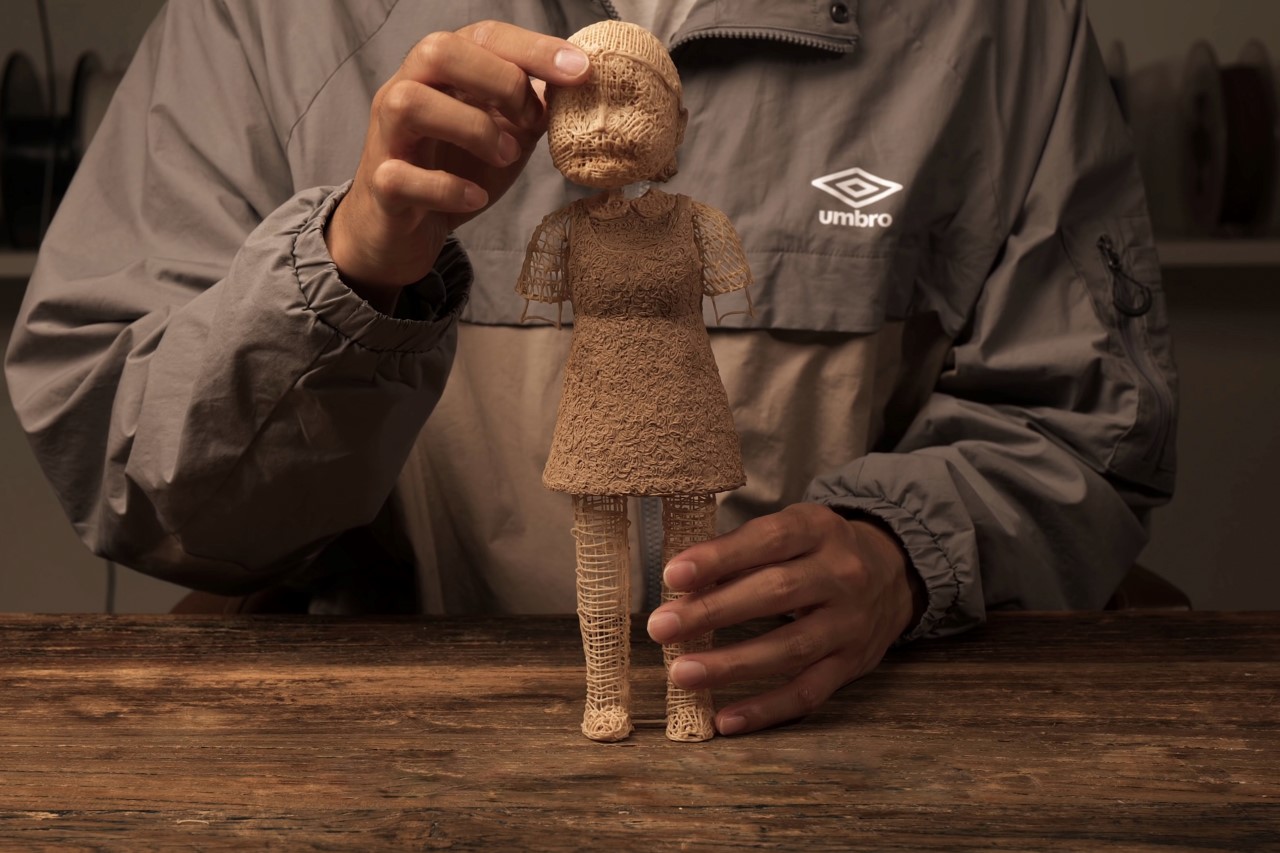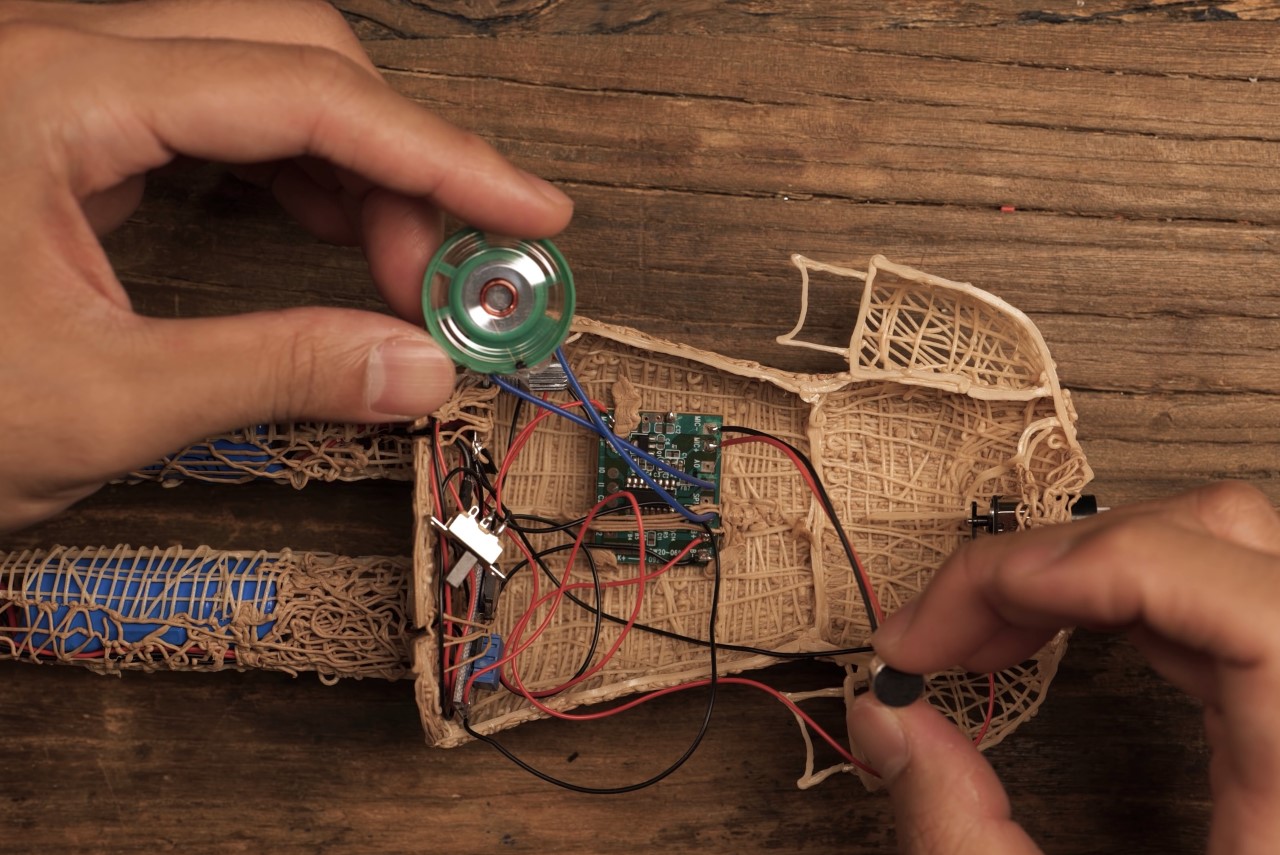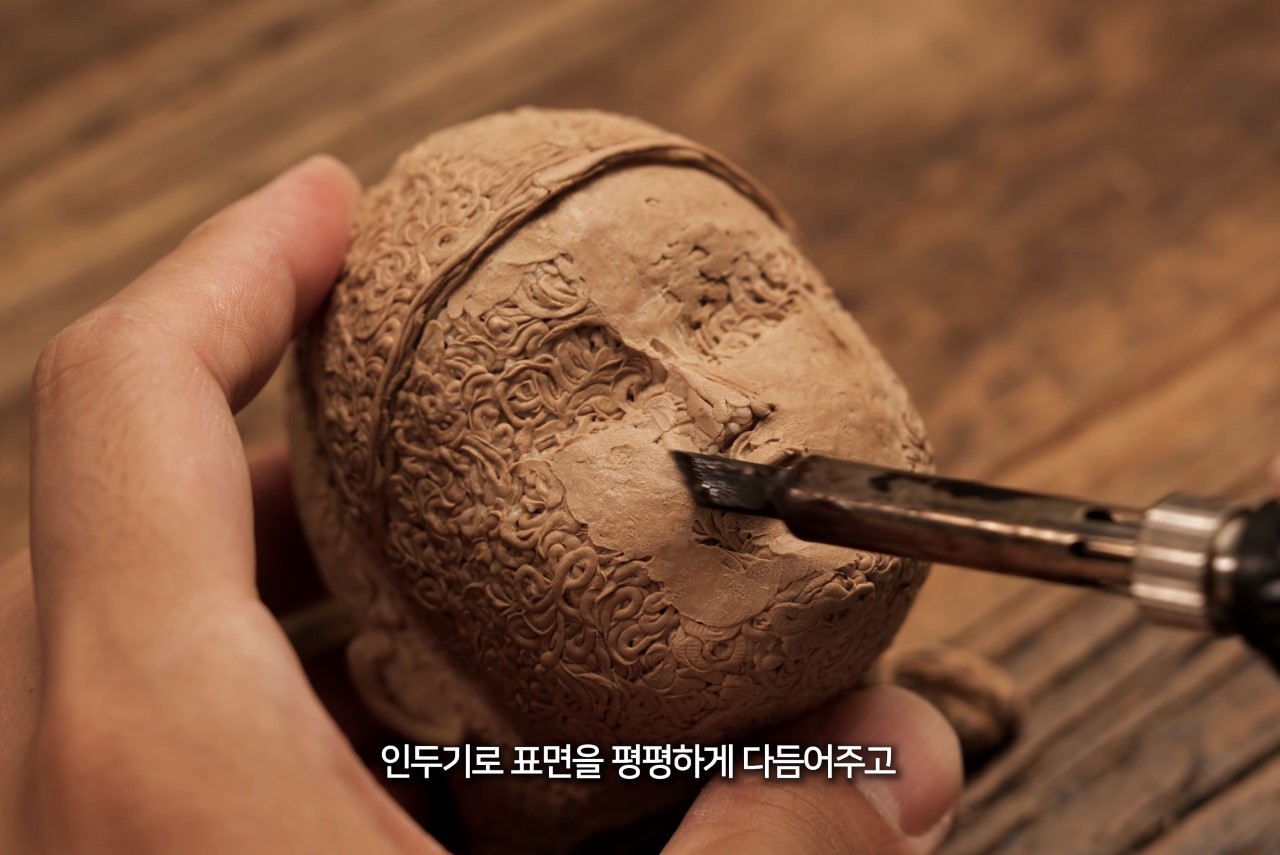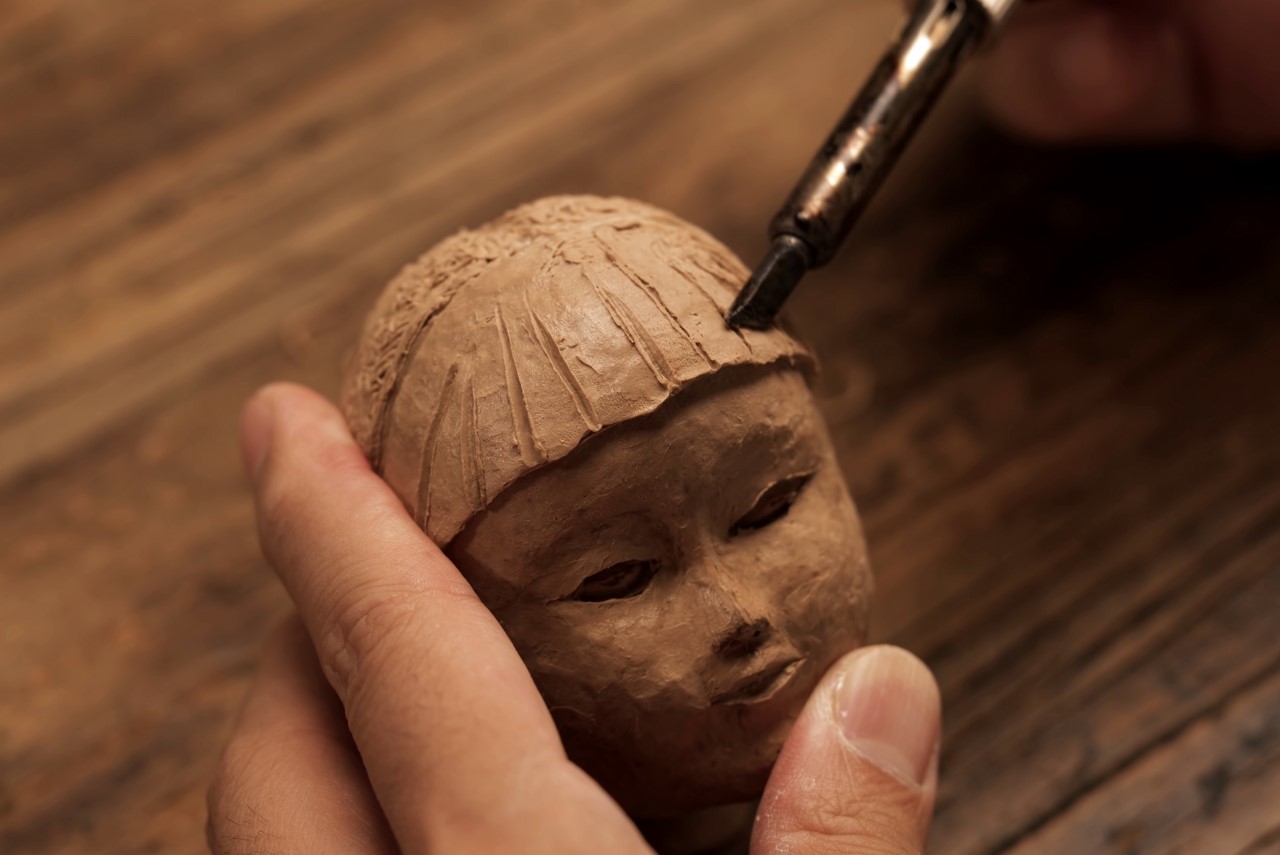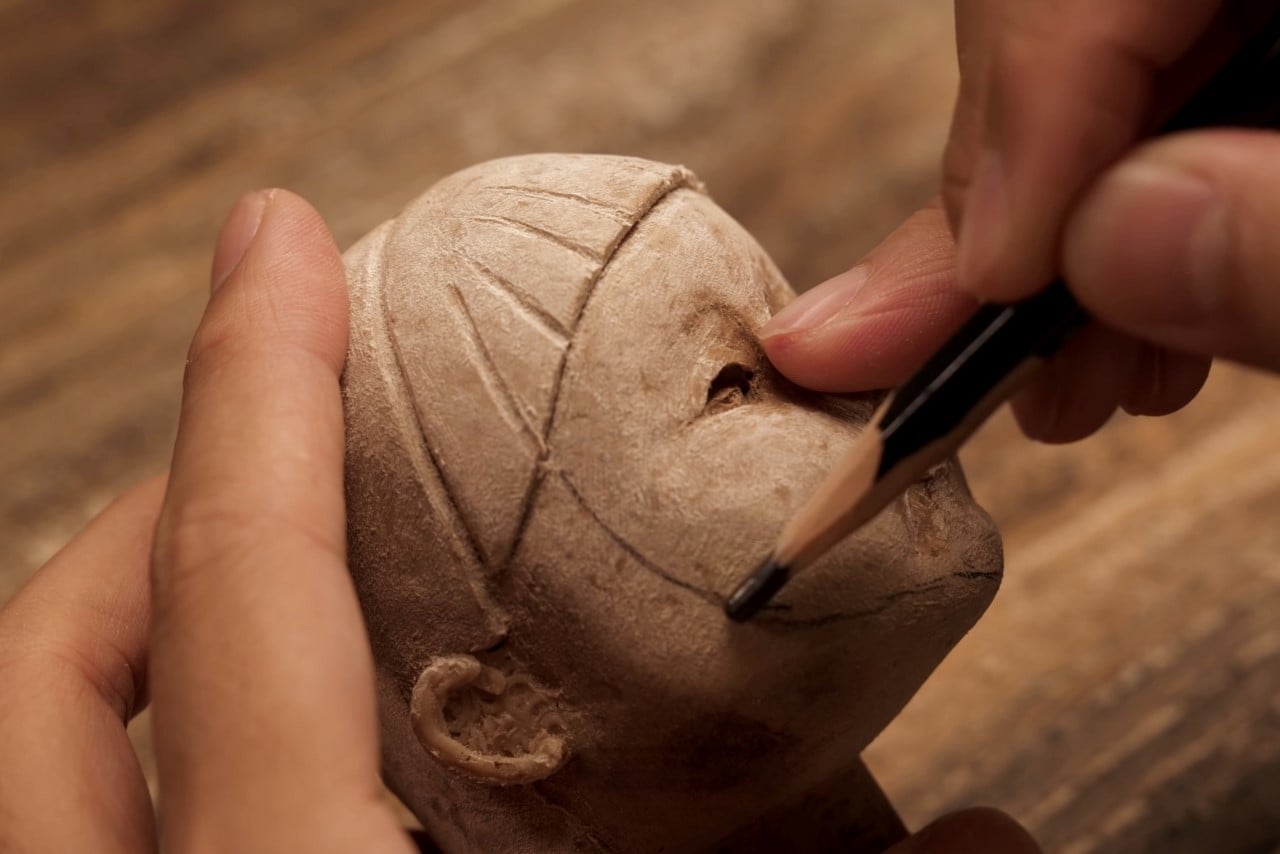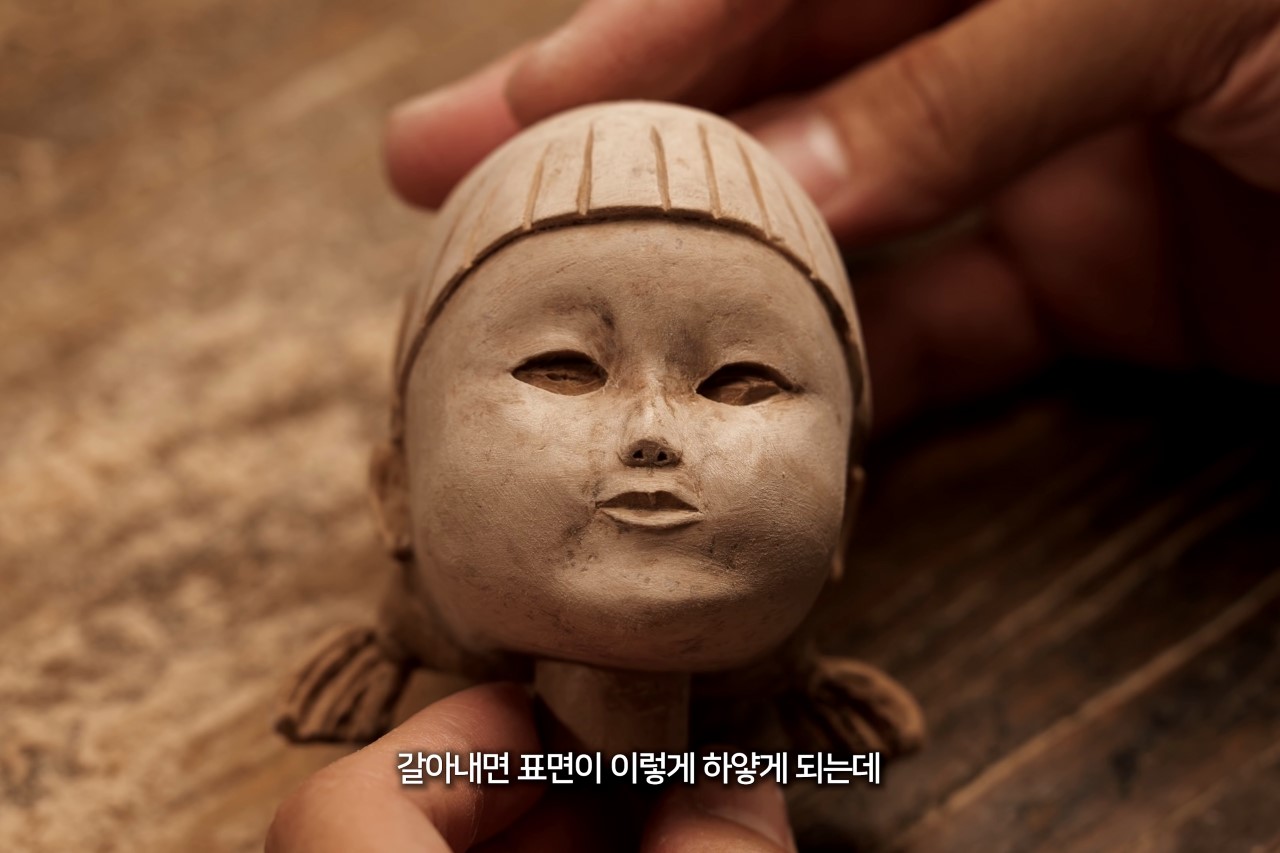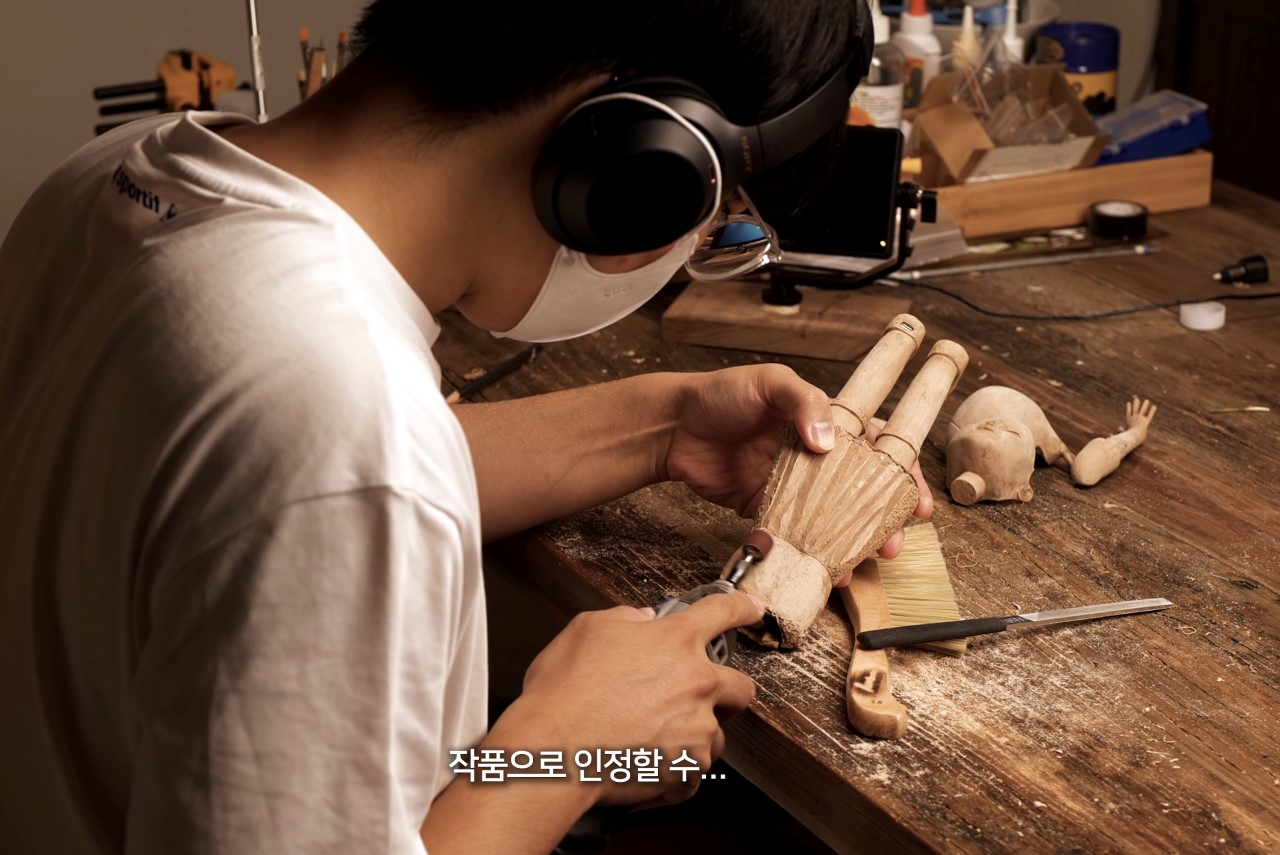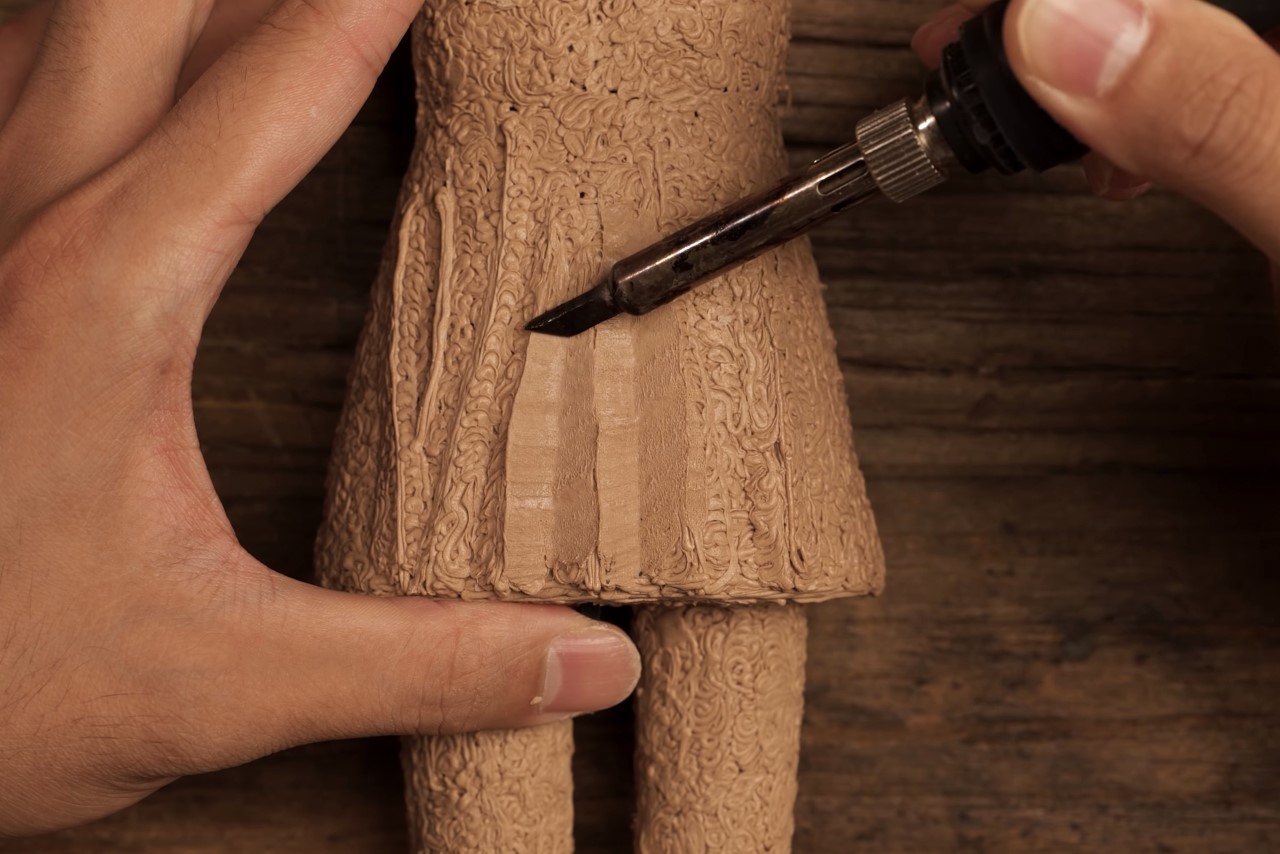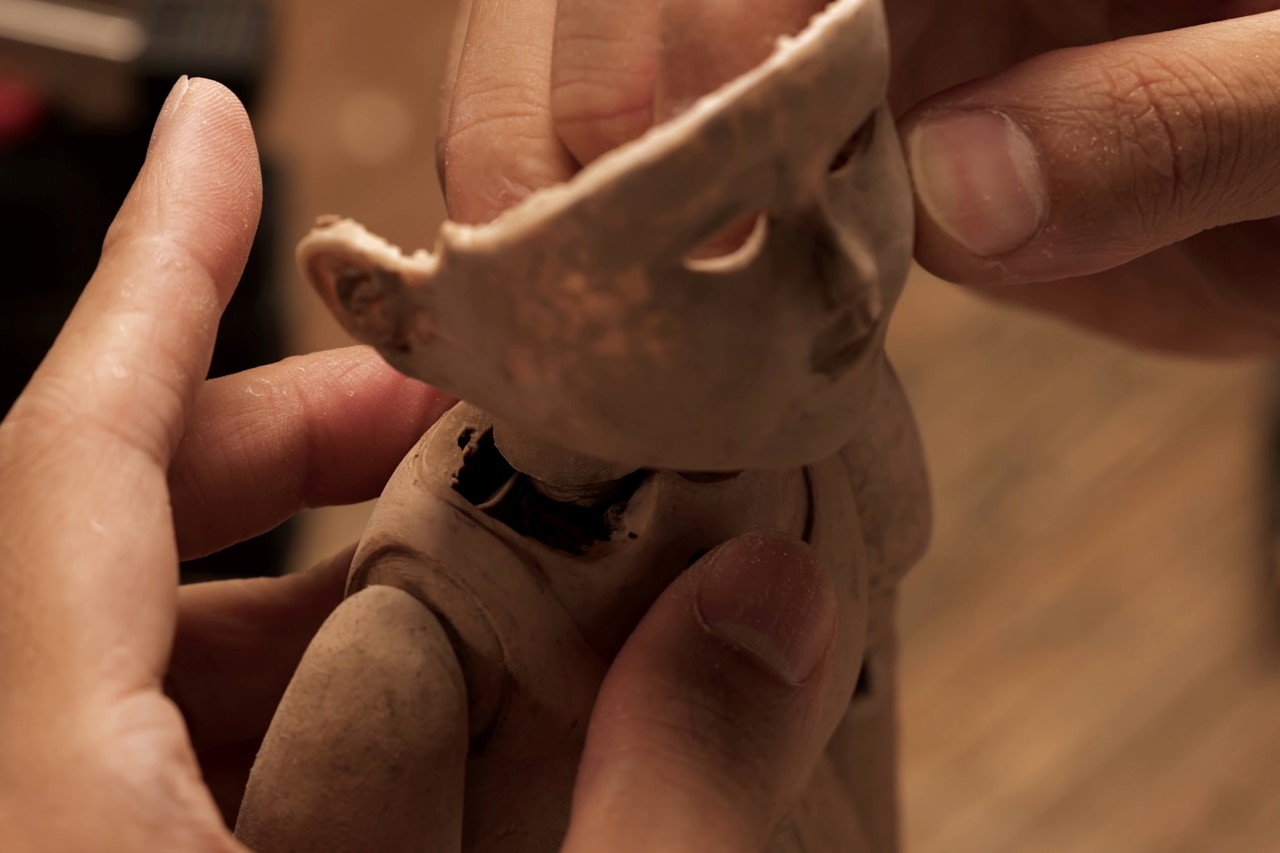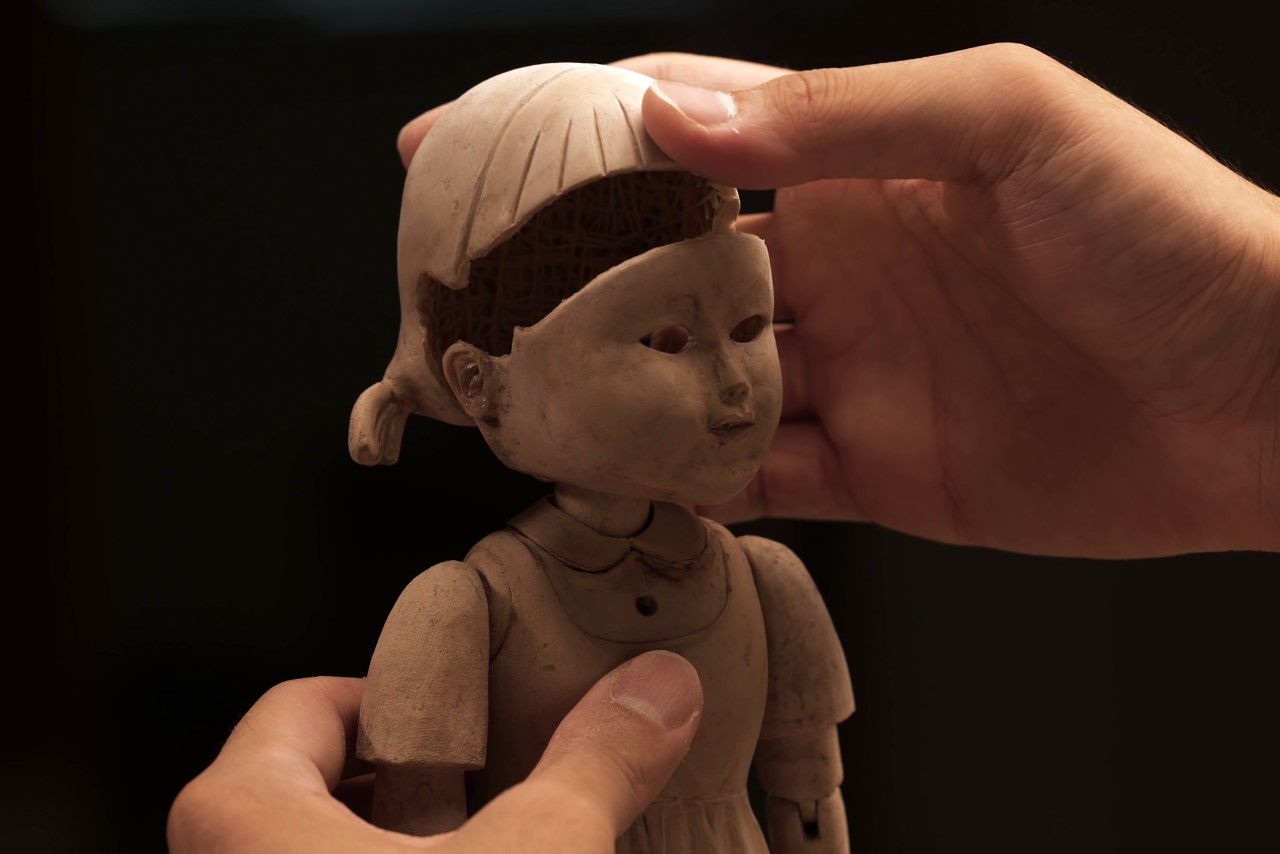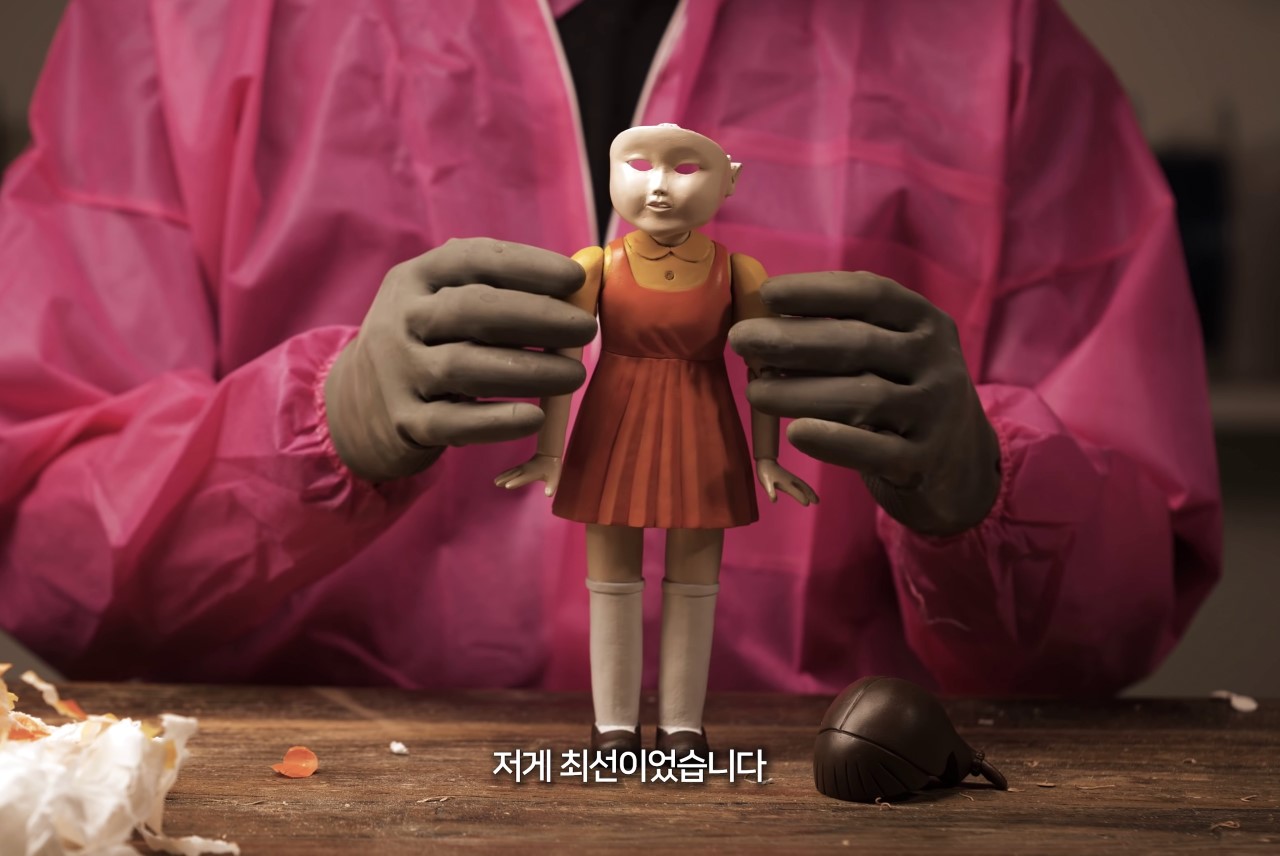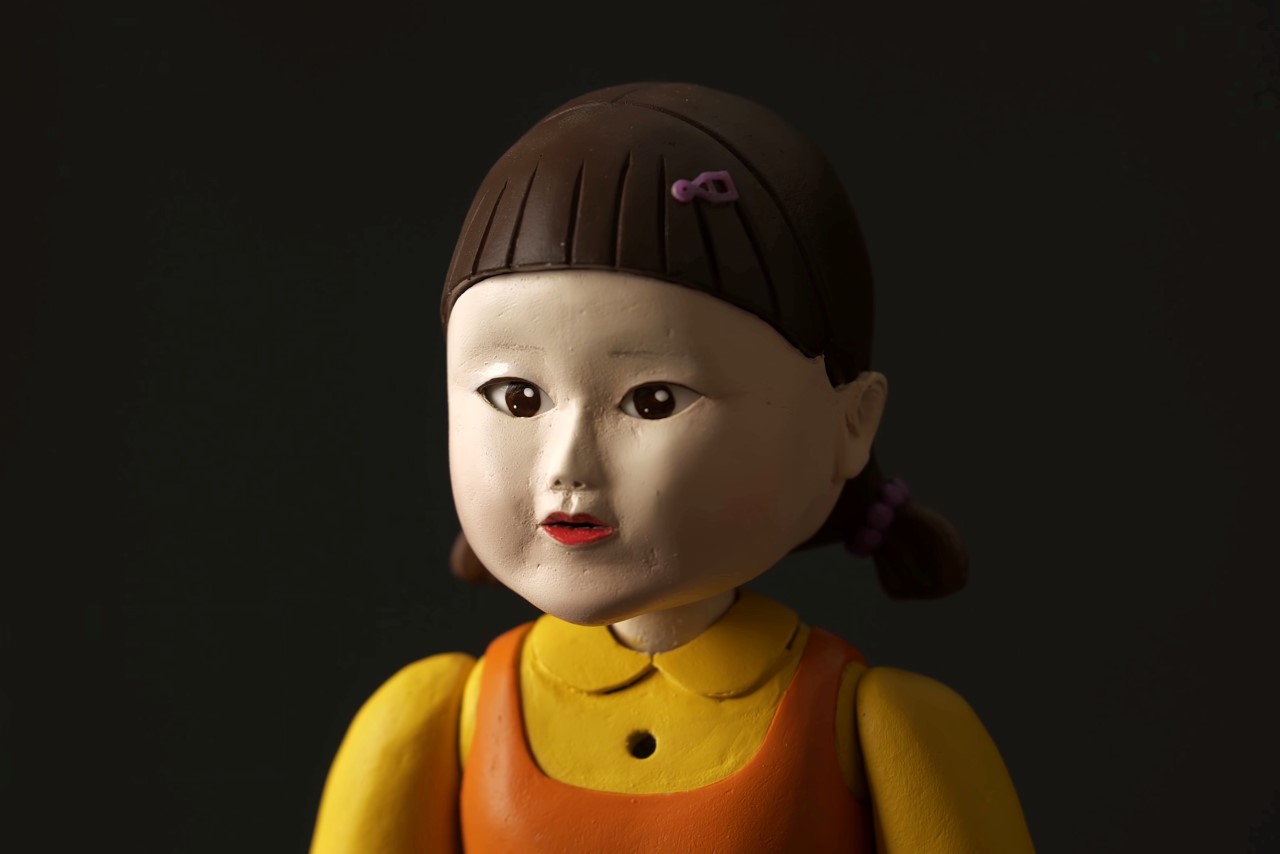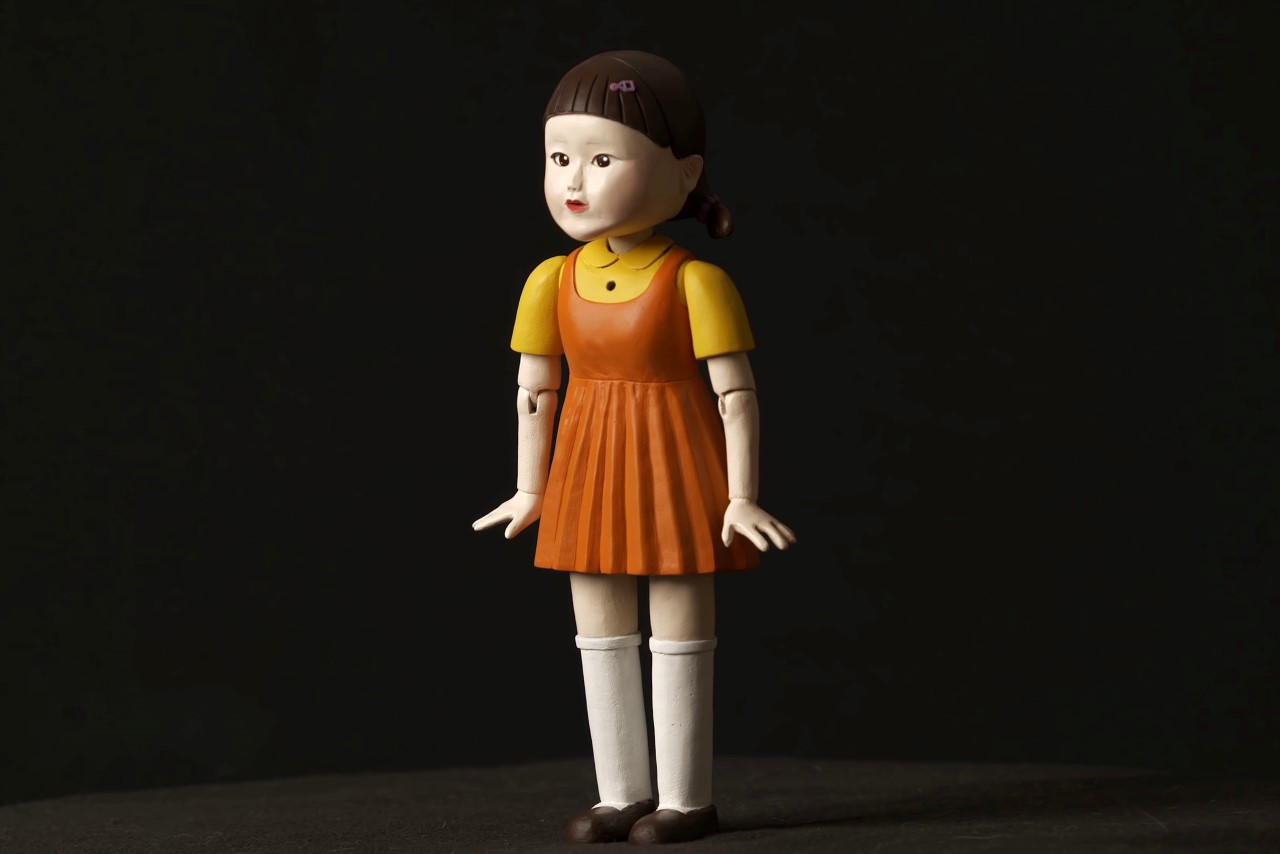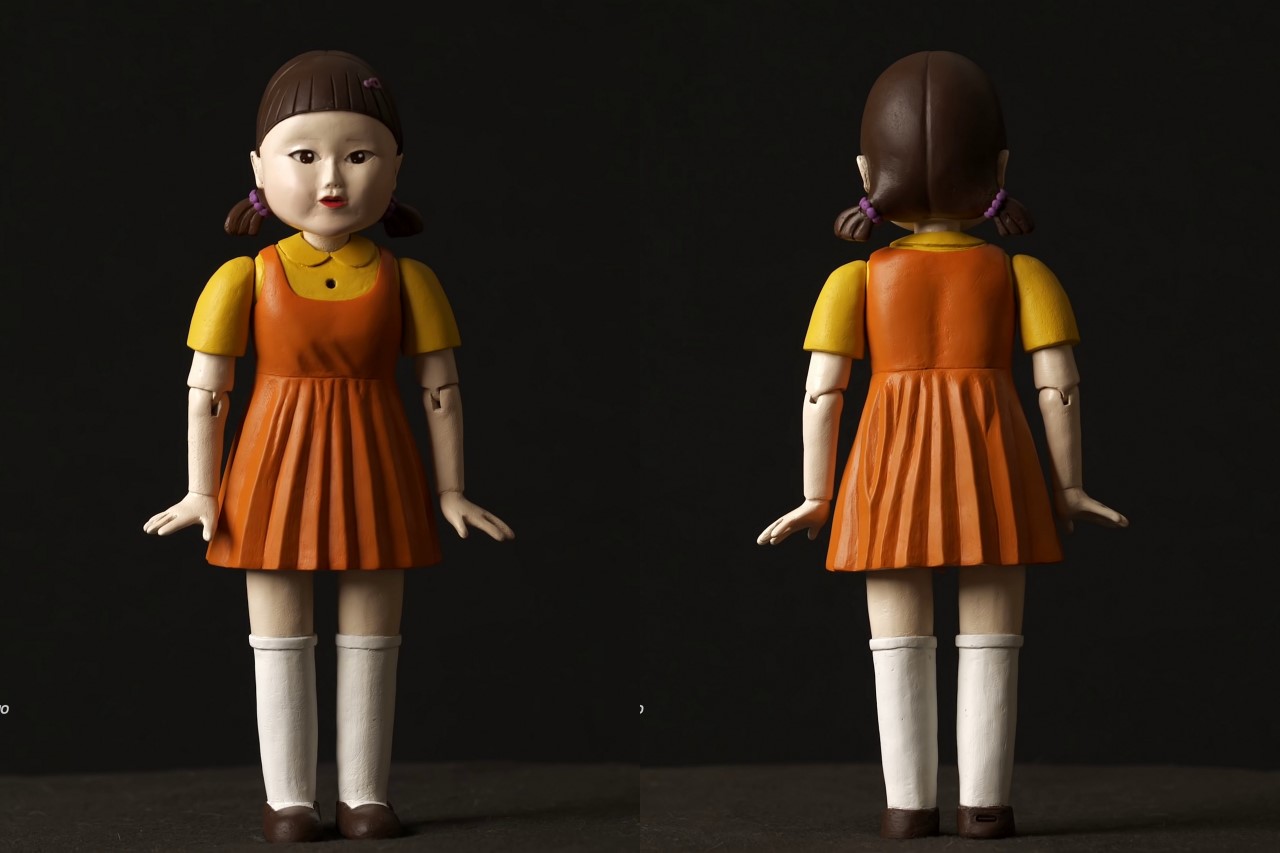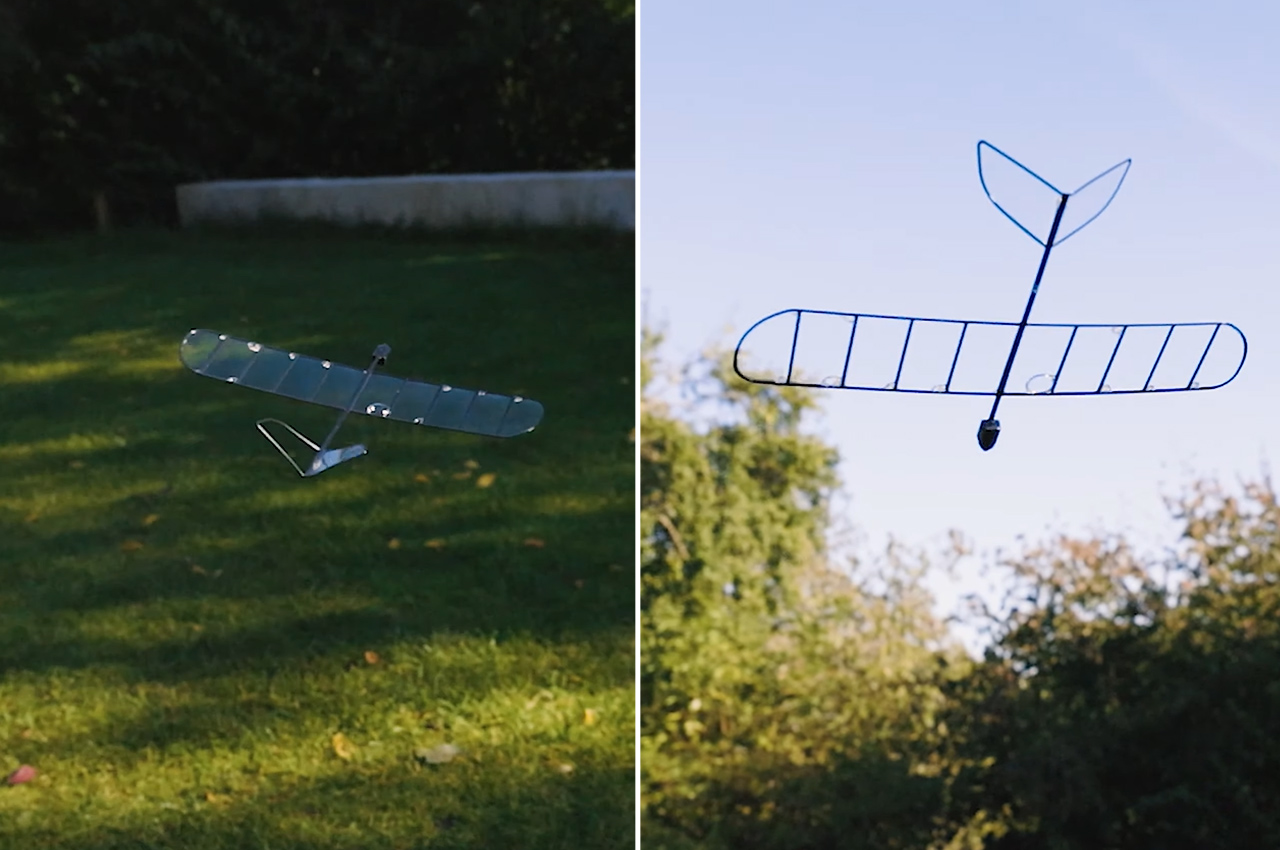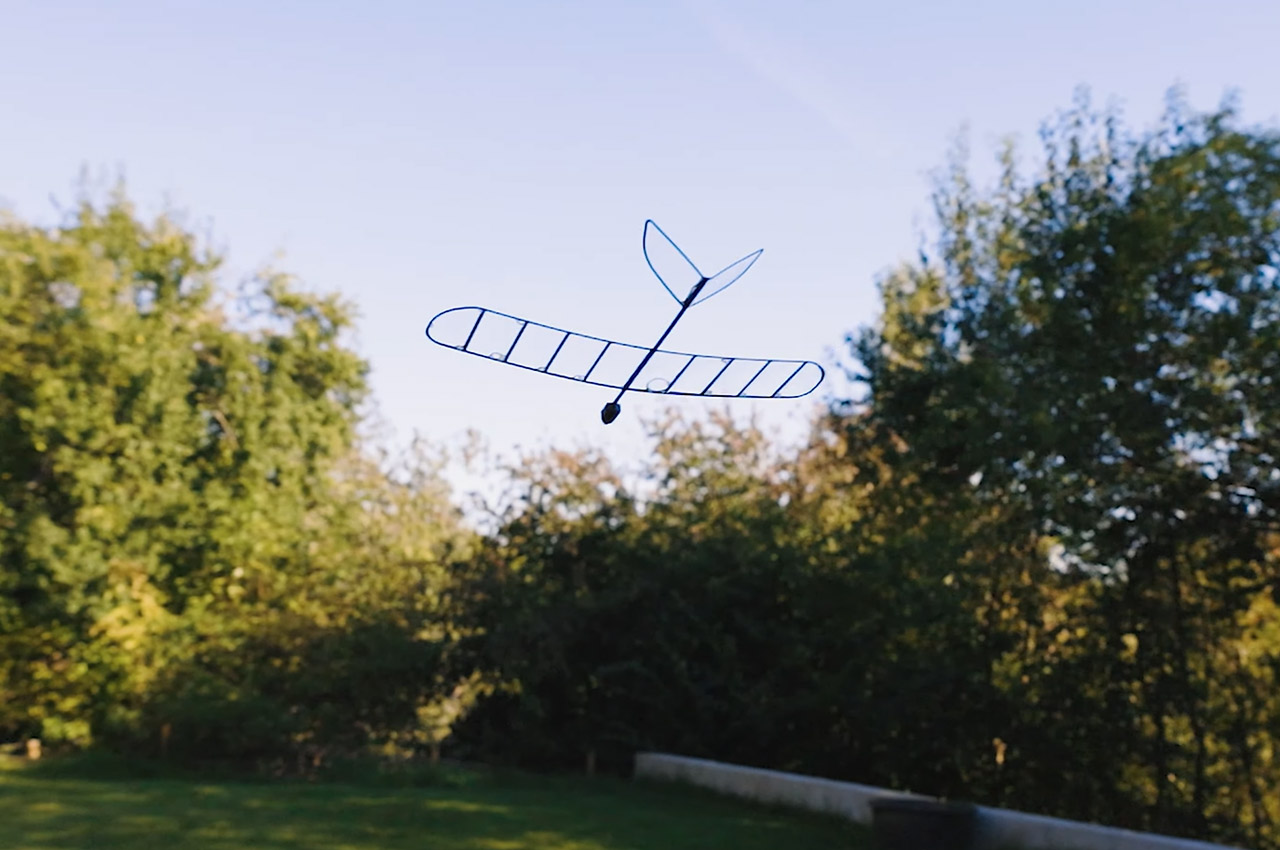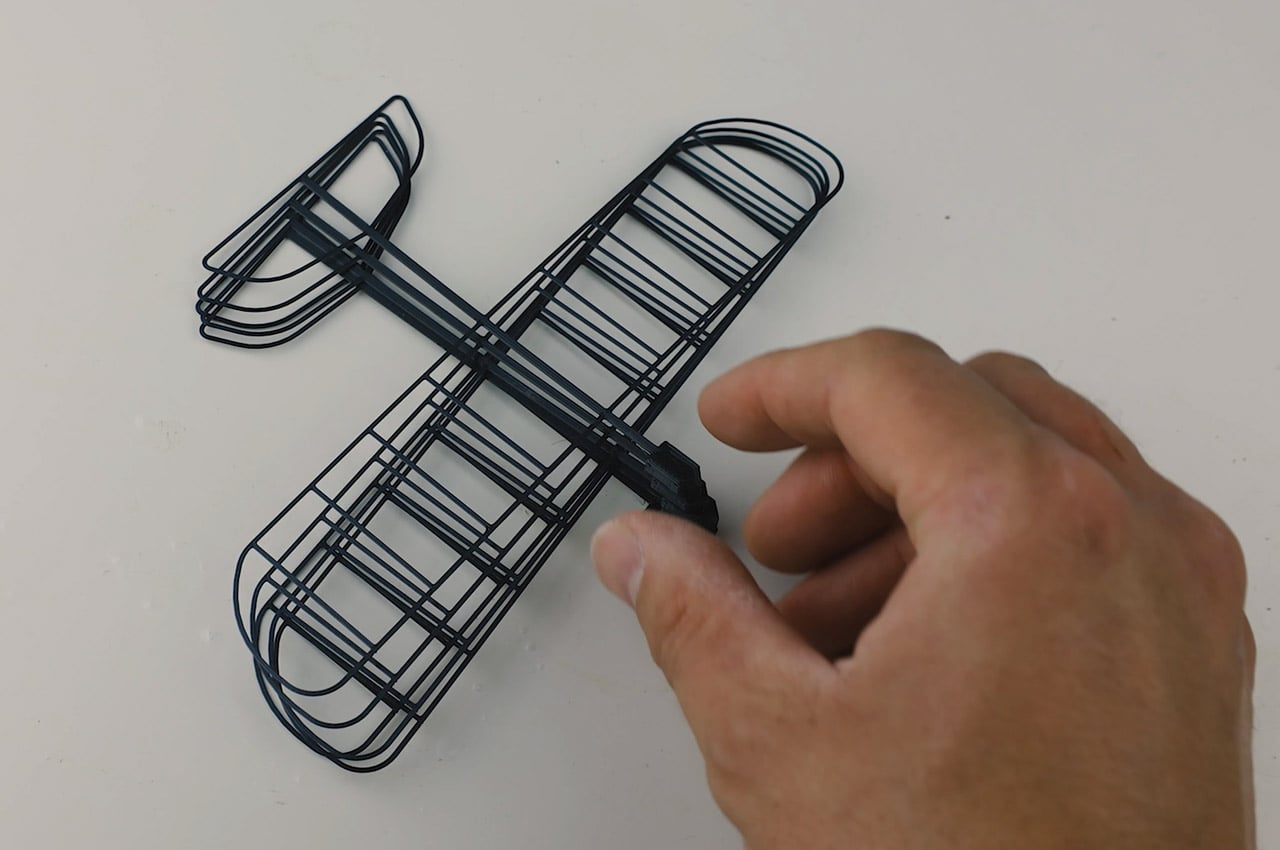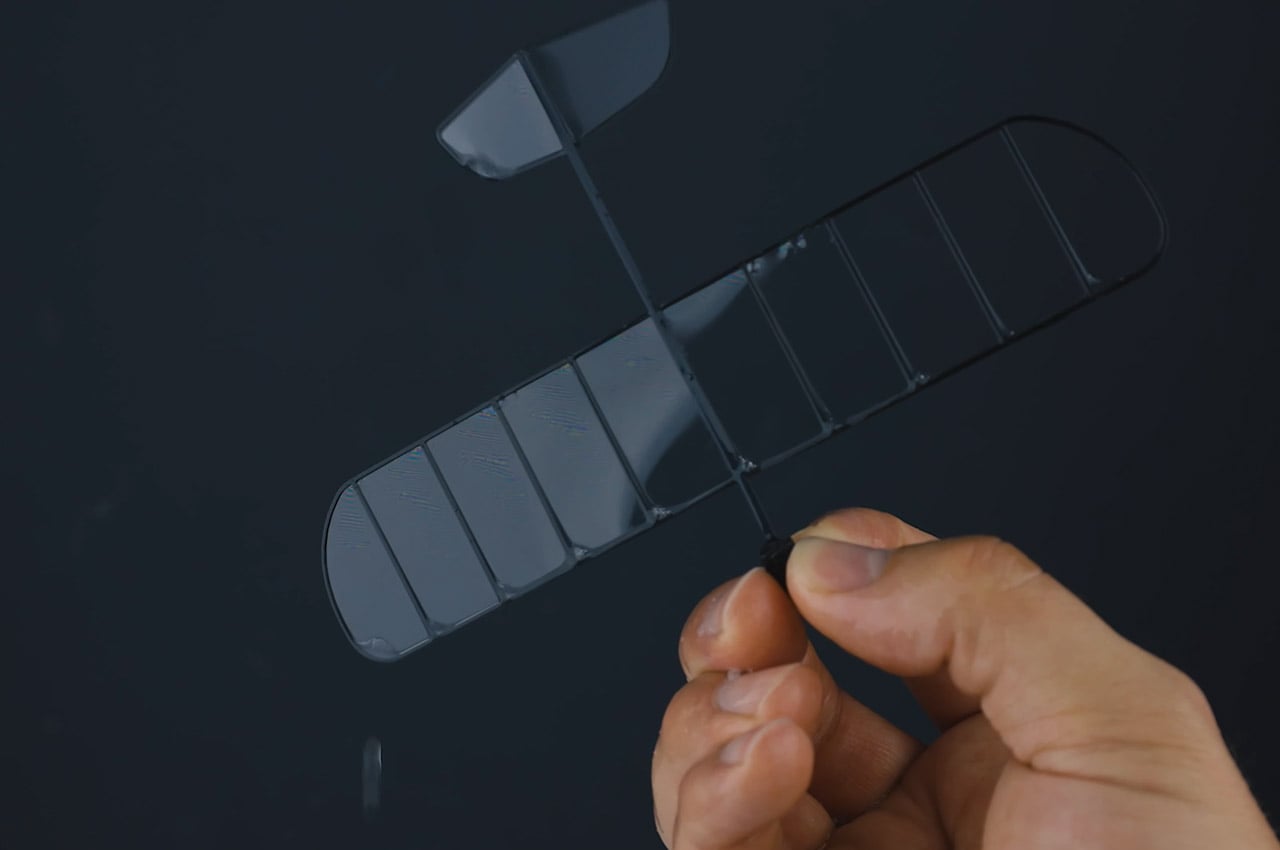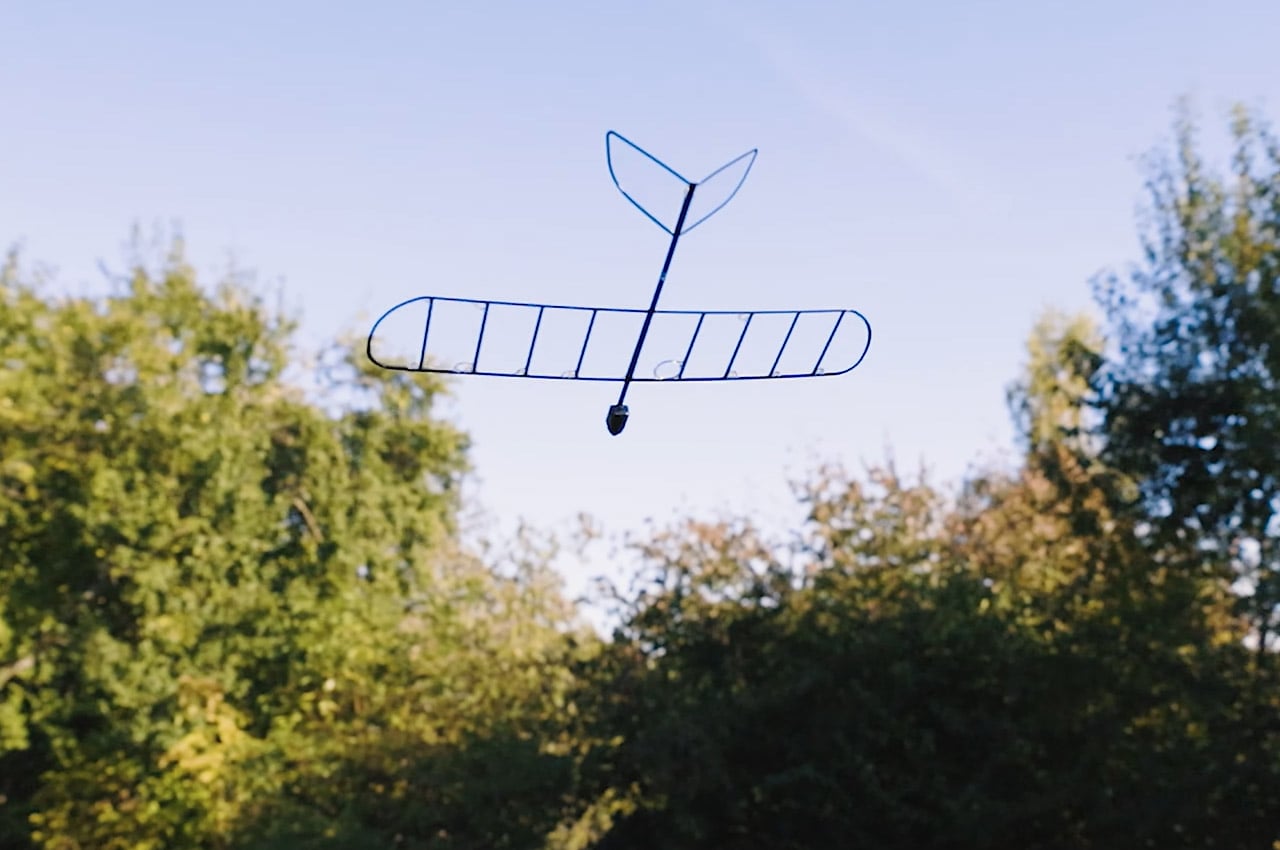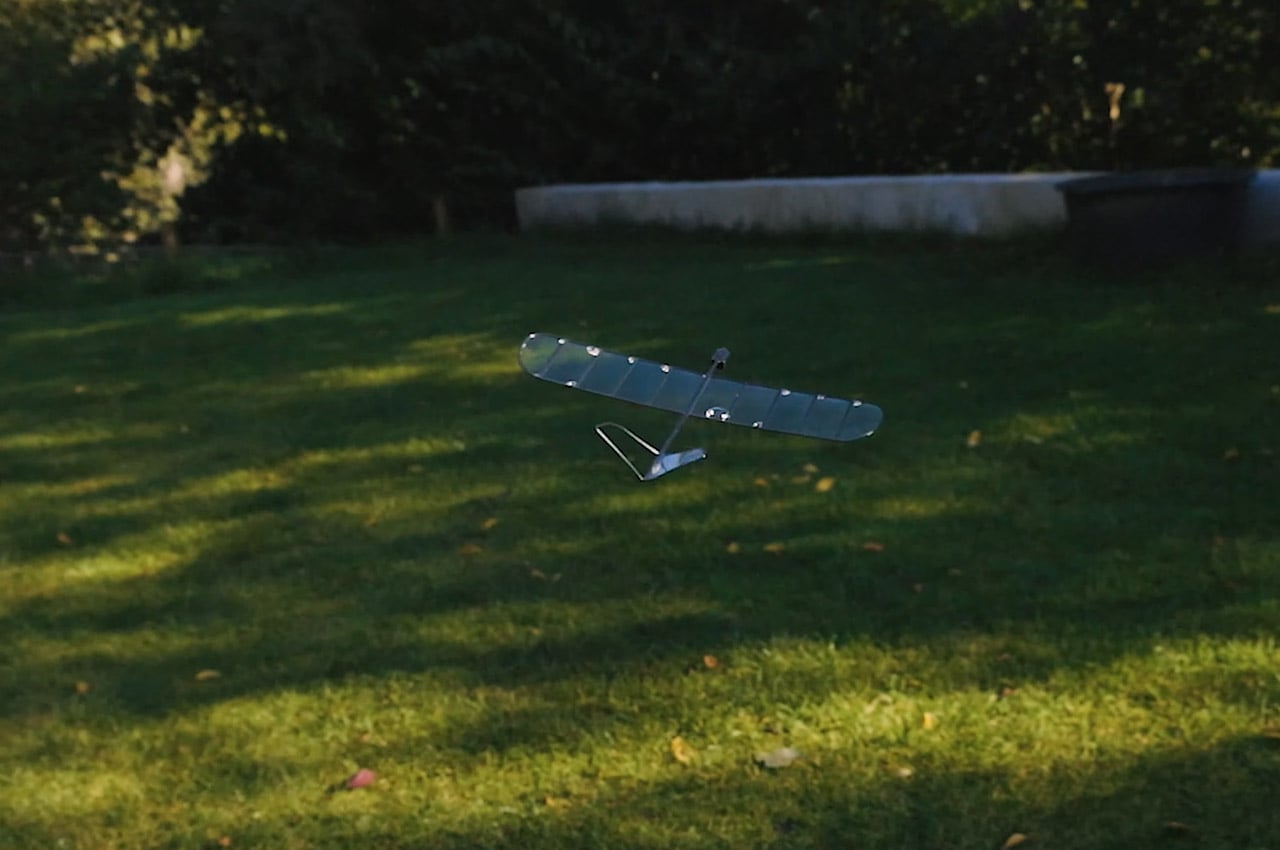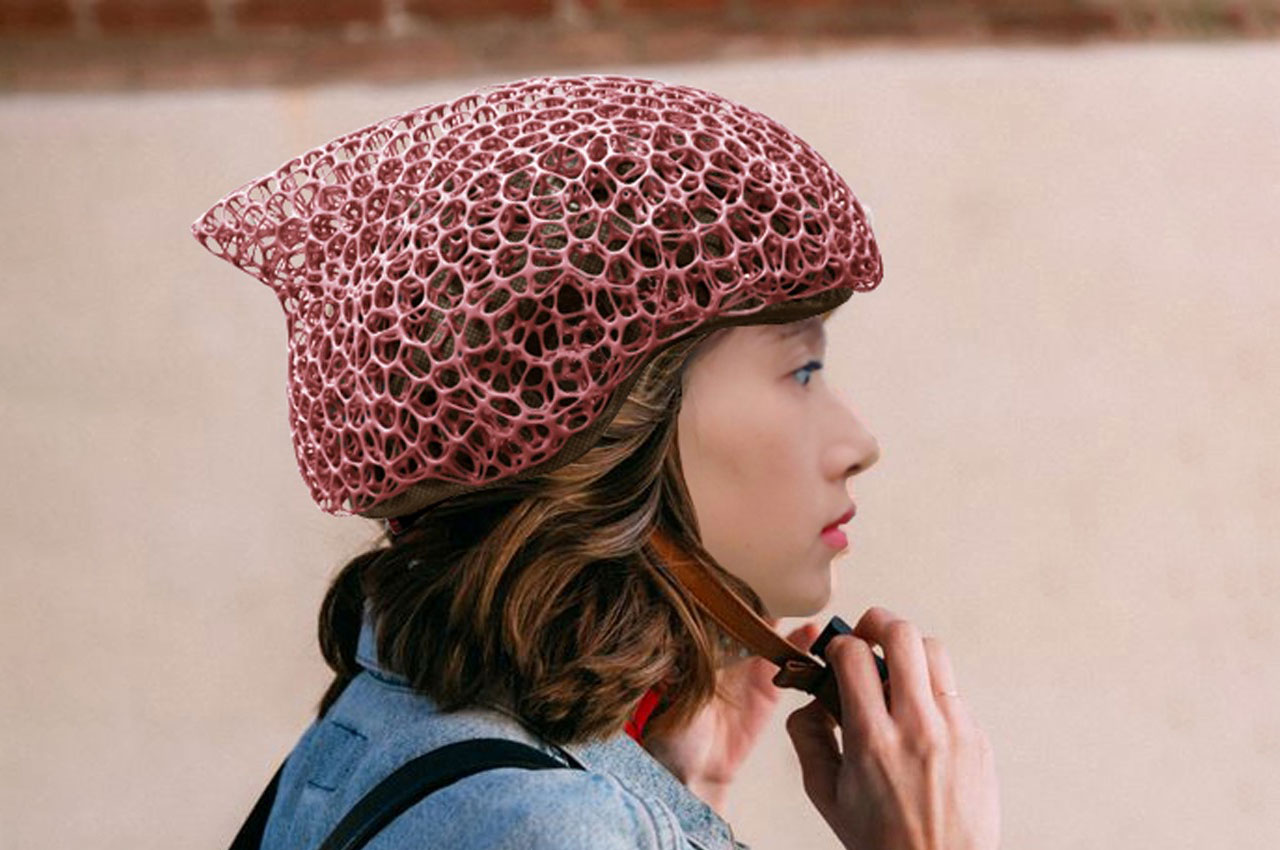
“Come on Barbies, let’s go party! And bring your Ken, too.”

Image Credits: Warner Bros
“Barbie World” is a place where imagination knows no boundaries, and there’s nothing like “too pink.” Steeped in creativity, Barbie Movie (2023) unfolds a kaleidoscope of possibilities, allowing you to enter a glamorous realm filled with fantasy and adventure. While Barbie World is a realm of make-believe, we have carefully selected design elements, street art, and products that seamlessly transition Barbie’s World into reality. So, let’s begin!
1. AR Magic
“Since the beginning of time, since the first little girl ever existed, there have been dolls. But the dolls were always and forever baby dolls, until…”
Eye Studio, a social media agency headquartered in Dubai, crafted an augmented-reality video depicting a colossal Barbie emerging from her iconic box and proudly standing alongside the towering Burj Khalifa. Dressed in the very attire donned by Margot Robbie in the teaser trailer of the film, this larger-than-life Barbie creation brings a touch of enchantment to reality.
“Barbie is a doctor and a lawyer, and so much more than that. “
“Because Barbie can be anything, women can be anything.”
2. Sunglasses
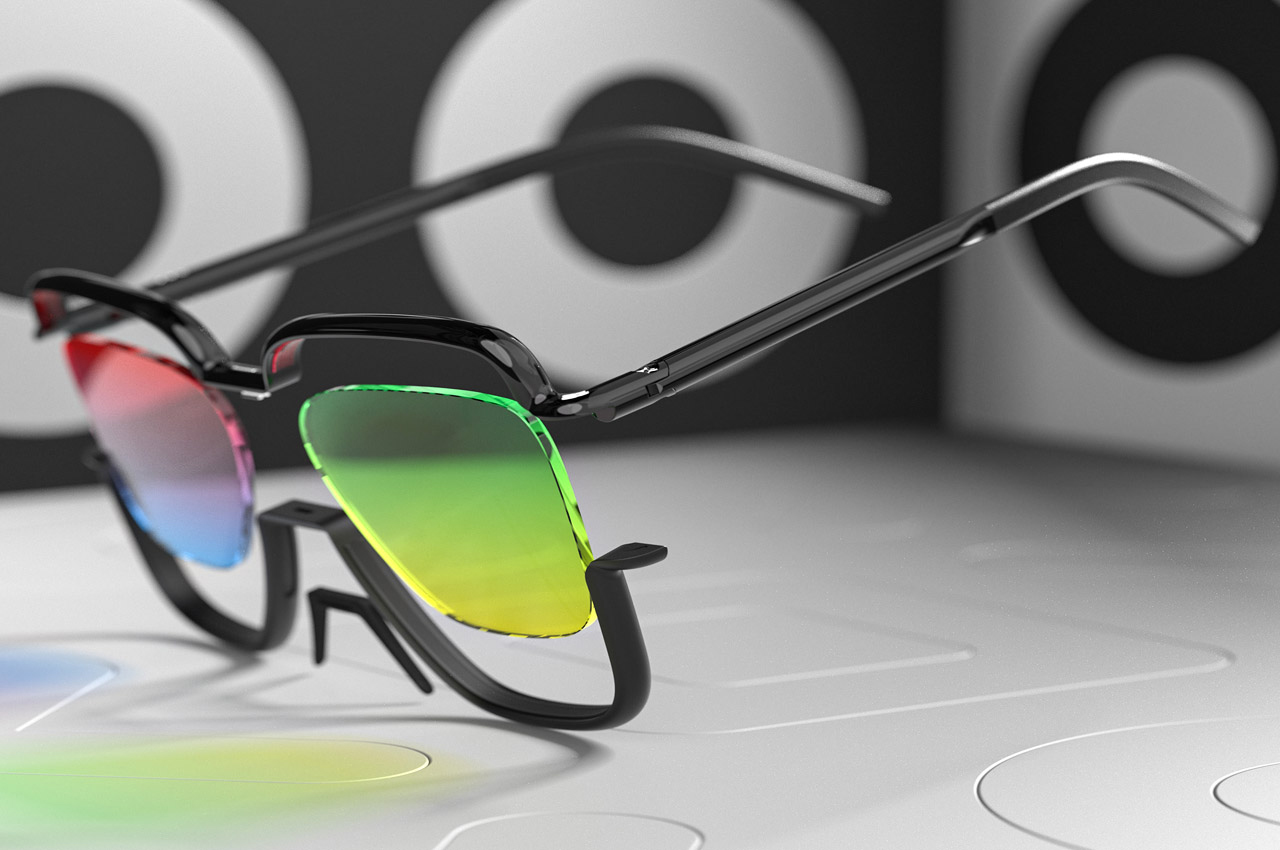
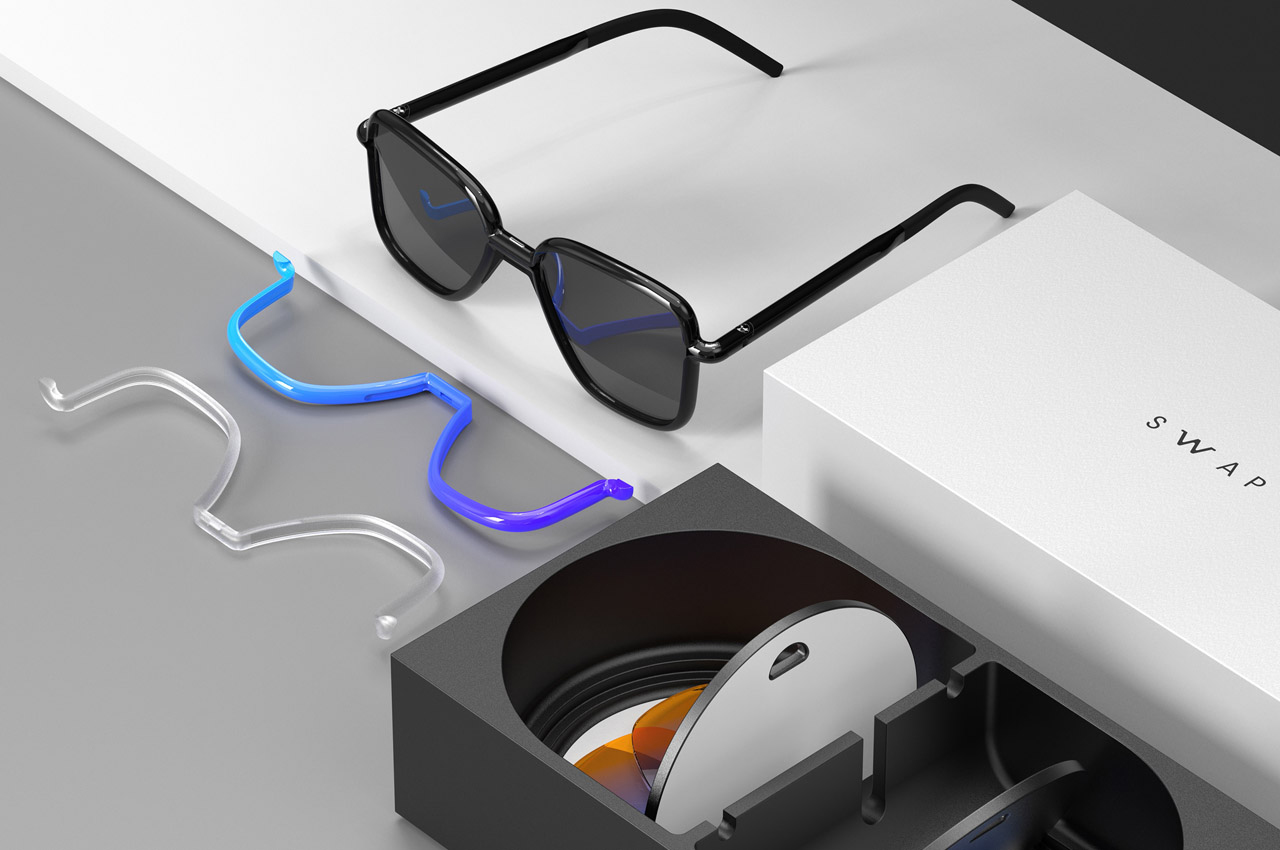

Image Credits: Warner Bros
“Barbie has a great day every day, but Ken only has a great day if Barbie looks at him.”
The Swap sunglasses by Nikhil Kapoor and Sujay Samant offer a stylish solution to customize your look daily. With an innovative click-in click-out design, you can mix and match frames and tinted lenses, allowing for a unique style tailored to your mood and occasion. Avoid compromising eye health and style – a fresh look every day.
3. Watches
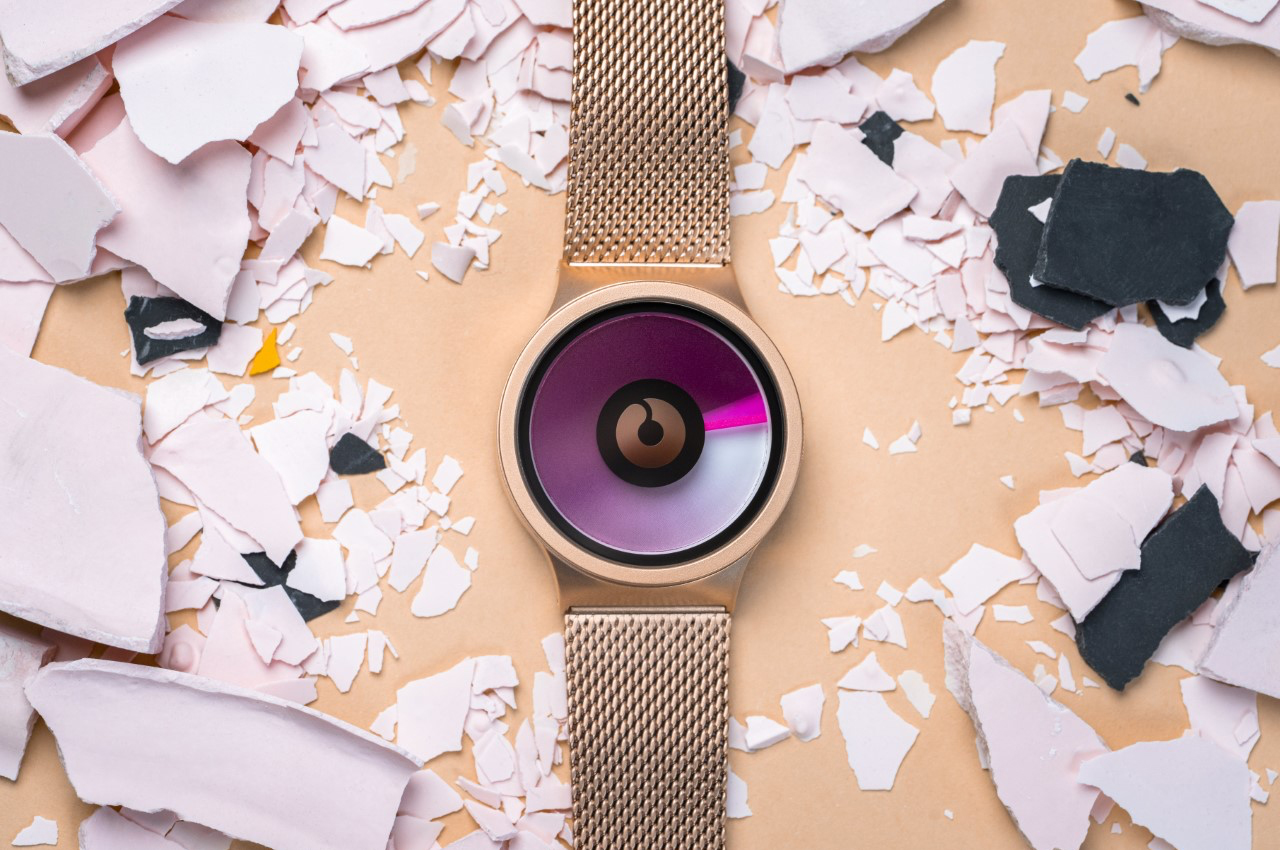
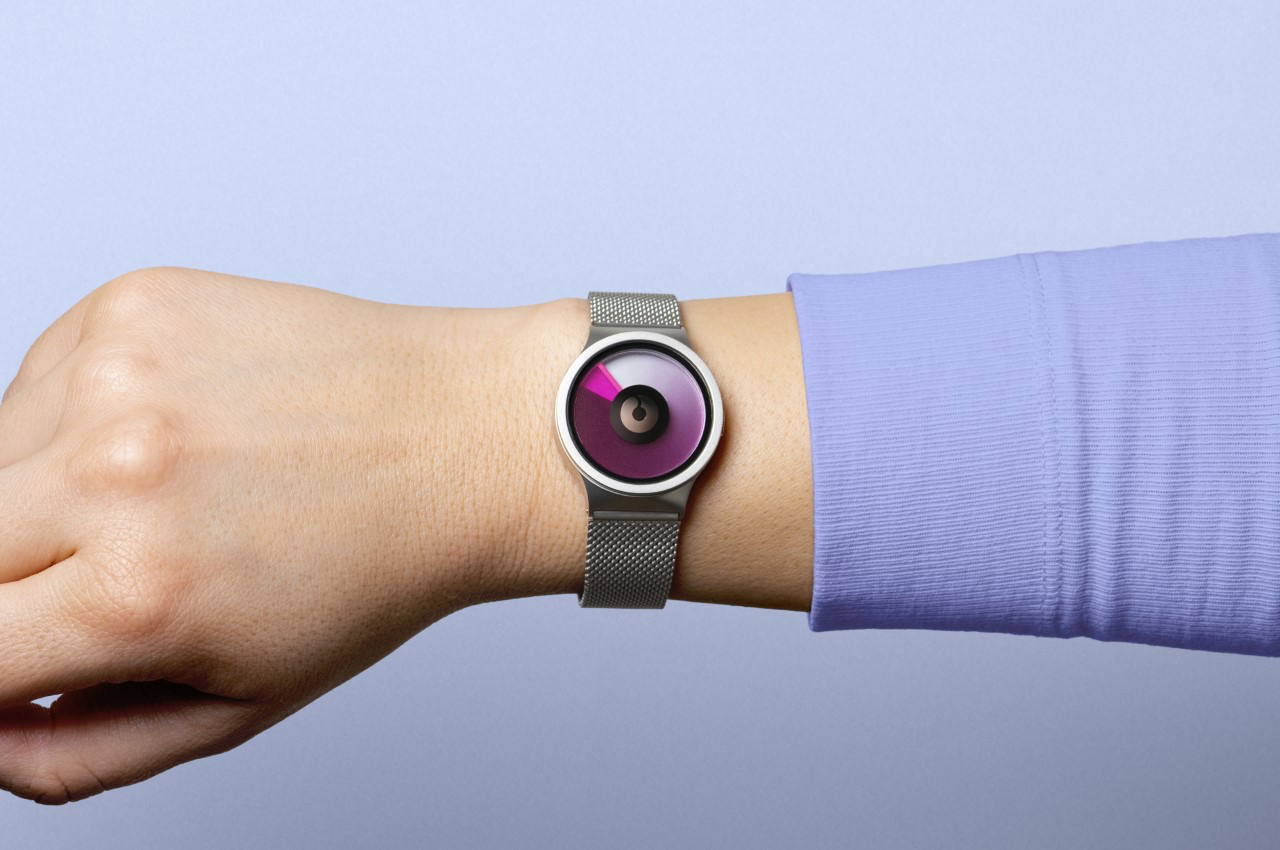
Ken wears three Gold Tag Heuer Watches at once in the real world ‘Barbie’ Movie, making this the perfect option for Barbie’s World.
ZIIIRO made waves in 2010 with hands-free watches, championing artful timekeeping. XS, their latest range, boasts a compact 31mm size, catering to small wrists or those seeking understated elegance. Minimalist yet impactful, XS watches feature a recessed crown, 316L stainless steel body, and a Japanese Miyota movement. The Celeste and Horizon styles play with color via a transparent rotating disc, altering the watch’s visual composition as minutes tick by.
4. Cake!
“I don’t have anything big planned. Just a giant blowout party with all the Barbies, and planned choreography, and a bespoke song. You should stop by.” says Barbie to Ken.
This remarkable cake by Rustam Kungurov is the perfect centerpiece for Barbie’s girls party, draws a striking resemblance to Fordite. A captivating material, Fordite is formed by layer upon layer of paint within Ford’s car paint workshops, and shares its artistry with this confection.
5. Speakers
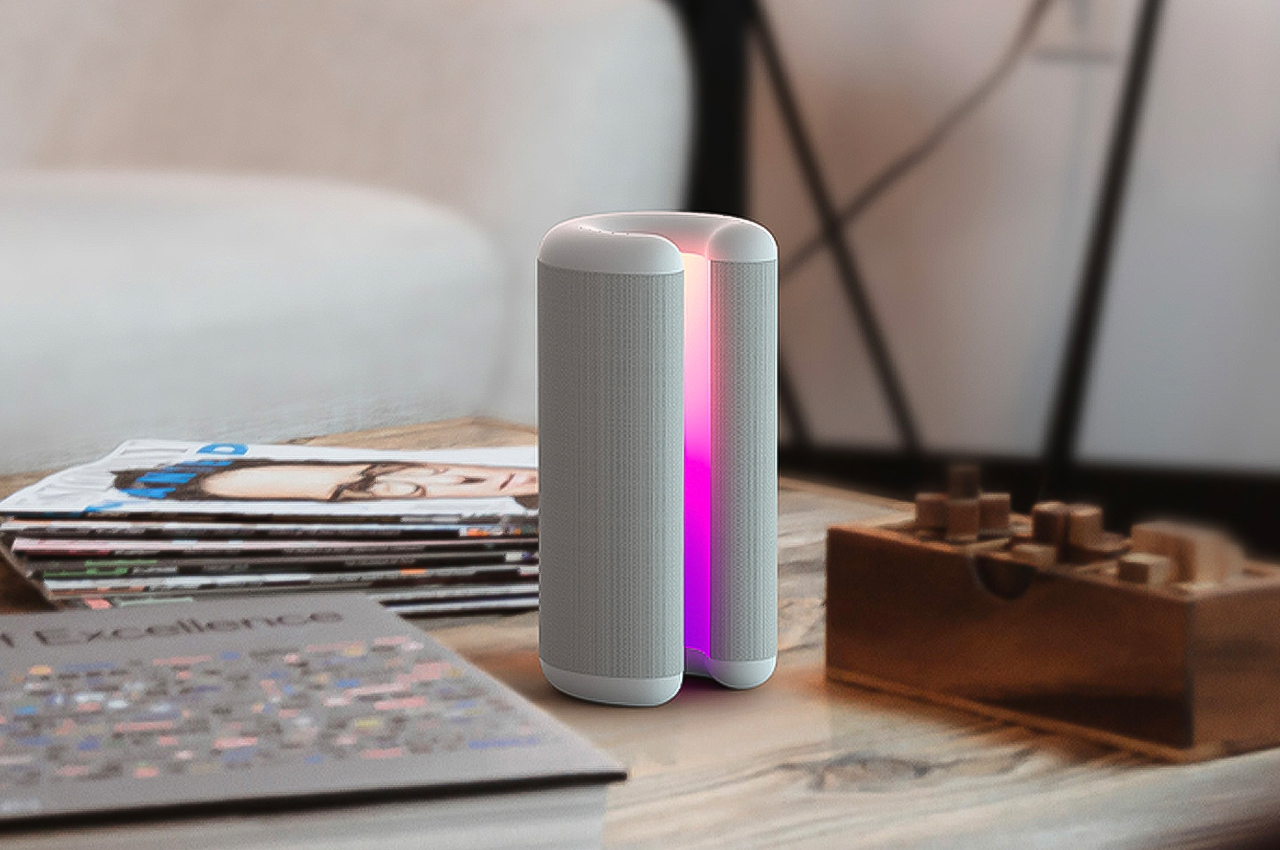
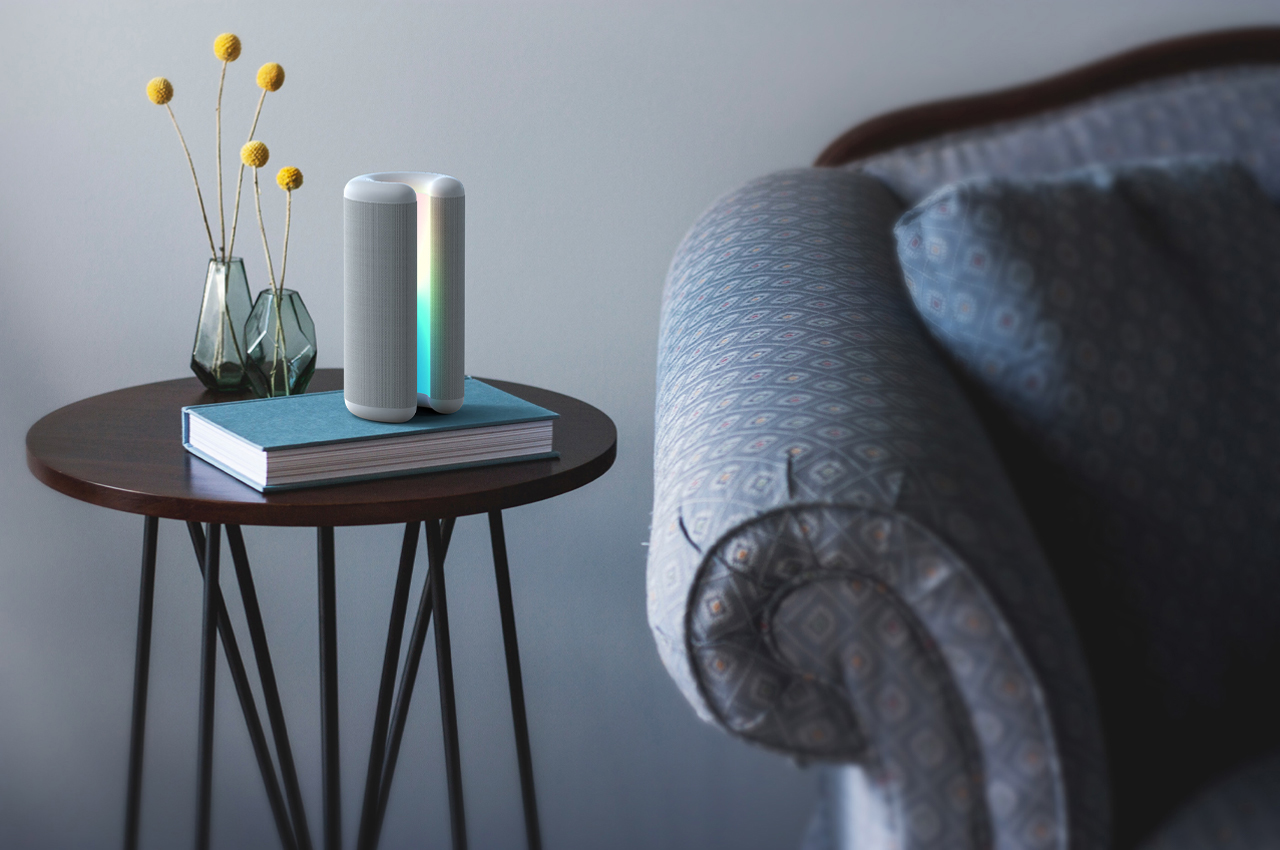
Barbie’s party is incomplete without music!
Zhipeng Huang’s Incloud stands as an innovative, wireless smart speaker design, seamlessly integrating a light fixture for acousto-optic modulation. Your music experience is shaped by your speaker choice. A beach-friendly speaker differs from a home system in sound and appearance. Durability matters outdoors, while home speakers prioritize acoustic excellence. Zhipeng Huang’s Incloud envisions a wireless home speaker. Its cylindrical form, featuring an open center, transforms Incloud into a dual-purpose smart speaker and programmable lamp, adapting to your sleep routines.
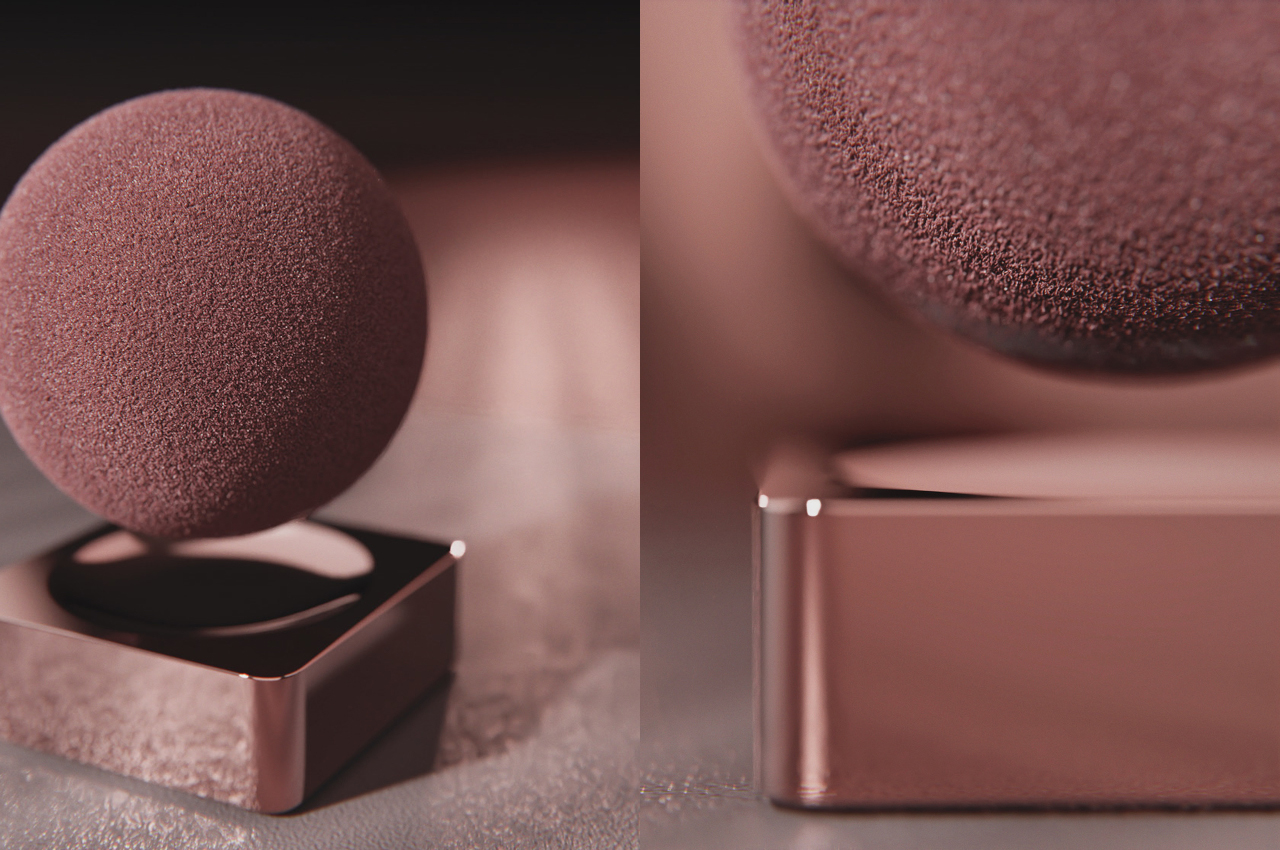
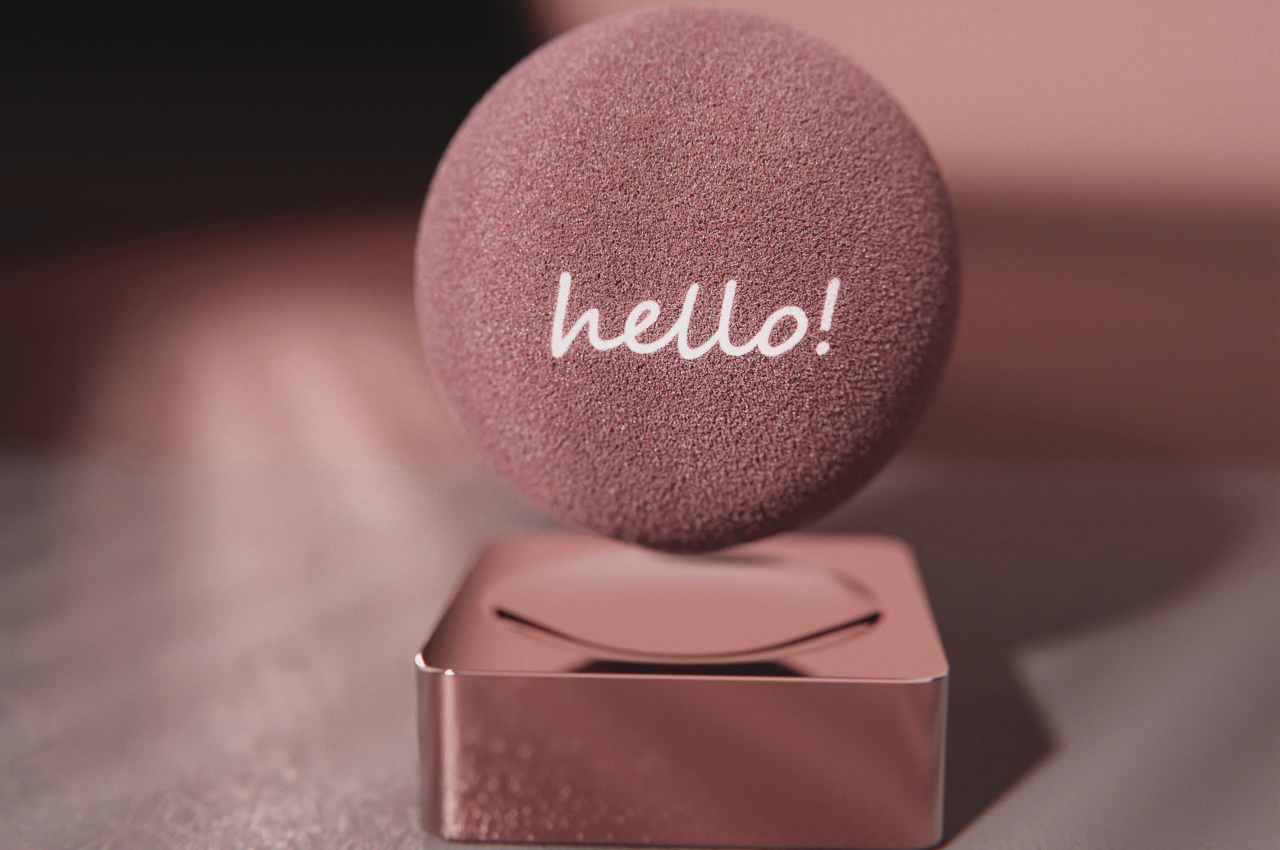
Designer Alex Casabò reimagines floating speakers, infusing familiarity with intrigue. Unlike typical levitating speakers, Casabò’s creation features a textured sphere above a metallic base, reminiscent of granite. This tactile contrast, akin to fabric-adorned smart speakers, offers a pleasing aesthetic. Visual feedback, including text, adds to its futuristic charm. The levitating smart assistant concept elegantly blends contrasting elements for an enchanting and harmonious effect.
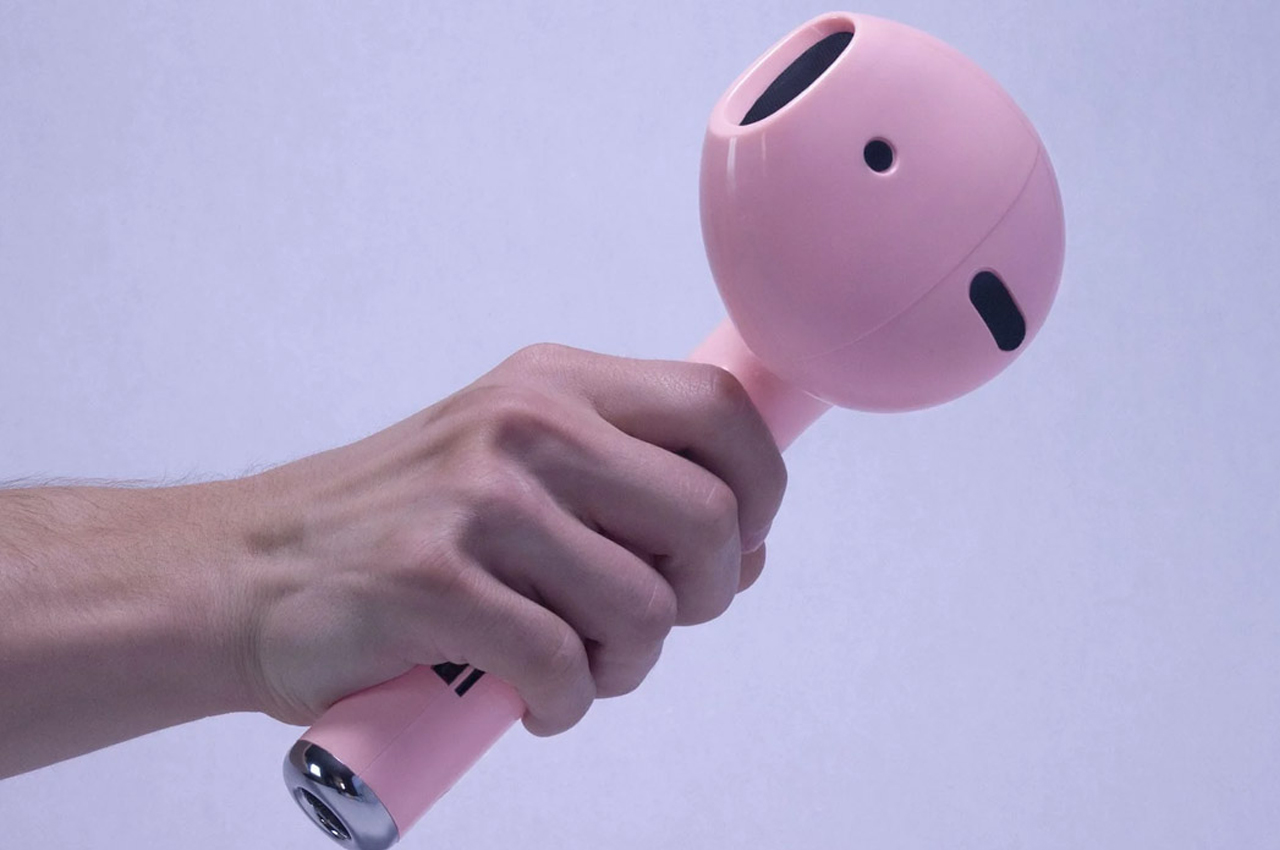
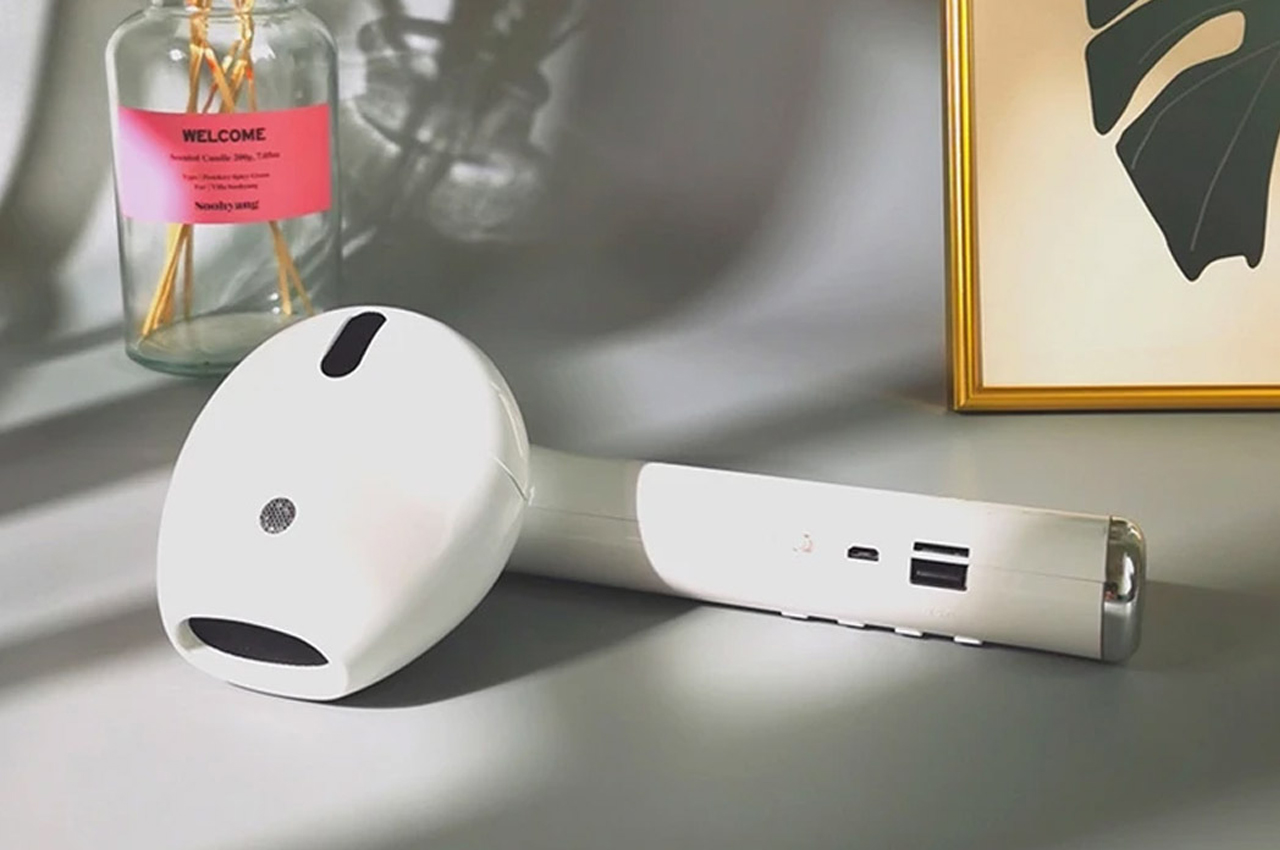
Music embodies life, a conduit for audiophiles to harmonize with the universe’s melodies. The expansive music market fuels a craze for audio accessories. Portable speakers, a versatile trend, now unveils the XL Speaker – whimsically resembling giant AirPods, a playful nod to Apple’s realm. Beyond its aesthetic appeal, this colossal earbud emanates powerful sound with deep bass, 3D base stereo, and true surround sound. A visual treat with versatile connectivity, the XL Speaker boasts Bluetooth 5.0, TF card, USB, and 3.5 mm audio jack support. Coupled with a high-definition microphone for hands-free calls, its 1200mAh battery ensures 3 hours of full-volume playback, perfect for dynamic gatherings or immersive gaming. Whether in hand or resembling a hairdryer, this portable speaker is an irresistible accessory.
6. This Installation
“You have to go to the real world. You can go back to your regular life, and forget any of this ever happened. Or you can know the truth about the universe.” – Weird Barbie
The modern Pop-Sundial installation by Pierre Brault reimagines the traditional design with vibrant colors. By utilizing the sun’s trajectory, it unveils the precise hour through overlapping circles. Mirroring the sun’s rhythm and the day’s natural flow, this installation encourages Barbie to pause, savor the moment, and embrace the present as she transitions from Barbie World to the real world.
7. A Wine Table
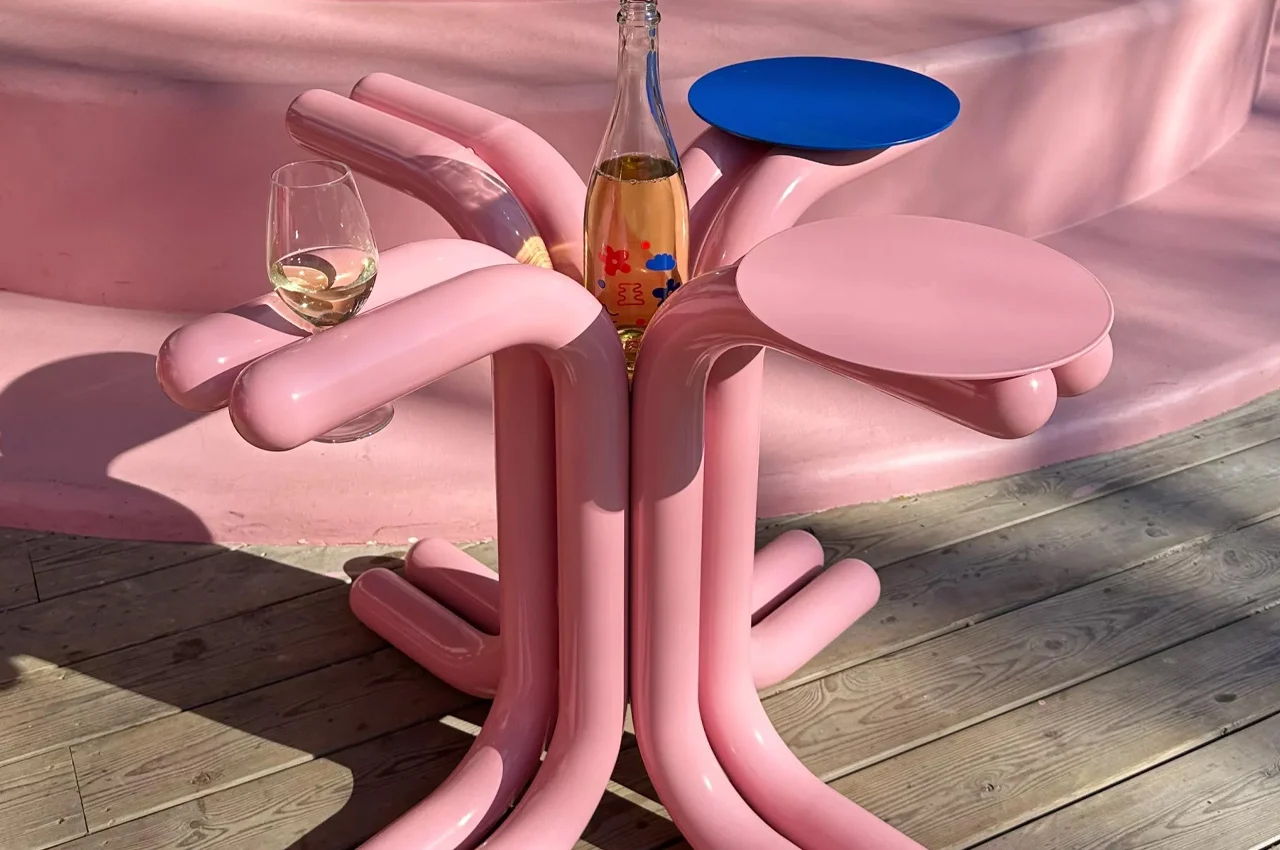
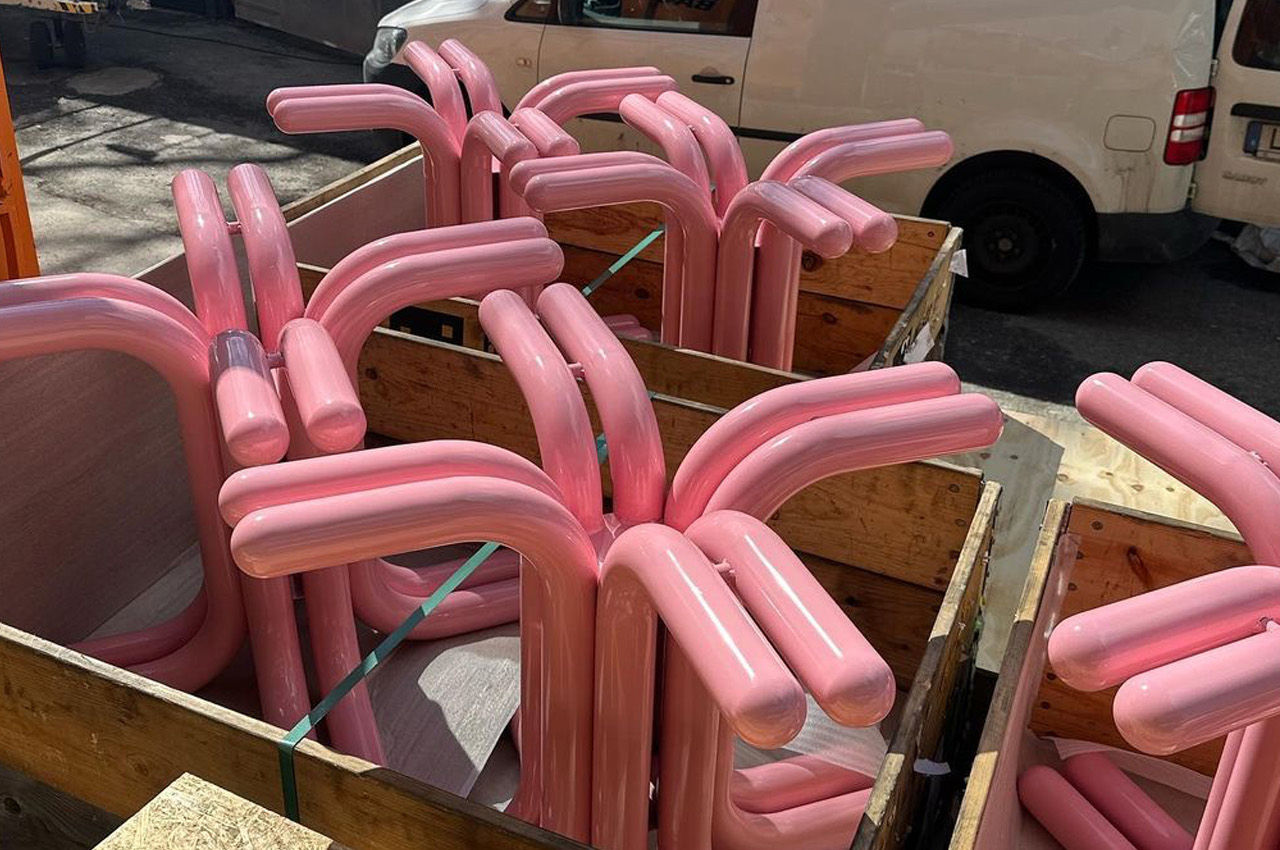
“Every night is boys’ night”. Ken
When Ken takes the lead in hosting his friends, Gustaf Westman’s Wine Table is the perfect furniture piece to consider. Embracing the Barbiecore trend, this robust yet elegantly curved table offers stability and style. Its distinct center cavity cradles a wine bottle, with dual flat surfaces for snacks and double-pronged extensions for wine glasses. Blending form, function, and captivating aesthetics, Gustaf’s modern wine table embodies practicality and visual allure.
8. Comfortable Shoes

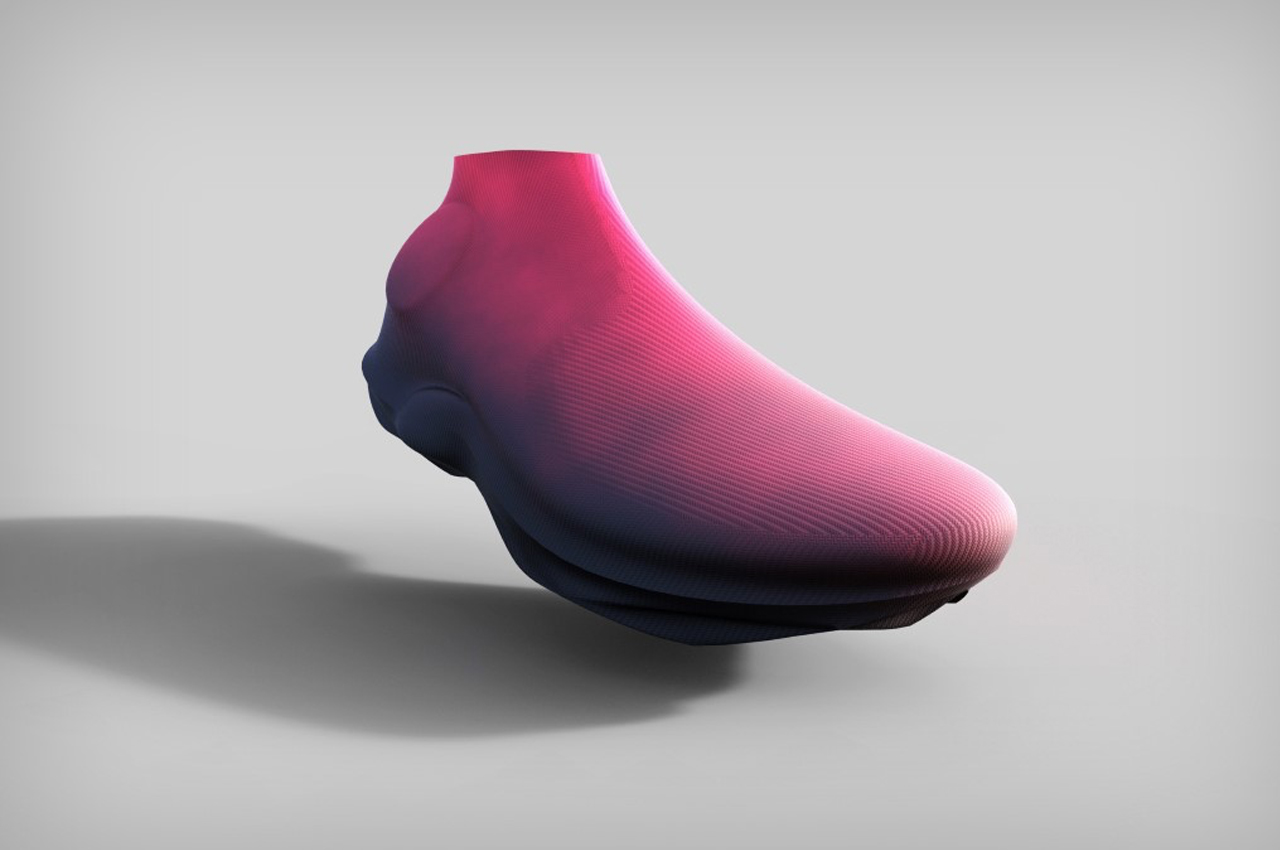
“I would never wear heels if my feet were shaped this way”. Barbie
A comfortable shoe for Barbie’s flat feet in the Real World.
Dewayne Dale’s 3D Surprise shoe emerged from direct conceptualization in 3D CAD software, resulting in a distinct unibody design. Its subtle gradient elegantly separates the shoe and outsole without a surface break. Inspired by the foot’s anatomy, the modern hiking boot features an ankle bone protrusion and an industrial yet organic textured sole. The shoe’s material, possibly TPU or a flexible 3D printed elastomer, aims for both comfort and durability, showcasing the stunning vertical gradient.
9. Earbuds Makeover
“It is the best day ever. So was yesterday, and so is tomorrow, and every day from now until forever”. Barbie
Introducing the ultimate fusion of Nike and Apple: Air Jordan cases designed for your AirPods by YAMCASE! Get ready to experience this exciting crossover.
10. A Fun Ride
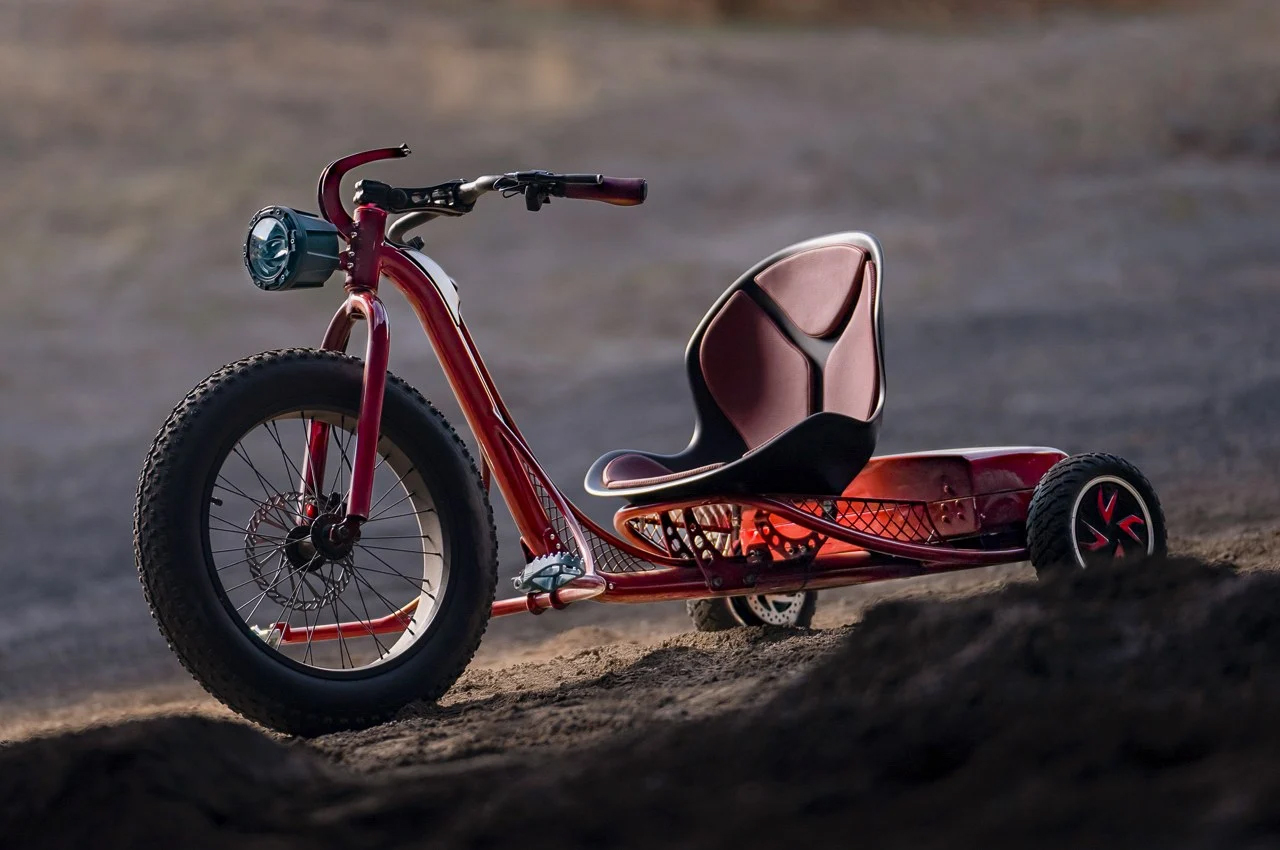

Image Credits: Warner Bros
Meet VOOK, the Go Kart’s street-legal sibling, boasting a low-hung chassis and dual 3000W rear-wheel motors. This electric trike offers e-bike advantages with an added seat, wheel, 110-mile (180km) range, and a touchscreen dashboard. Its unique design blends a low chopper front and a hoverboard-like rear for an attention-grabbing ride up to 40mph (65kmh). A robust aluminum frame and off-road tires ensure versatility on various terrains.
11. A Comfy Rug

Image Credits: Warner Bros
“Thanks to Barbie, all problems of feminism have been solved”
Derived from Barbie and Ken’s attire and their vibrant skates, this rug by @rugs.craft draws inspiration and eyeballs. The captivating rug’s creation process proves more intriguing than its impressive end result.
12. Accessories
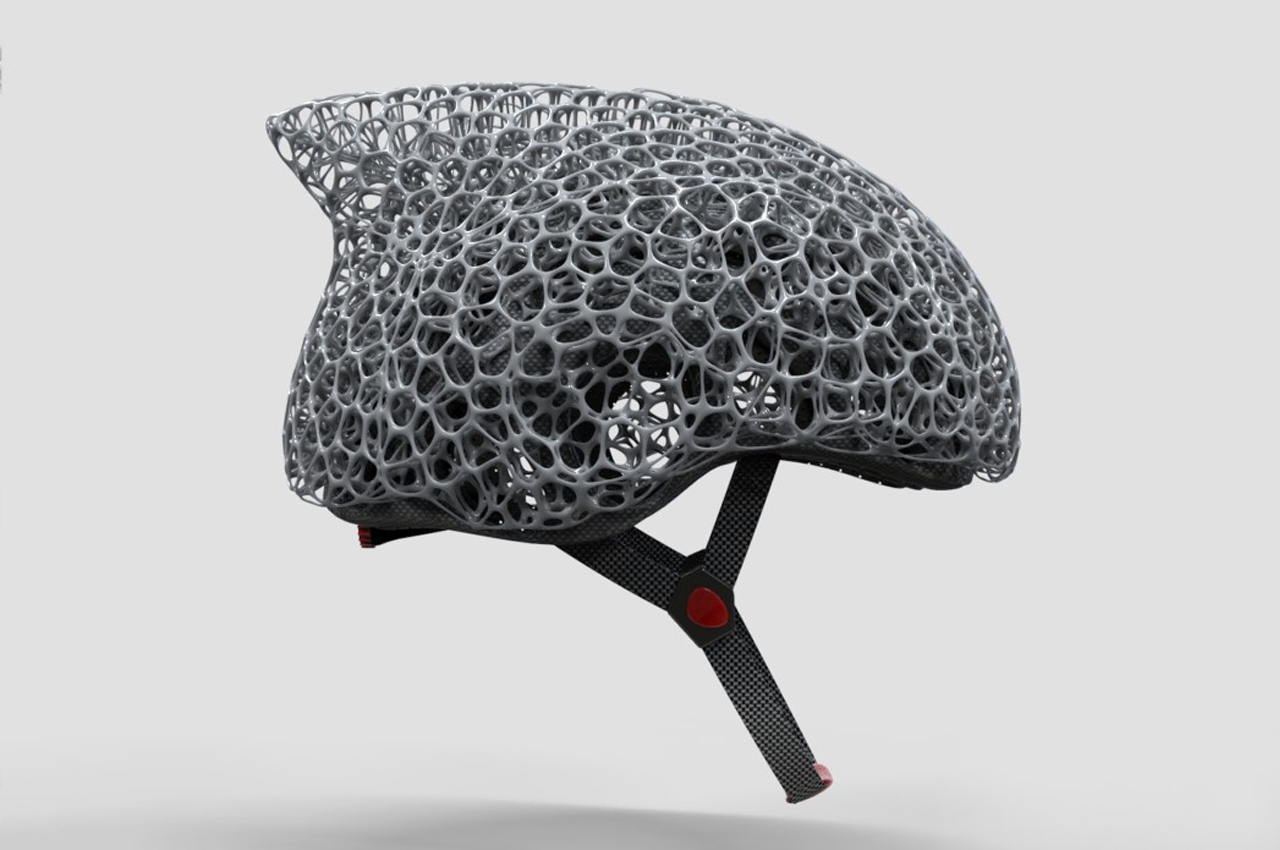

Image Credits: Warner Bros
“I’m not Adventure Barbie, I’m Sterotypical Barbie!”
Crafted using the Voronoi 3D technique, this inventive bike helmet by Zhecheng Xu and Yuefeng Zhou minimizes materials for a lightweight yet secure design, ensuring safety while cycling. The 3D printed outer shell incorporates Voronoi patterns, enhancing stability and resilience against external impacts.
Returning to Barbie Land, the underlying message is, “You are complete just as you are.” While humans have a single conclusion, ideas endure eternally and Barbie is just one of them.
“Barbie changed everything. And then she changed everything again.”
The post Recreating the Barbie Magic With These Products that add Barbiecore to the Real World first appeared on Yanko Design.
